Gone are the days of free camping…or are they?
Isn’t that the dream? You plan an epic road trip, sleep under the stars, see new places, explore new trails, all without breaking the bank. We’re here to tell you that’s NOT a dream and it can most certainly be your reality!
Most people don’t know that you can camp free almost anywhere in the US…if you know where to go.
Instead of paying $20-$30 per night just to get some sleep, why not drive a bit farther and spend NO money for some zzz’s?
It’s what the outdoors should be – free to enjoy nature without having to be stuck in a commercialized area.
In this post, we’re going to show you how to research and find free camping locations so you can save your money for your other epic adventures!
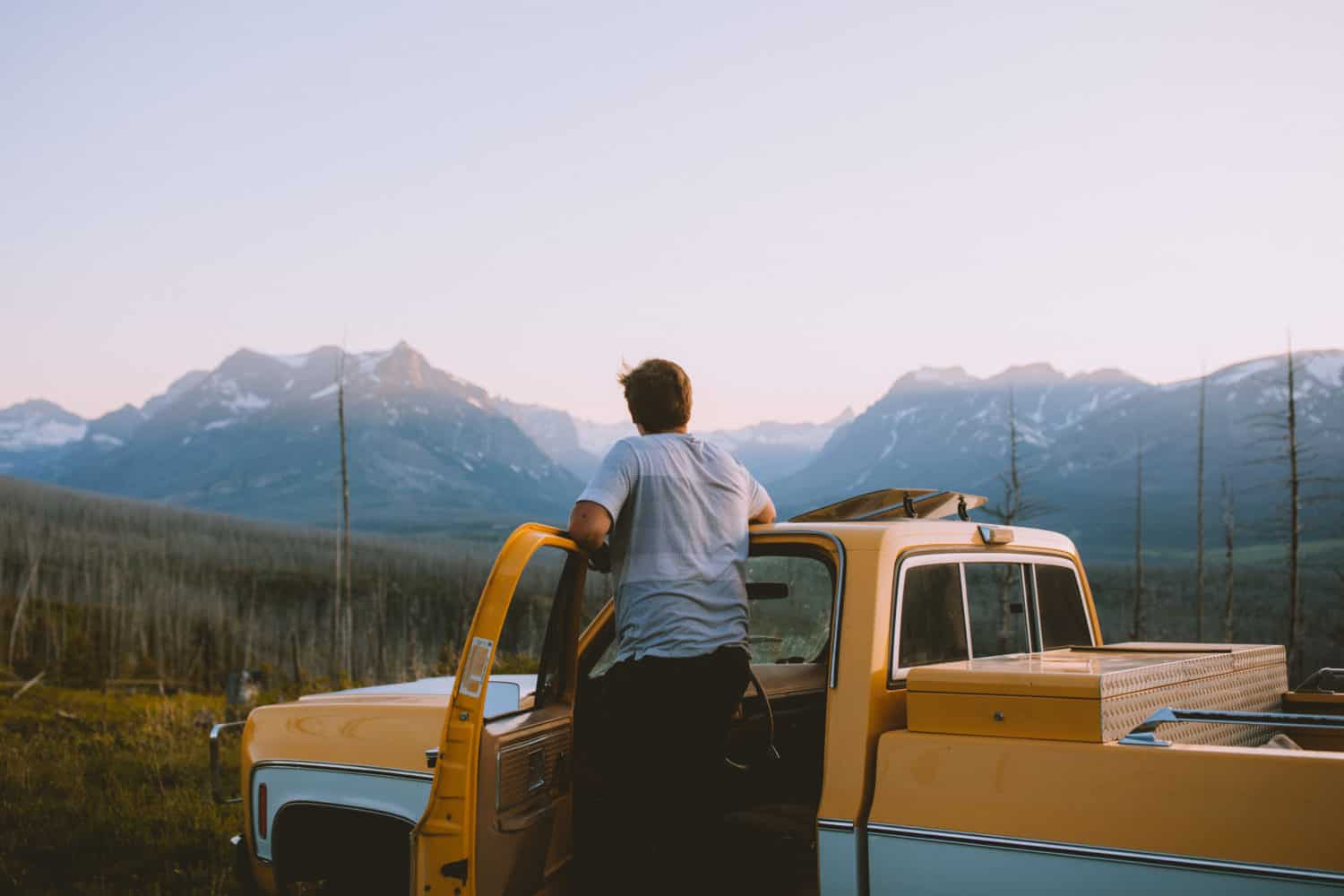
The Ultimate Guide To Finding Free Camping Spots In The United States
*Note, this post is specifically geared toward free camping accessible by VEHICLES.
This is different from backcountry camping that includes packing everything in a backpack and hiking into the wilderness. We’ll be covering this topic at a later date, and sharing the link here.
What is Backcountry Camping (In Your Car)?
Free camping goes by many names. We’ve heard it called dry camping, wild camping, backcountry camping, or even boondocking. Any term you choose, they all generally mean the same thing: finding a place to camp for free.
More often than not, free camping means you can expect there to be no facilities, no running water, and definitely no access to electricity (unless you’ve got a solar panel on your car’s roof!).
Reservations aren’t usually made for free camping areas, and they tend to run on a first come first serve basis.
Free camping areas are at LEAST 1 mile off the main serviceable roads (sometimes farther in select locations) and have unofficial, if any, designated pullouts for your car.

The Perks of Free Camping
So why would someone want to venture out into the wilderness to have little access to the conveniences of everyday life?
Well, for a lot of reasons, actually.
Proximity to nature is just the beginning of so many great reasons to go car camping in the wilderness. Here are some of the most popular reasons why someone would choose free campsites in the US.
Camping For Free Saves Money (obviously)
Say you’re on the road for two weeks. Camping in a commercial area would generally cost $20-$30 per night which means you could spend upwards of $420 just to sleep!
Instead of spending that money to rent a plot of dirt near the road, try looking for free camping spots a little off the beaten path so you can put that money towards more exciting things (like exploring all of Utah’s National Parks!)
You can splurge on better things like food, extra gas (more adventures anyone?), or even buy a few more days on the road!
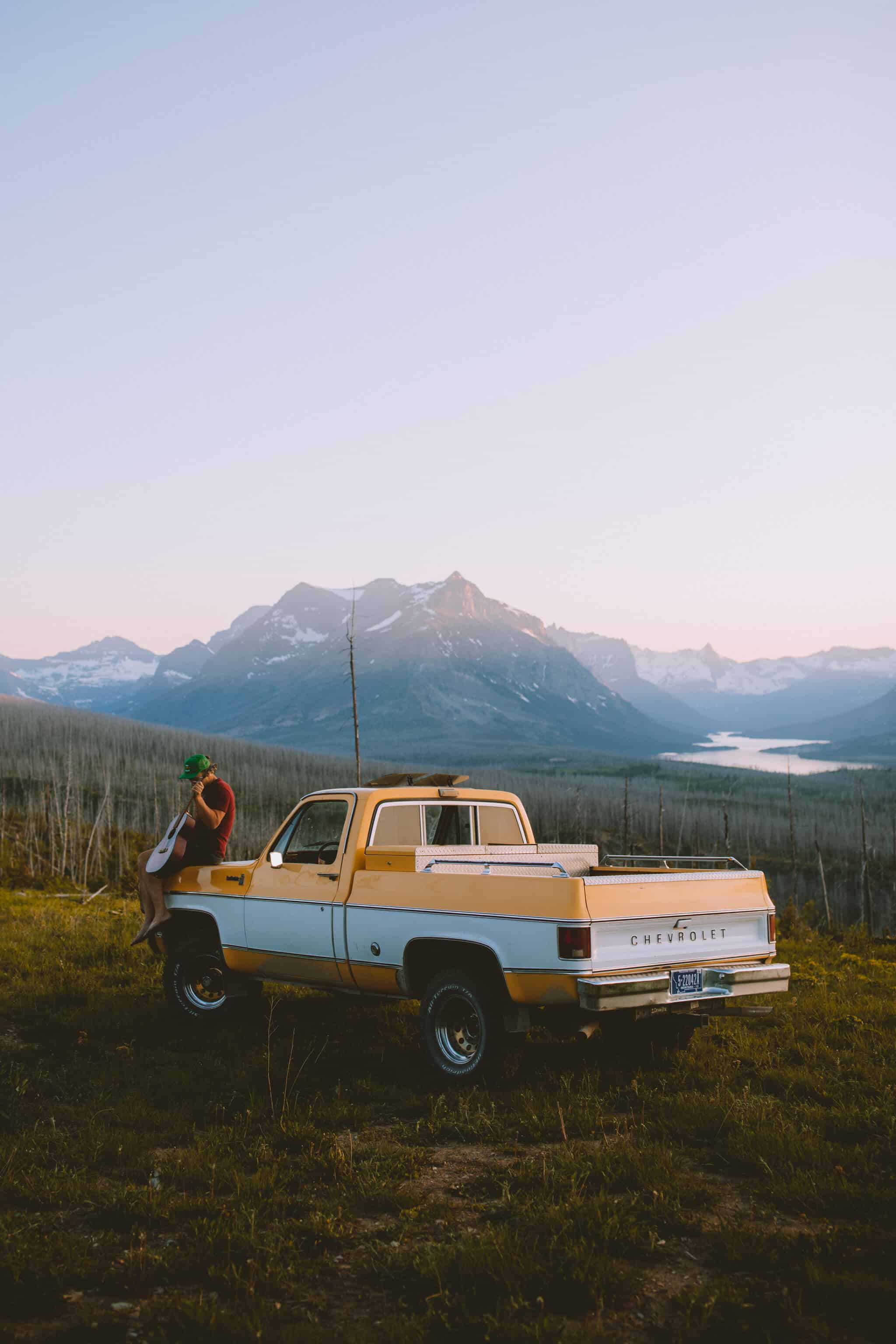
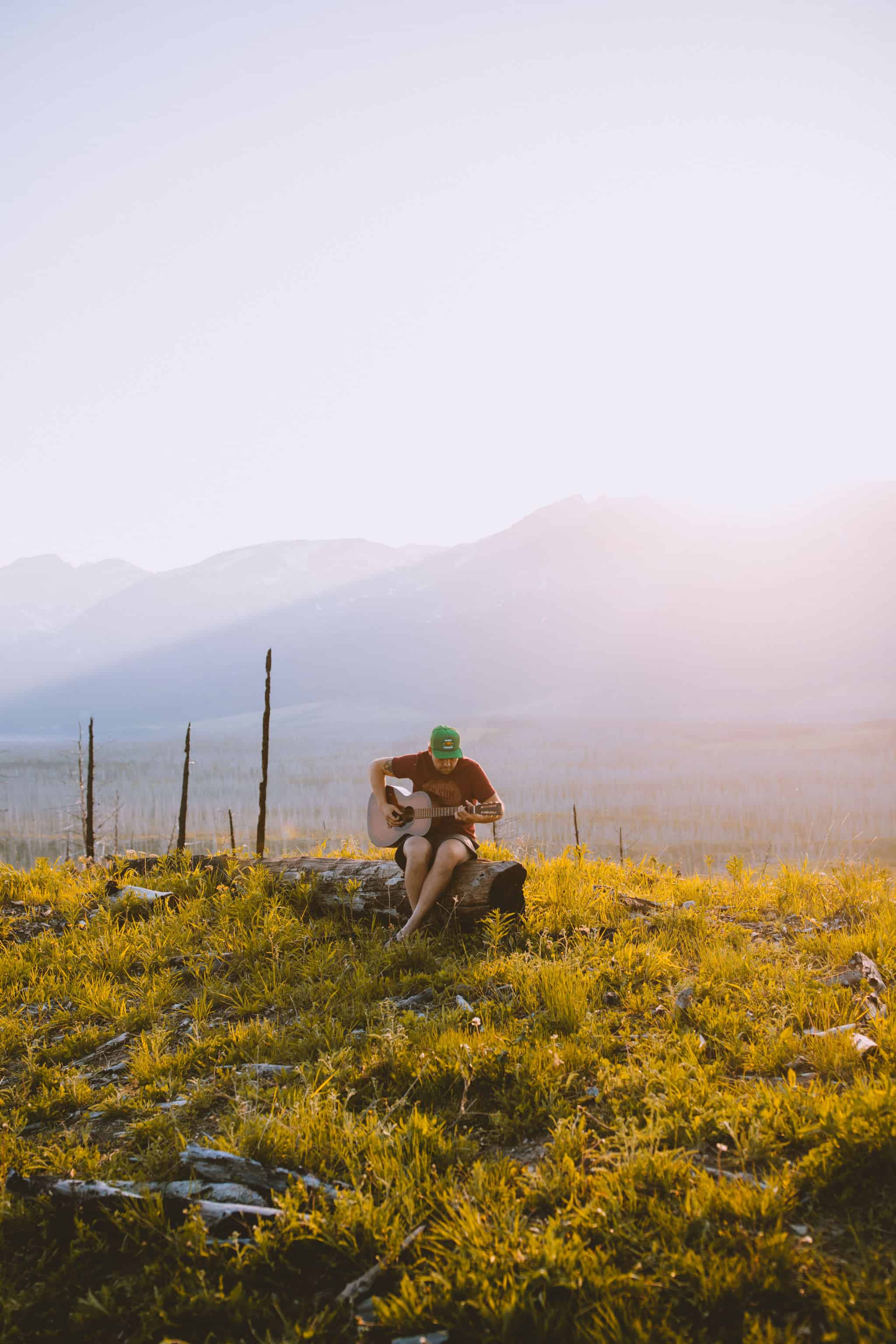
Free Camping Spots Provide More Seclusion
Many people go camping to decompress and take a break from their regular routines.
Unlike many commercial camping locations, free-range camping can come with no neighbors, traffic, or the noise of the city. You can be as close or as far away as you’d like from the people around you!
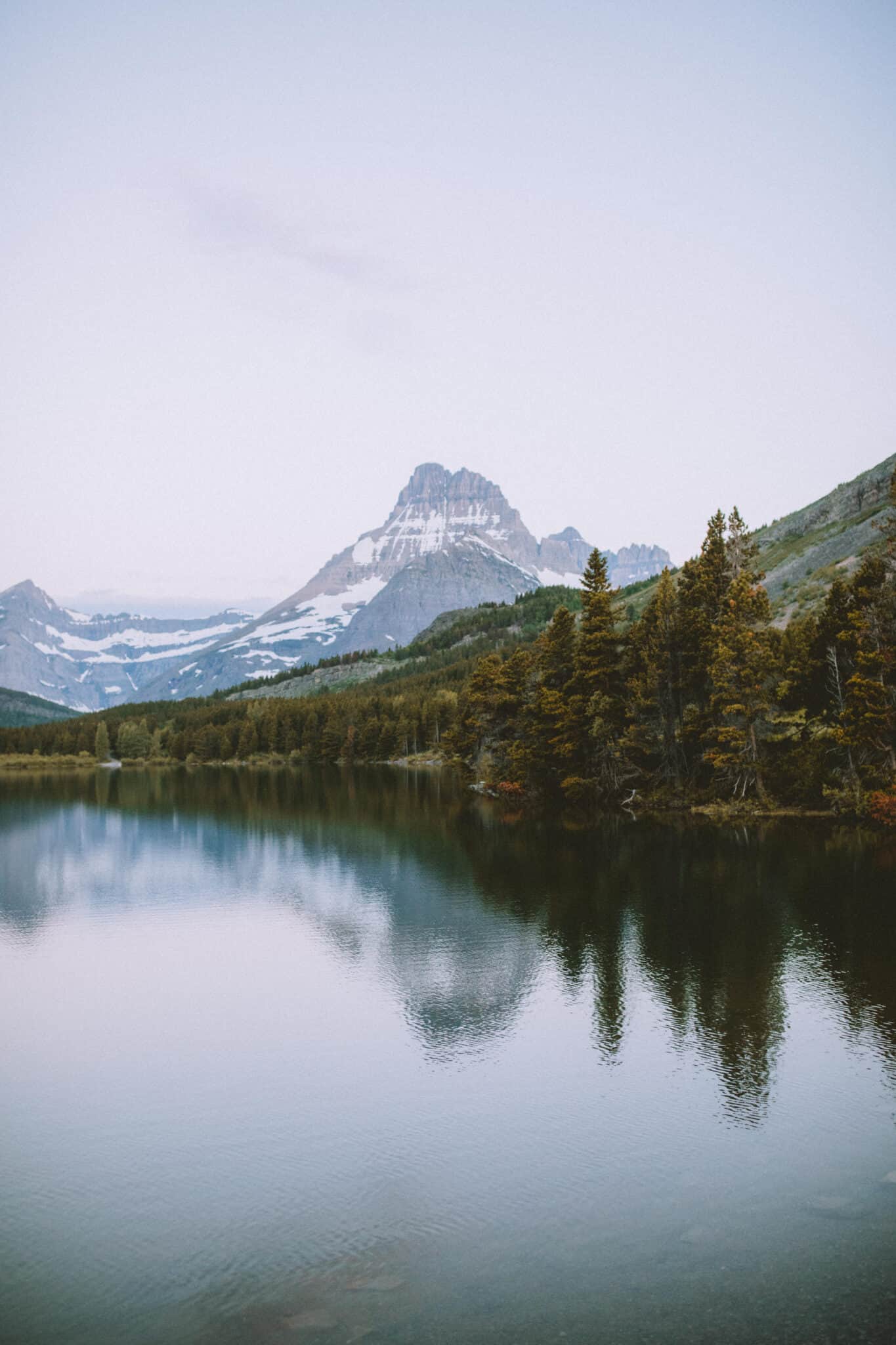
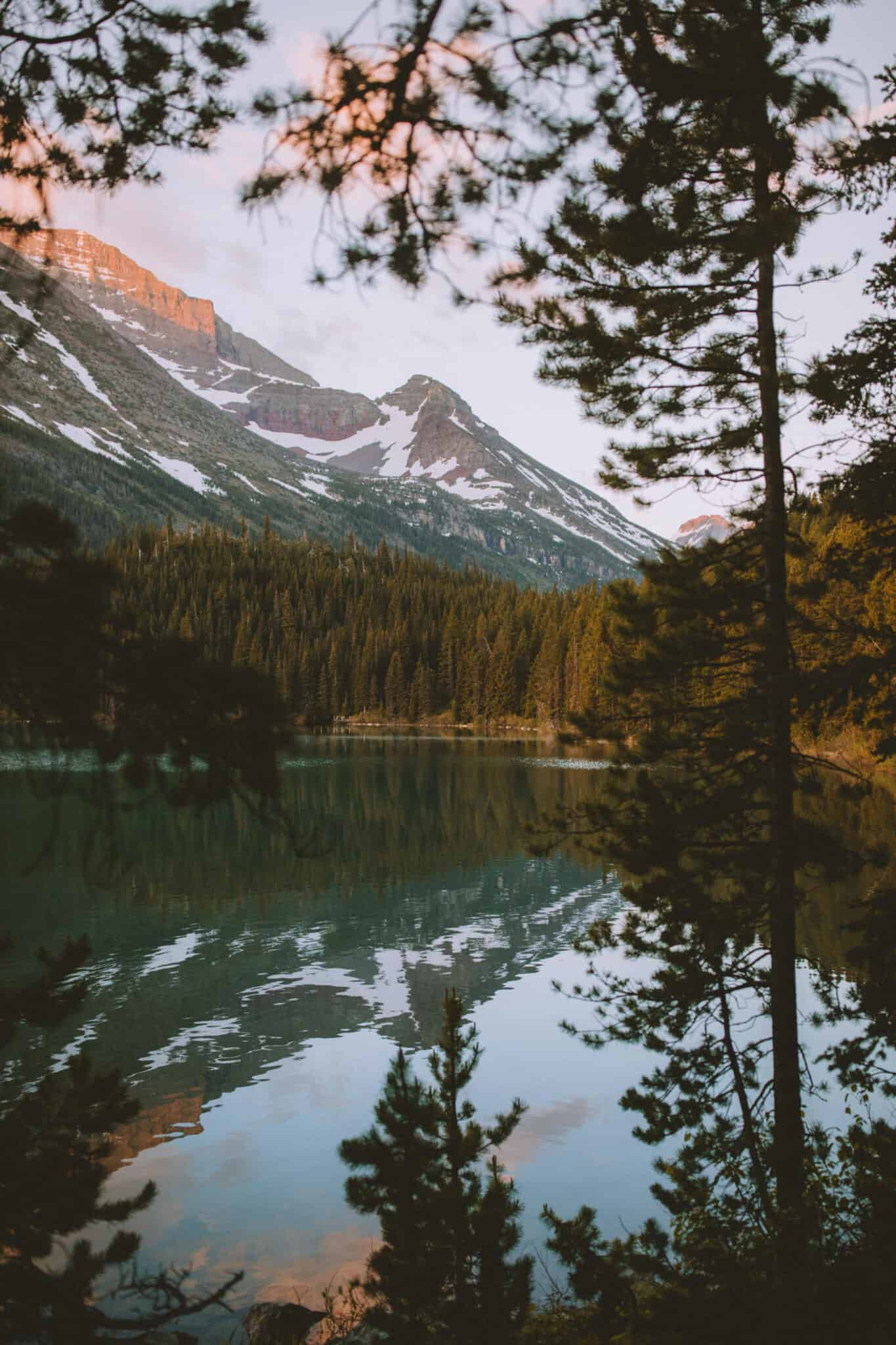
No-Fee Campgrounds Provide Opportunities For Adventure
With no reservations and no money down, free car camping sites can provide an opportunity to take adventures one day at a time. Free camping in the USA is in abundance, which makes changing plans a lot easier and way less scary than it seems.
There is also a lot more diversity in the landscape when you decide to look for camping off the road. You can come across some pretty incredible scenes, and all it takes is a little planning!
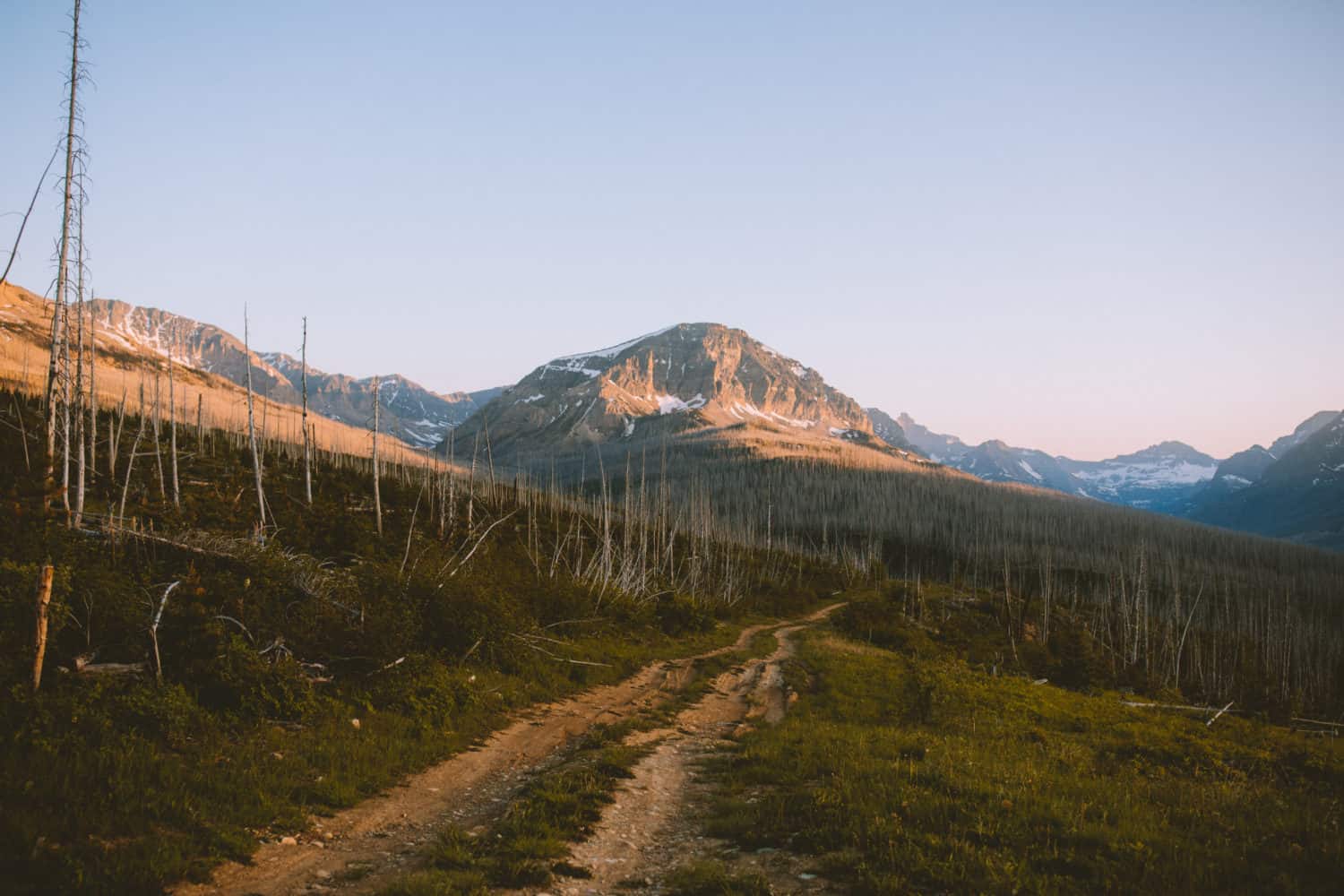
But Free Camp Sites Also Come With A Few Downsides…
They Often Have Unmaintained, Rough Roads
Because of the lack of visitors to remote parts of National Forests and public lands, many of the roads used for free camping are not regularly serviced.
This means you are very likely to find potholes, rocky roads, no guard rails, and sometimes roadblocks like fallen trees.
Depending on the weather your free campsite gets, the road could even be washed out by floods or seasonal streams.
If you’re unsure of the current road conditions for your researched camping spots, give the local ranger station a call and ask. It’s also advisable to pack a car emergency kit, in case you run into trouble on your route.
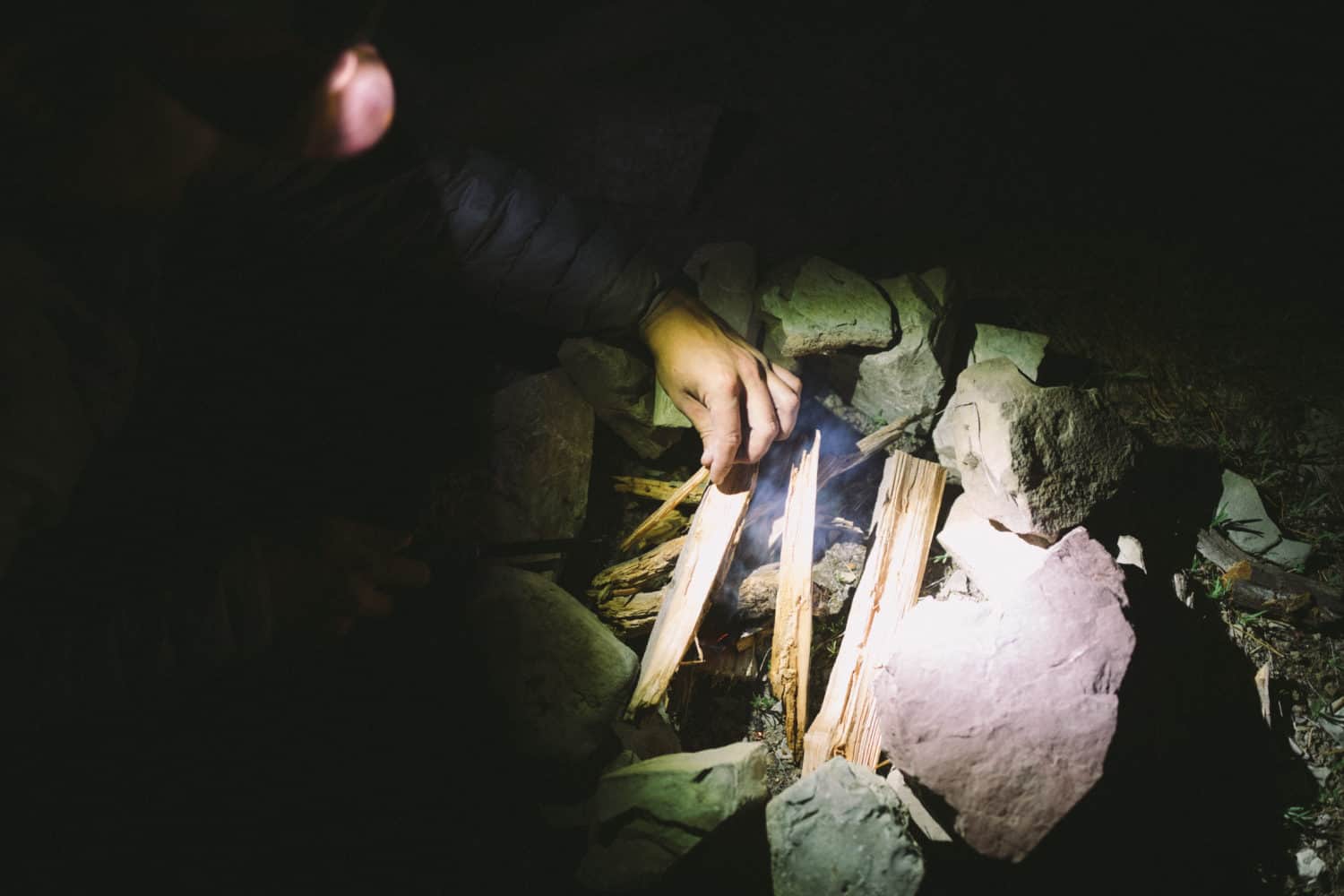
There Are No Added Comforts And No Frills
If you are opting to find free campsites, you’re pretty much saying goodbye to flushing toilets, showers, and all conveniences.
Before deciding to camp this way, we suggest brushing up on backcountry knowledge like going to the bathroom in the wilderness, how to make a fire, and how to find and collect water if necessary.
These skills will not only make car camping easier, but it will also keep you safe.
That’s why it’s important to be prepared when finding free places to go car camping.
Keep reading this post to find out what to pack, how to prepare for car camping, and things to consider (like these helpful road trip planner tools) on your next dispersed camping trip.
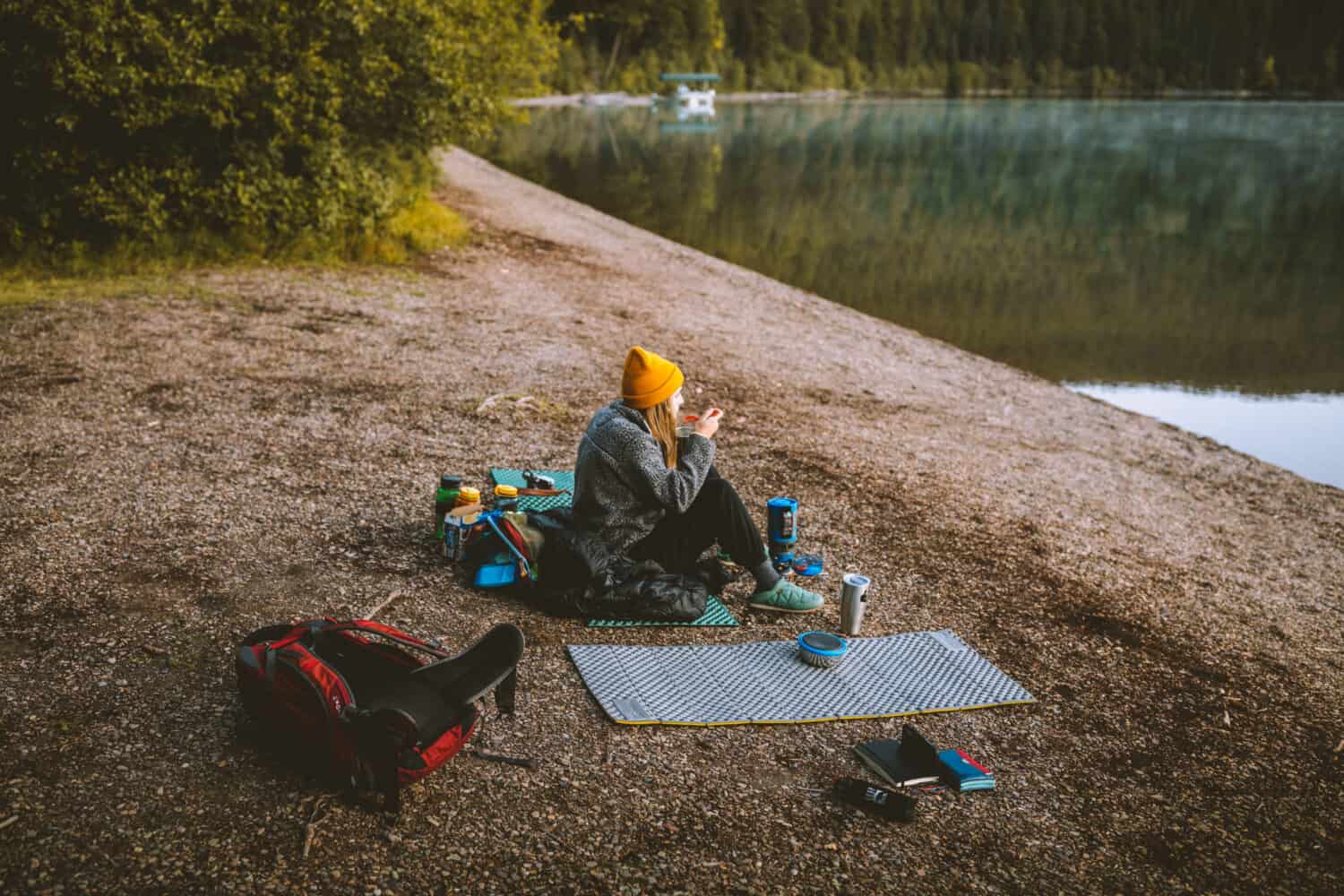
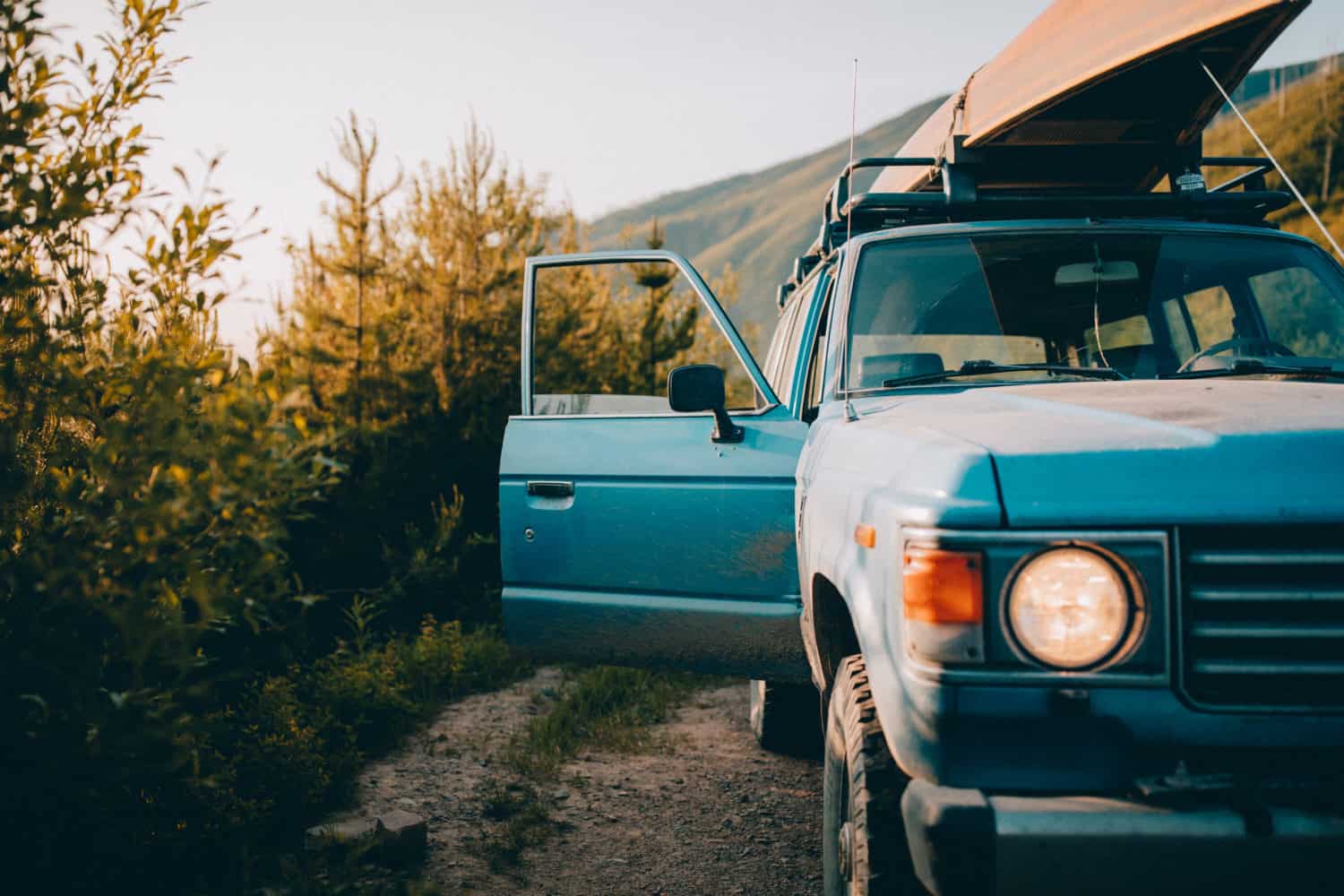
Where Can You Find Free Camping Areas?
There are tons of free camping locations in the US and Canada, but not all spots are the same.
From the parking lot of Cabela’s to the wide-open terrain of the Alabama Hills, there are several types of free camping areas to choose from.
These areas will depend on what level of comfort you have for being out in the wilderness. The Western USA will have significantly more space to camp for free, but that doesn’t mean it’s not available in the East.
Below, we’re sharing several types of areas where you can camp for free so you can start planning your next amazing road trip and find out what kind of camping spaces are right for you!
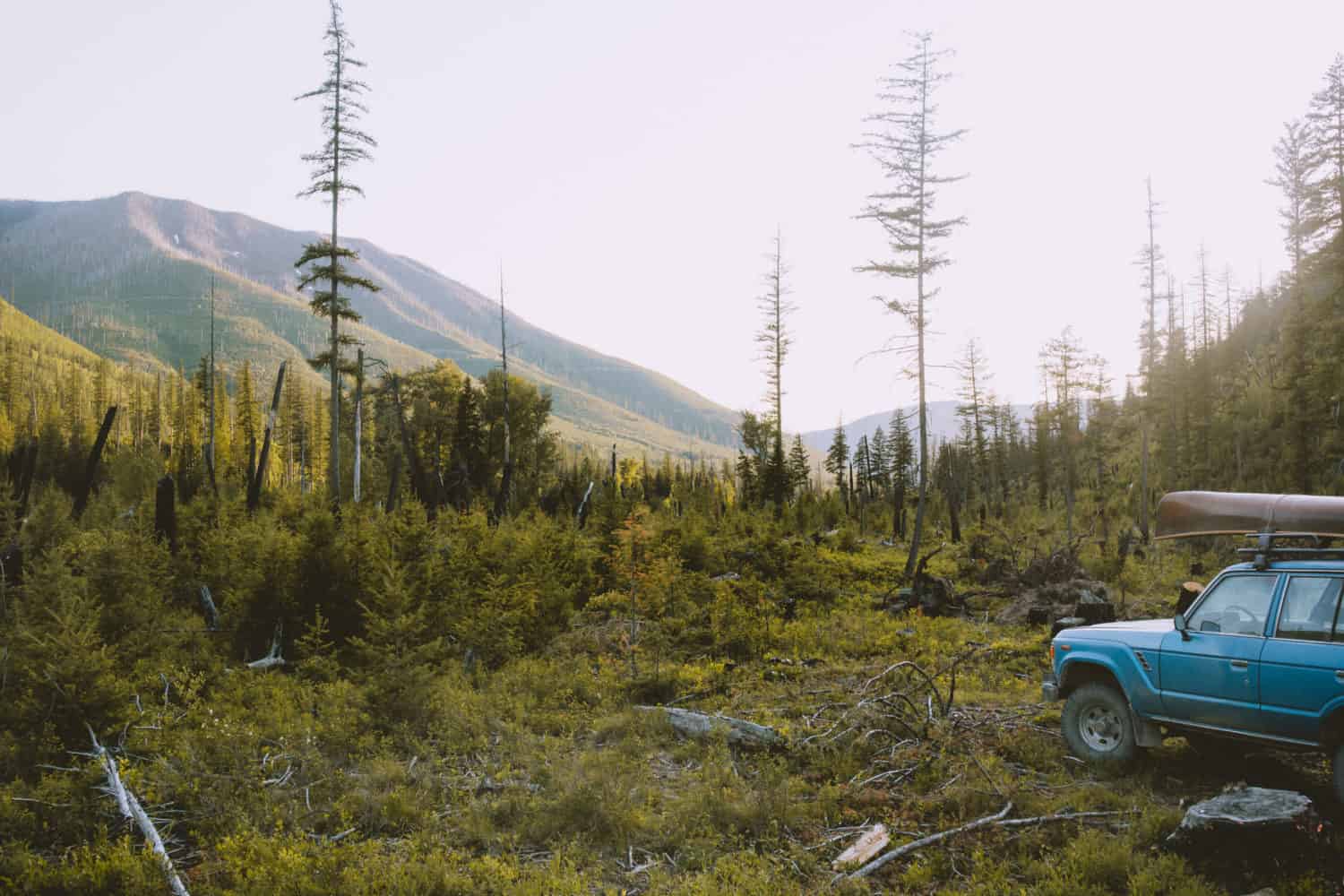
Free Camp Sites In Nature
Designated Spaces In National Parks
Ideal For:
- All kinds of campers – tent campers, RVs, trailers, vans, regular cars
- People with an America the Beautiful Pass, who want convenience but also some seclusion
In 2018, there were 318 million visitors to National Parks in the United States, which means that free camping locations near the parks are generally heavily trafficked.
Free camping in and around National Parks is often extremely popular during the busy season (May – September).
Want a road trip through a ton of National Parks? Try our ultimate Rocky Mountain Road Trip!
*While there are free camping areas IN National Parks, many campsites are actually in the National Forests adjacent to the National Park boundaries. Keep scrolling to learn more about camping in National Forests below.
The image shown below was from a trip we took in Death Valley National Park in the springtime. We stopped by the Visitors Center to ask about appropriate places for backcountry camping, and the ranger was more than happy to help us.
She showed us a map of the road available for free camping, as well as many different paths that were safe for two-wheel drive, high clearance, and even 4×4 recommended roads.
Please remember that since National Parks have more regulations and protections in place, there are likely to be more restrictions about where you can go and what activities you can do. Note: There may not be free camping in every National Park you visit.
This means you may need to be aware of the following common regulations:
- Permits for specific areas
- Any fire bans in place
- Road restrictions for certain vehicles
Call ahead to find out the specifics for certain parks you are visiting!
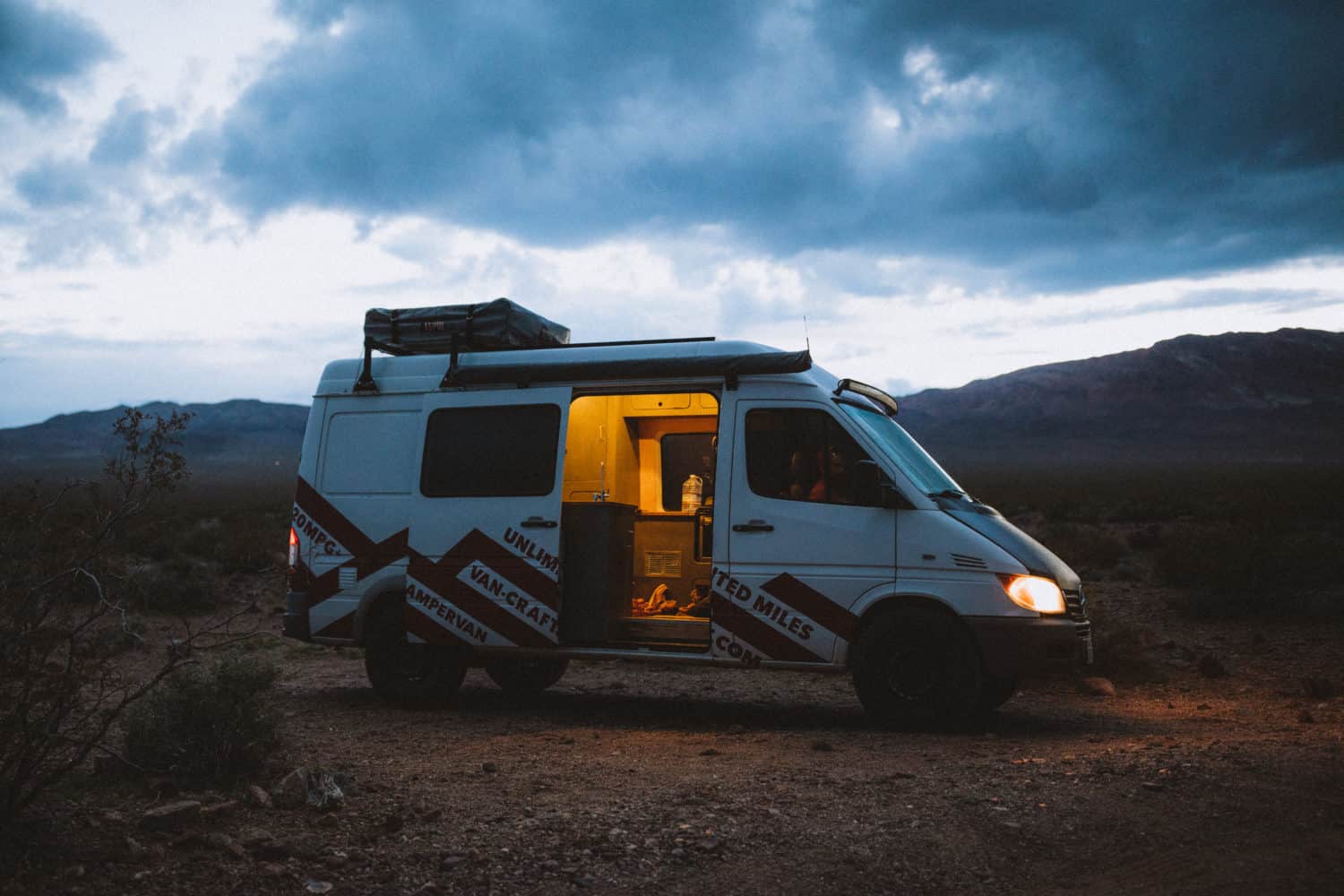
National Forests, Grasslands, and Seashores
Ideal For:
- Tent campers, vans, RVs, regular cars
- People who are well-prepared and comfortable being self-sufficient
National Forests are owned and maintained by the federal government. Technically these areas are collectively owned by the American people via your tax dollars, but they are cared for and handled by the government.
Fewer people visit National Forests than National Parks because, generally, fewer amenities are available.
Camping for free in National Forests is also called dispersed camping. These sites need to be at least 1 mile away from any designated campsite, so make sure to watch your odometer as you are driving to locate your camping spot.
You’ll also be encouraged to find a pre-used space on a forest service road. You can find these areas by looking for small pullouts, pre-made fire circles, or small clearings for tents.
It’s important to remember to pack everything out that you bring in!
Not sure where to start searching in your favorite National Forest? Call the ranger to know exactly where you can find campsites for free.
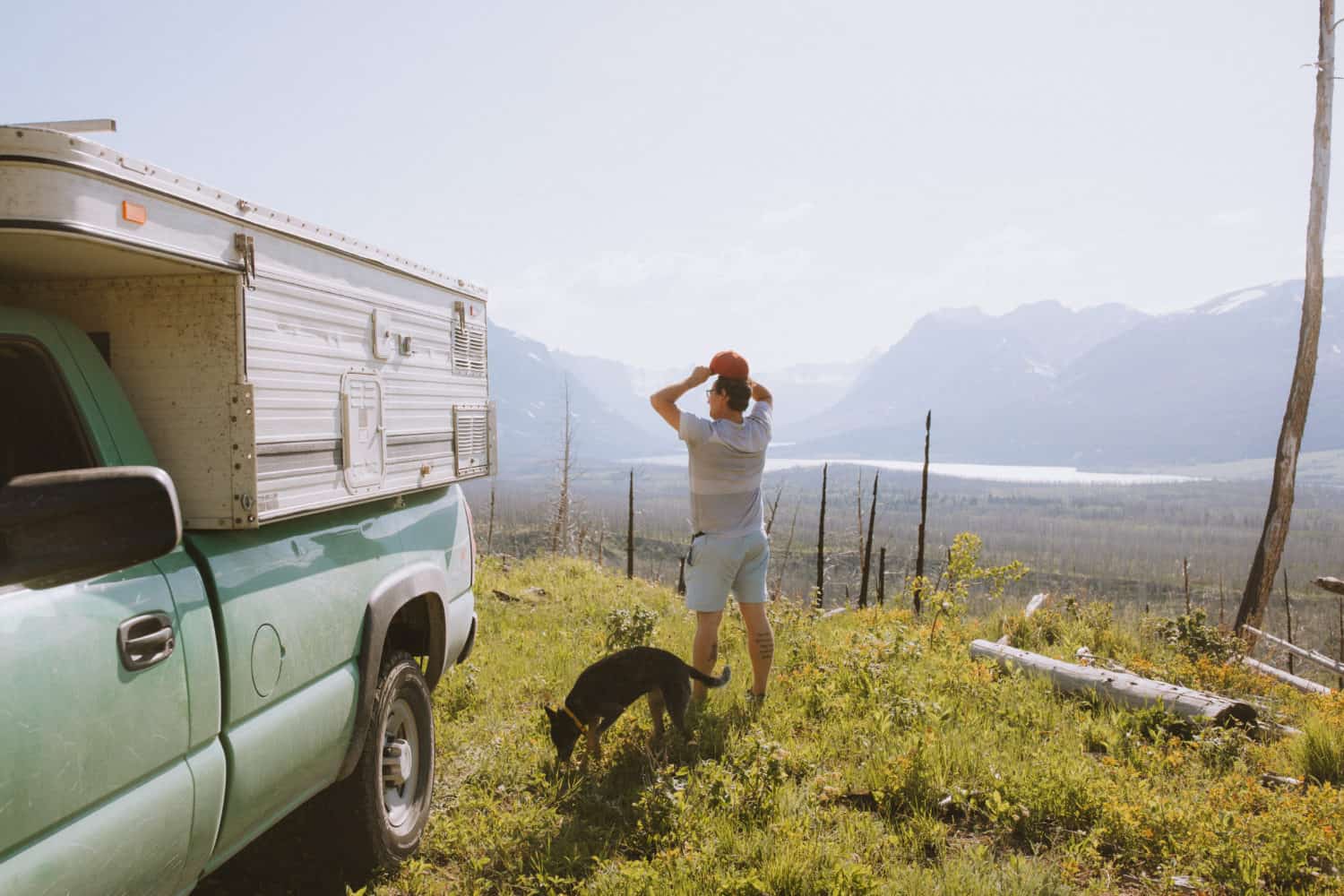
BLM Lands Are a Great Way To Find Free Camp Sites (Or Special Use Land W/ A Permit)
Ideal For:
- High clearance vehicles, brave RV drivers, tent campers
- People who don’t mind searching for a free camping spot the day-of, but also people who plan their locations to the T
- People who are comfortable with off-grid living and responding to wilderness emergencies
The Bureau of Land Management is part of the Department of the Interior. The BLM began in 1946 but it has been encouraging homesteading, herd grazing, mining, and other activities around the recreation and enjoyment of the people.
Search the BLM’s free color-coded map to find land in the areas you want to go free car camping.
Most public BLM lands are free for camping, within the right parameters. Here are some things to remember when looking for free camping spots on BLM land:
- Camp at least 200 feet away from water sources like river, lakes, creeks or shoreline.
- You can camp for free for up to 14 days on BLM land. After 14 days, you can continue to camp for free, but you must travel 25 miles away from your previous campsite.
- The Department of the Interior encourages you to find places that have already been used for camping. Look for existing parking spaces, fire rings, or flat areas off the road to use, to lessen your impact on the environment.
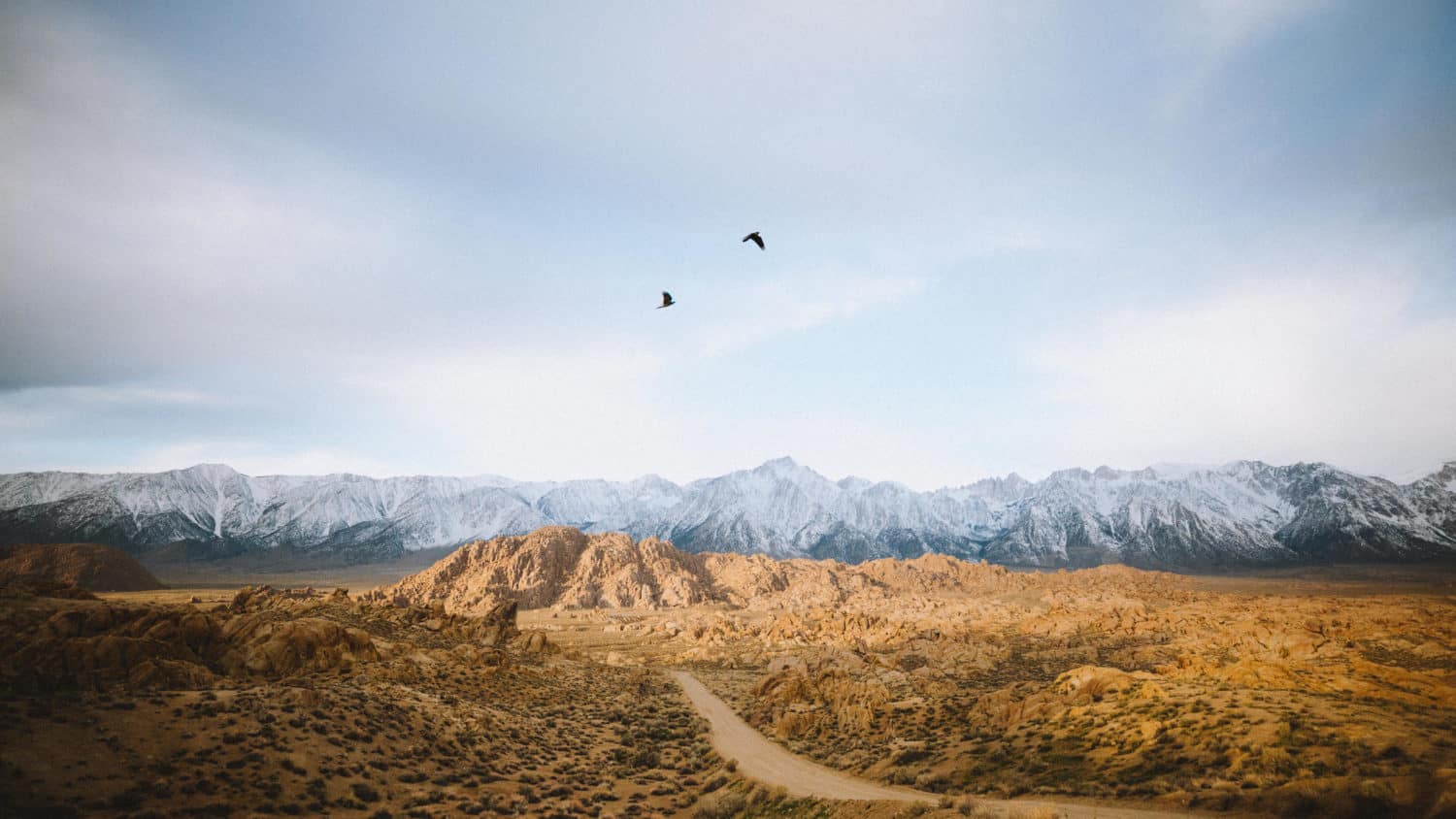
Pretty Much Anywhere Without A Sign (Motor Vehicle Use Maps)
Ideal For:
- Tent campers
- Drivers with high clearance vehicles
- People who do extensive research
- People who are comfortable being off-grid and know how to read an MVUM map
Sometimes you just want to go out and discover the little-known wild camping spots deep in the forest. You CAN go camping for free in the wilderness.
However, be careful with this one. Very careful. We aren’t talking about a random dirt road in the middle of nowhere.
In order to backcountry camp in your car, you must know the difference between public and private land. One way to do this is to download a Motor Vehicle Use Map.
A Motor Vehicle Use Map is a detailed PDF file of all the roads under the management of the US Forest Service that are open to highway legal vehicles, motorcycles, and foot traffic.
These maps are free of cost and available to everyone. Many US states have their MVUM maps online, but you can always go to your local forest station and request a copy for free.
Along with showing dispersed campsites, these maps also show where free camping is NOT allowed.
MVUMs also inform you when roads are closed during the year, what class of vehicle is required for travel (ATVs, 4×4, etc.), and what the roads can be used for.
The Motor Vehicle Use Map can be a little complicated to read, but any ranger station would be happy to clarify any questions you may have.
Helpful Research Tip: Compare your proposed forest road for camping with the Google Maps satellite view. Try zooming in on the road to see if any previous campers have used it, and where there are pre-made campsites for you to use (like this one below!).
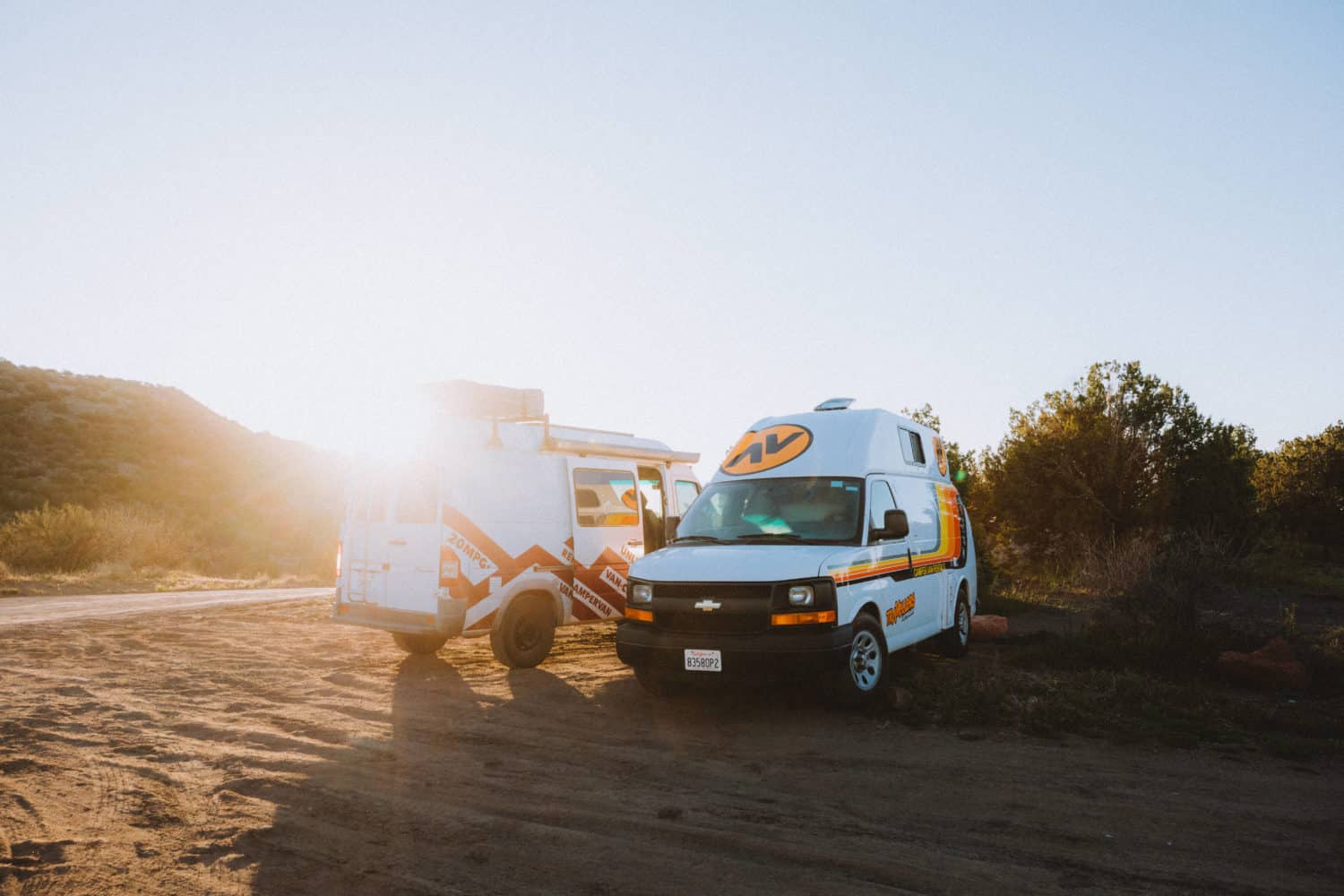
Free Campsites In The City
In a pickle and don’t have time to find a proper campsite?
Sleeping in your car in the city can be more of a gamble, and a little tricky. However, sometimes situations deem city sleeping necessary.
We don’t totally recommend basing a trip entirely on these suggestions below, but we’re sharing them to let you know they are at least an option for your road trip.
Here is a list of free camping in the city and some proper practices when doing so:
- Arrive late and leave early. City camping is for SLEEPING only.
- If possible, ask permission from the owner before sleeping in a parking lot.
- Read this post for tips on sleeping in your car comfortably.
WalMarts
WalMart has been a long time supporter of traveling motor RVs. This is because many travelers will come in to purchase items and be on their way the next day. It’s good business for them and a safe place for RV’s to park for the night.
If you decide to camp at WalMart, know that there are no hookups! No electricity, no water, and no dumping stations are present.
Walmart camping is considered “dry camping” and it’s proper etiquette to spend only one night at WalMart, and be on your way the next day.
It’s polite to also park in the back, away from the front to allow shoppers to have closer spots.
However, many Walmarts near popular outdoor recreation areas (think Zion, Yellowstone, etc) do not allow overnight camping because of past misuse and overpopulation during the busy tourist season.
Find a list of no-camp WalMarts here.
It’s important to follow proper procedures and etiquette when free camping at WalMart to allow this option to be used for campers like yourself in the future!
Find a list of Wal-Marts that ARE available for campers here.
Truck Stops and Rest Stops
Truck stops and rest stops are great places for free camping if you are on your road trip and need a break. You can find truck stops and rest stops on almost any major highway.
Here is a website that shares all the rest stops around the United States.
Important: Never drive when tired! Truck stops and rest stops are for the purpose of RESTING, so take advantage of these services and squeeze in a good nap before you continue your journey.
When sleeping here, make sure to lock your doors and cover your windows. There is a higher risk of people approaching your car here, so sleep in regular clothes in case you need to leave right away.
Small Businesses
SOMETIMES, small businesses will allow you to sleep in their parking lot for the night.
It’s important not to overstep your stay. Since these are privately owned areas, it is absolutely essential to ask permission before parking for the night.
We suggest asking permission from owners during regular store business hours. Ask politely and tell them when you plan to park, how long you’ll be there, and when you’ll be leaving the next morning.
Making yourself presentable (wearing clean clothes, brushing your hair, etc.) will make you look less scary and more approachable. Appearances don’t mean everything, but it sure does help to make a good first impression if you want a yes!
It’s also good to note that this isn’t meant for tent camping. Small business parking lots, (and really anywhere else in the city) is meant for sleeping in your car only.
Overall, respect their wishes and move on if they decline your request!
Churches
Churches are another option for free car camping in a bind.
We recommend using the same practices used for sleeping in your car at small business parking lots. Ask permission before, dress appropriately, and only use the location for sleeping.
If you are able, see if you can help with any small maintenance jobs in exchange for your stay. This could be anything like taking out the trash, sweeping the porches or moving boxes from one room to the other.
Helping out (even in the smallest capacity) will help you seem trustworthy, and gain the respect of the organization for a free night’s stay in their parking lot.
Neighbors
If you have an acquaintance in a city you will be passing, it’s not a bad idea to ask if you can park your car in front of their house.
During our Utah National Parks road trip, we had a friend introduce us to their friend and they graciously let us park and sleep in front of their house. We were respectful, quiet, and left early as to not disturb the neighbors in the morning.
We’ve also had acquaintances invite us in and let us take a shower! Have your friends and family introduce you to people along your route, and you may get lucky and meet some great people!
Neighborhoods provide a safe place to sleep, but it’s only appropriate if you know someone on the block. If not, you run the risk of getting the cops called on you for being suspicious!
What is NOT free camping?
Free camping includes a lot of places, but there are some very important places to know that are NOT okay for camping.
These places generally include anywhere where children gather and places where there is private property or high risk/dangerous areas. Here is a short list of prohibited camping areas (list not complete, other additions may apply):
- Private property (unless explicit permission is granted)
- Schools
- Playgrounds
- Government Buildings and Military Bases
- Airports
- Utility Warehouses and Power Plants
These should come as common sense, but we wanted to write them out here anyway. Basically, stay away from anywhere that you might seem like a threat.
Trust your gut, and if a place doesn’t feel right for free camping, IT’S NOT RIGHT. Don’t run the risk of looking suspicious when you aren’t trying to be.
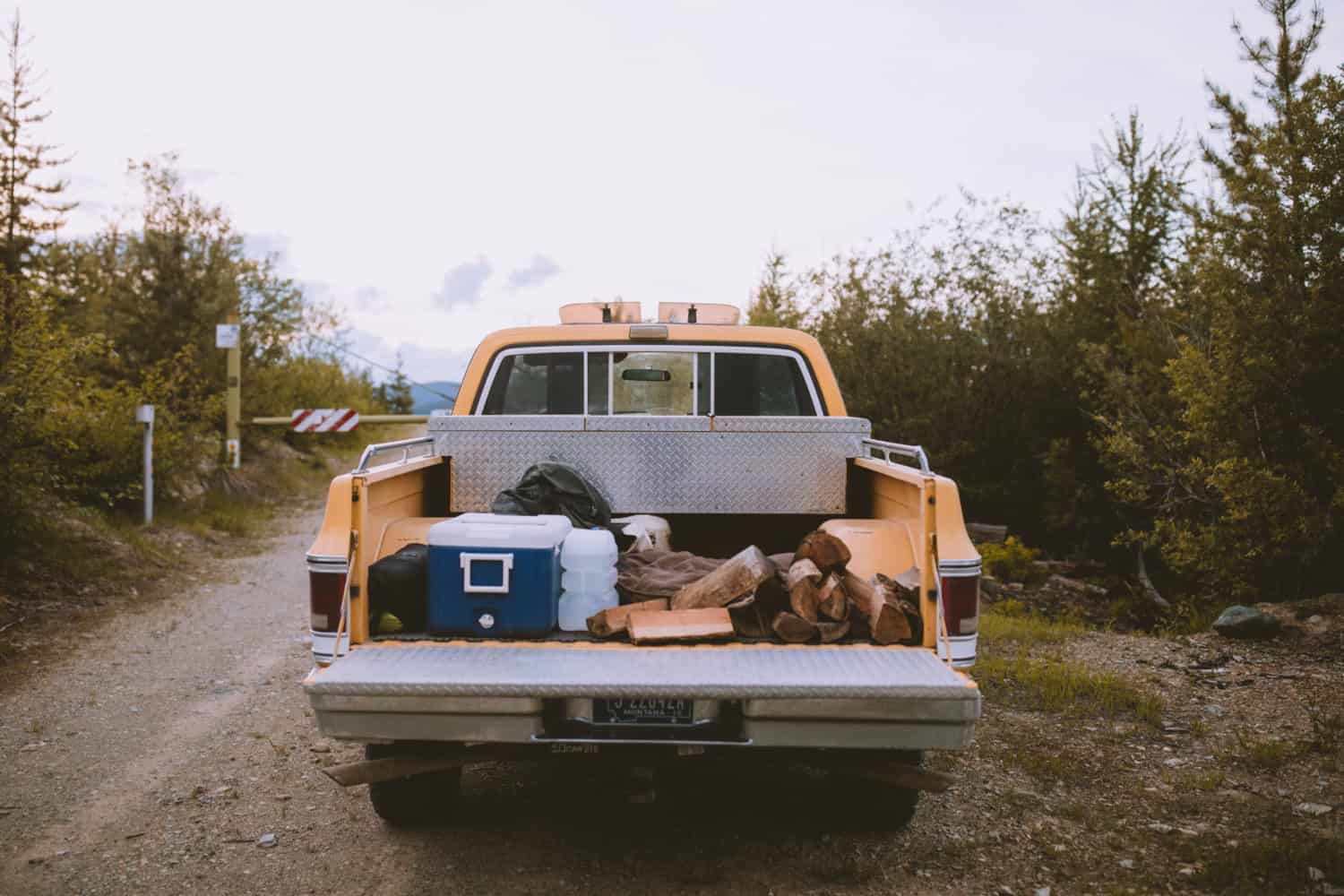
What Do You Need To Pack To Camp For Free?
When backcountry camping for free, there are a lot of things you will need. In short, you need to pack everything. (And you need to pack it out too).
Because free campsites likely will not have amenities, proper preparation and packing are key. This means water, more water, trash bags, food, sleeping arrangements, cookware, emergency gear, and more need to be brought in with you.
Here is a list of essential camping items to make you as comfortable as possible when backcountry camping.
Water
Water is a non-negotiable necessity. According to Discover The Outdoors, it’s important to have at least 2 liters of water per person per day of your trip.
We would suggest planning to pack more water if you want to cook with water or want to have any showers during your camping trip.
Pack an easily foldable container like this one to help save space but also store a lot of water.
In California, gas stations are legally obligated to provide free water spigots, so make sure to fill up your supply if you’re around this area.
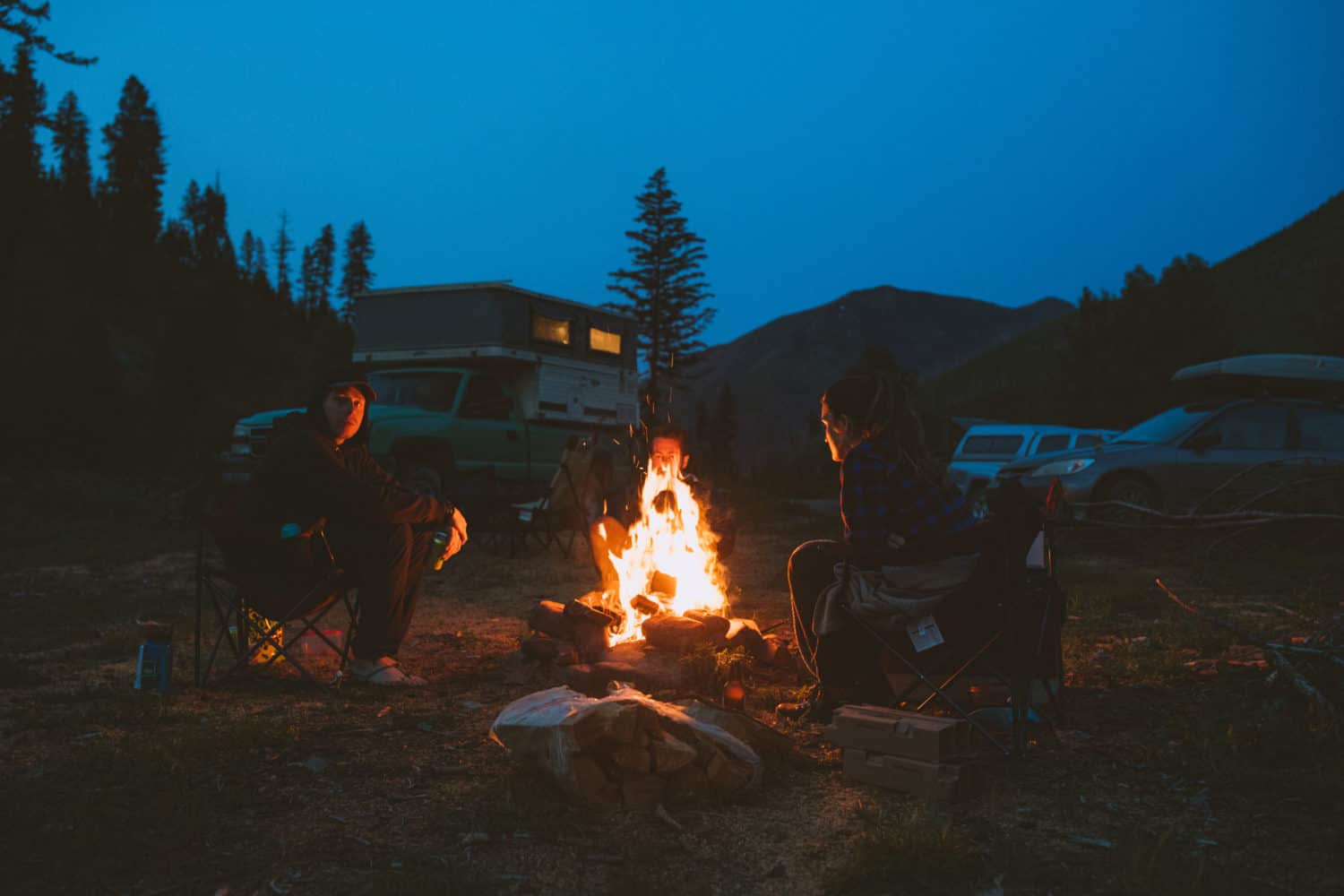
Fuel (For Your Car And Your Free Campsite)
It is important to make sure you have enough gas in your car to reach the nearest gas station.
If you plan to venture far out into the wilderness (say, BLM land or a local National Forest), you’ll need to make sure you have enough gas for your return trip.
Keep an eye on your gas meter and make sure you don’t use more than half your gas to reach your campsite. Bring a few reusable gas canisters to ensure you have enough to return from your adventure!
On the topic of fuel, we also mean packing some for a heat source! This can look like firewood, propane, and/or butane, among other things.
Chargers For Your Devices
Sometimes, off-grid camping requires the use of electronics to make things run smoother.
Some of these items could include two-way radios, GPS navigators, lights for the evening, and possibly even rechargeable camera or video batteries.
To keep our toys juiced up during our camping trips, we like to bring our Goal Zero portable power station. It’s got everything from a 12V plug-in to several USB adapters for our smaller electronics.
Garbage Bags*
In order to keep camping free for years to come, it’s essential that backcountry users clean up after themselves and practice the Leave No Trace principles.
In short, it means you’re responsible for everything you bring in, so make sure to bring it all out, too.
*Zero Waste Note: You can also cut down on single-use items to reduce your trash production.
Easy switches are things like reusable utensils instead of plastic ones, cloth napkins instead of paper ones, and rinsing your reusable dishes with biodegradable soap.
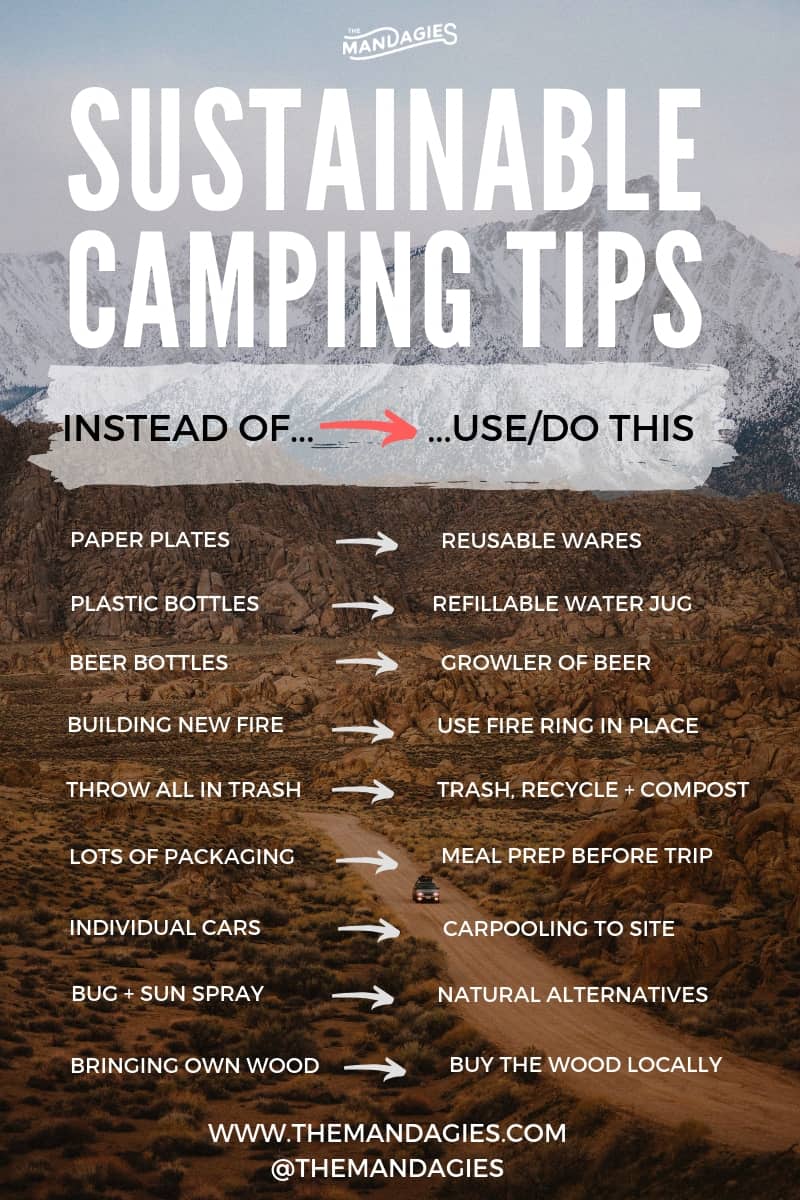
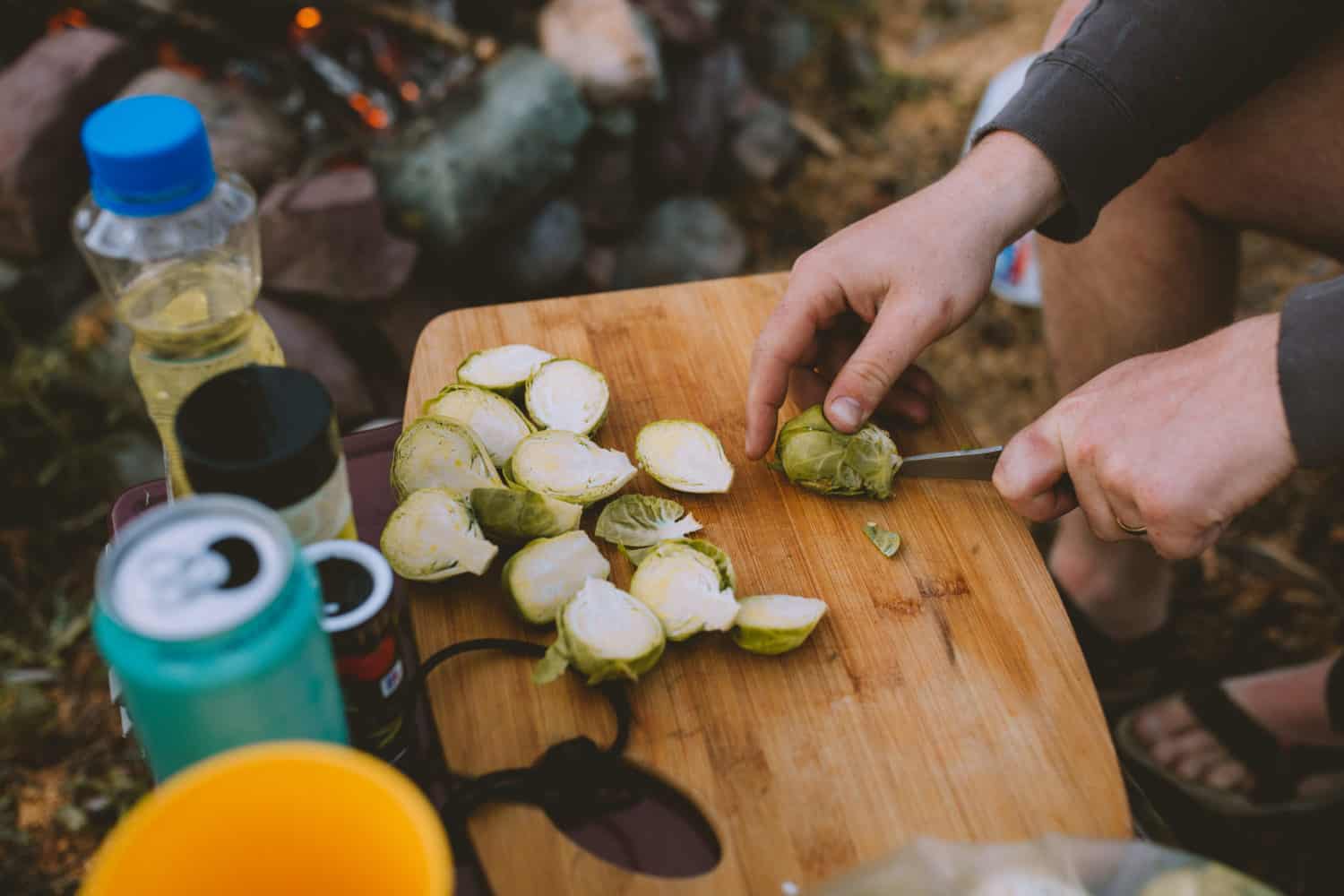
Food (And Food Storage Containers)
We don’t need to tell you that you need food, but we also don’t need to tell you what to bring! That’s completely up to you and your food preferences.
However, if you need some ideas to get started, we’ve created a post about easy camping meal recipes to make on your trip to get you started.
If you plan to spend a lot of time camping deep in the forest, we suggest bringing a bear canister to store smelly foods. Make sure to leave it at least 50 feet away from where you sleep!
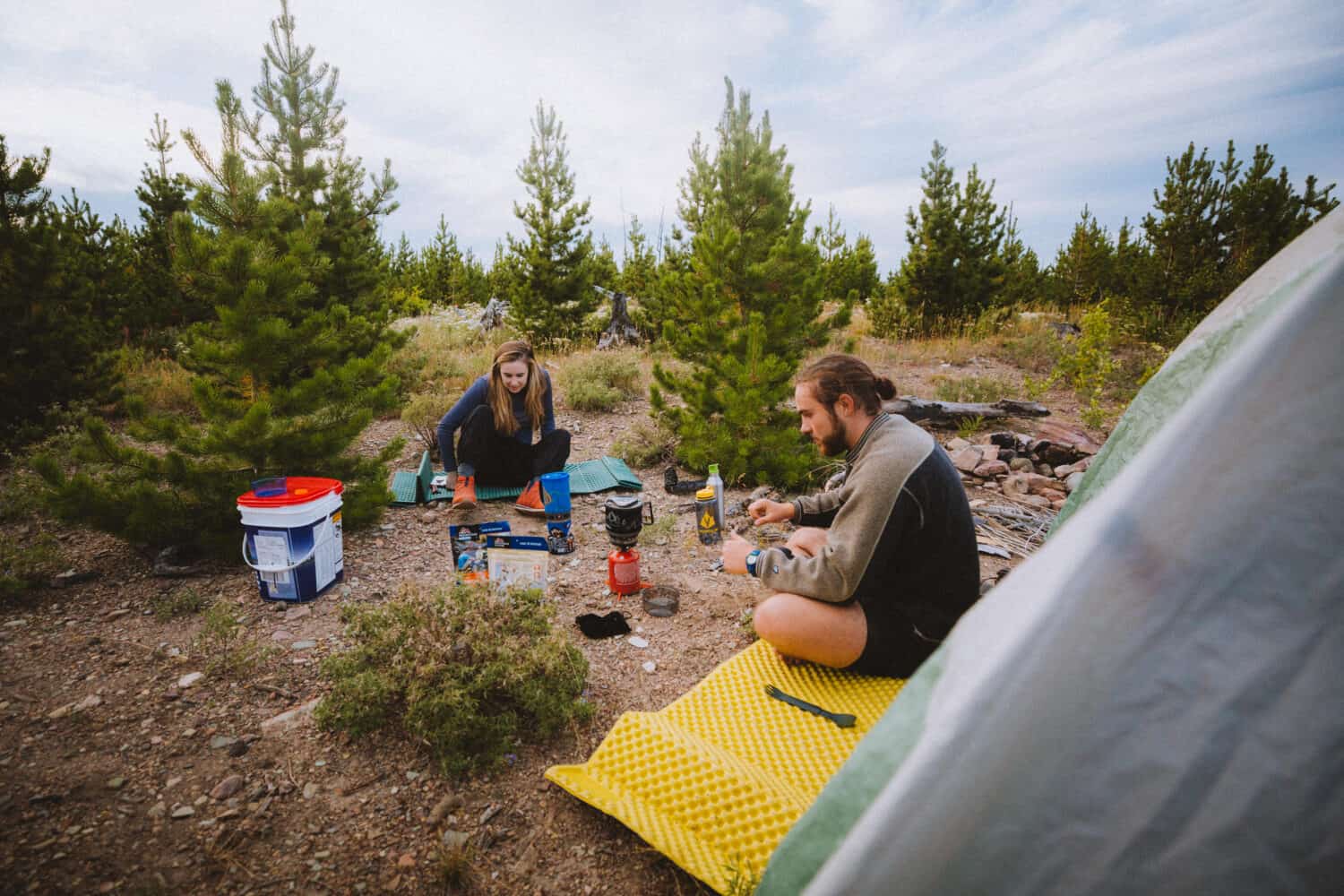
Toilet Paper (And A Shovel)
In order to do your business out in the wilderness, you’ll first need biodegradable toilet paper and hand sanitizer. It’s also helpful to have a backpacker’s trowel to help you dig a hole if necessary.
Want more information on your certain area and how to make the least impact on the land? Read REI’s extensive guide to going to the bathroom outdoors.
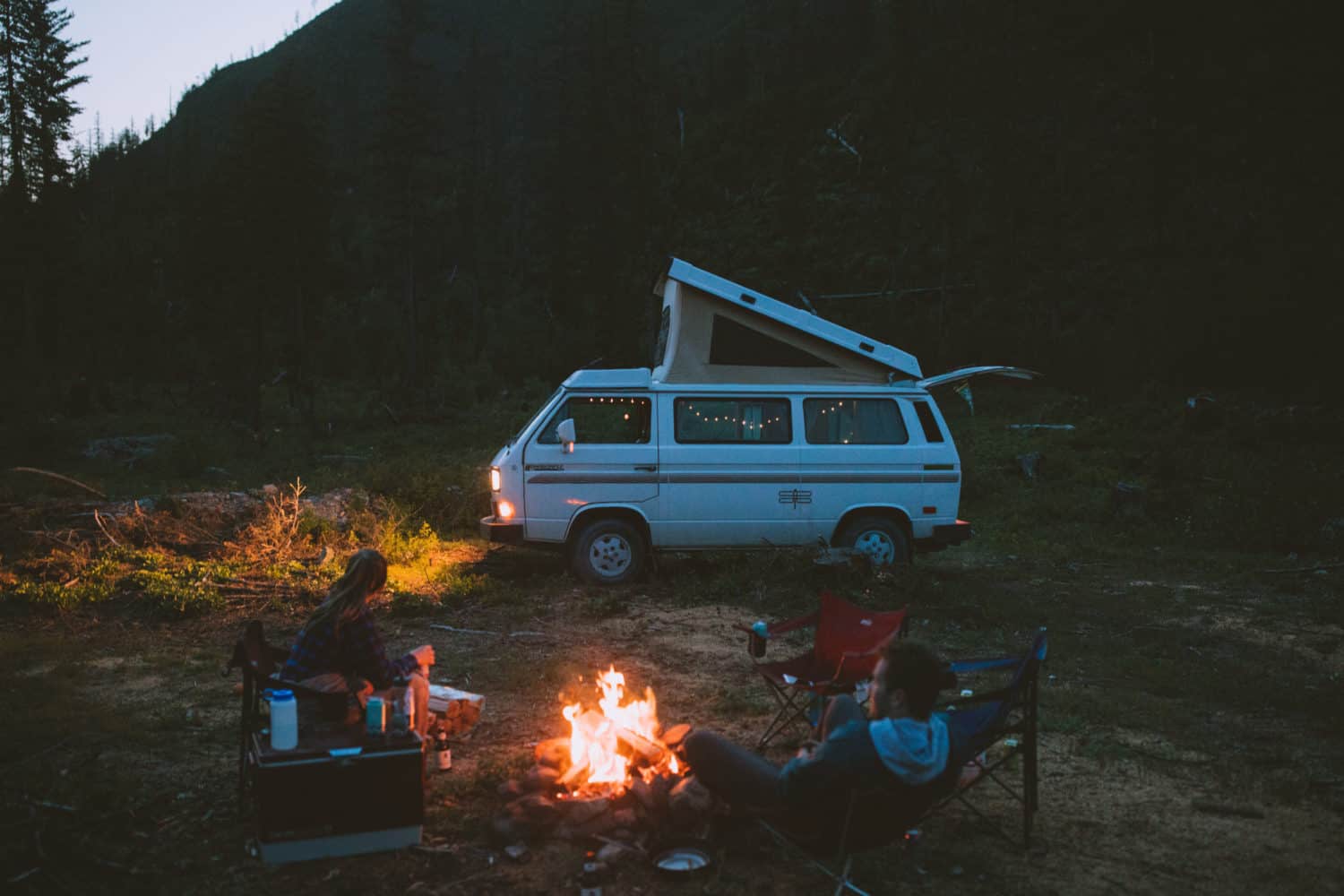
Camping Items (For Sleeping and Shelter)
When backcountry camping, it’s important to know that you’ll need a dry place to sleep and a way to keep you warm at night.
This can look like pretty much any way you feel comfortable! Here are some ideas:
- Sleeping in the back of your car with a small blanket
- Setting up a tent and bundling up in a sleeping bag
- Sleeping under the stars with a sleeping pad, sleeping bag, warm coat, and beanie
Here are some other shelter and sleeping items you should consider bringing on your backcountry camping trip.
- Tent
- Sleeping Bags
- Sleeping Pads
- Warm Clothes
- Camping Blankets
- Camping Chairs
- Firewood (if permitted)
- Foldable camp table
- Camping Games (there is no cell service!)
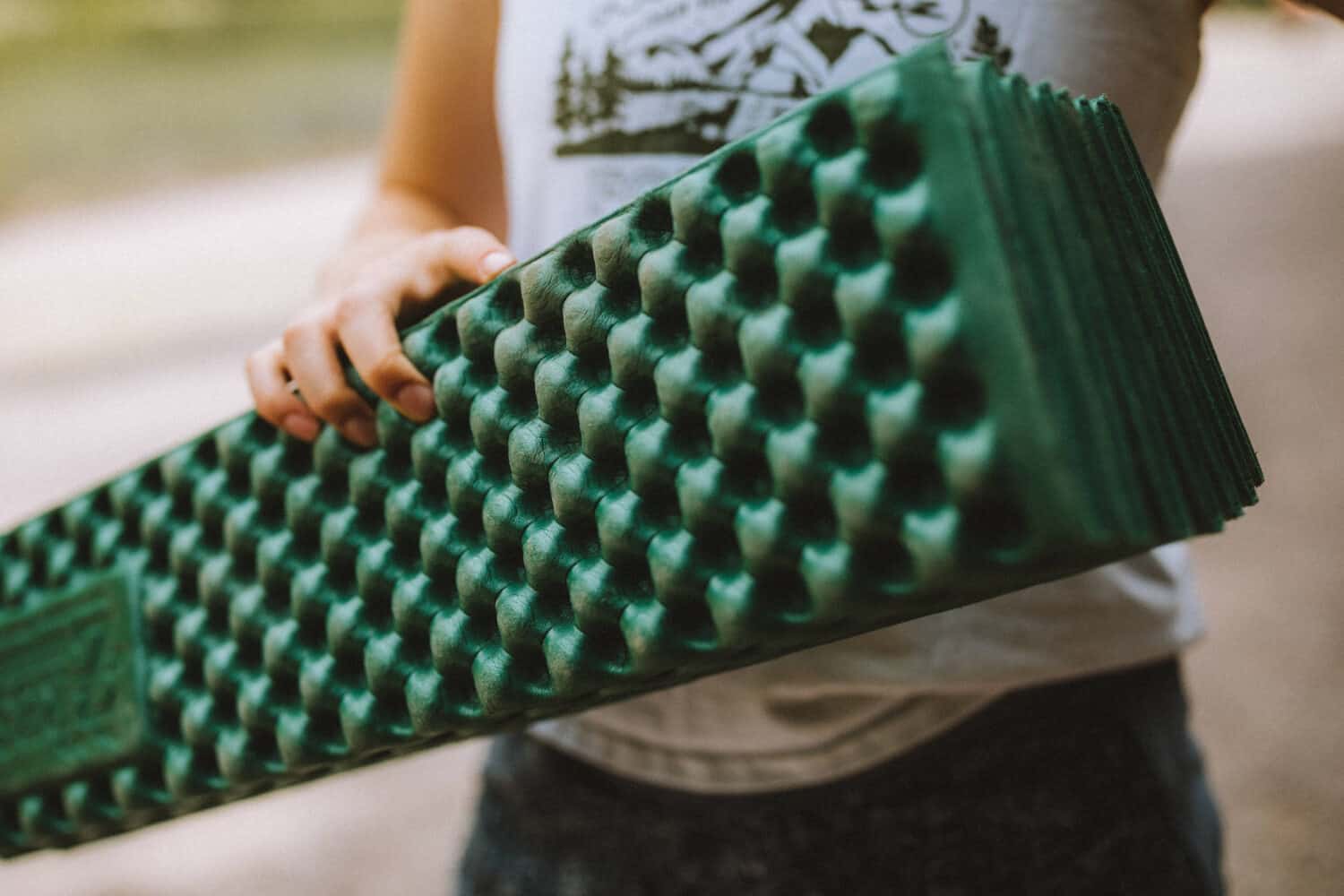

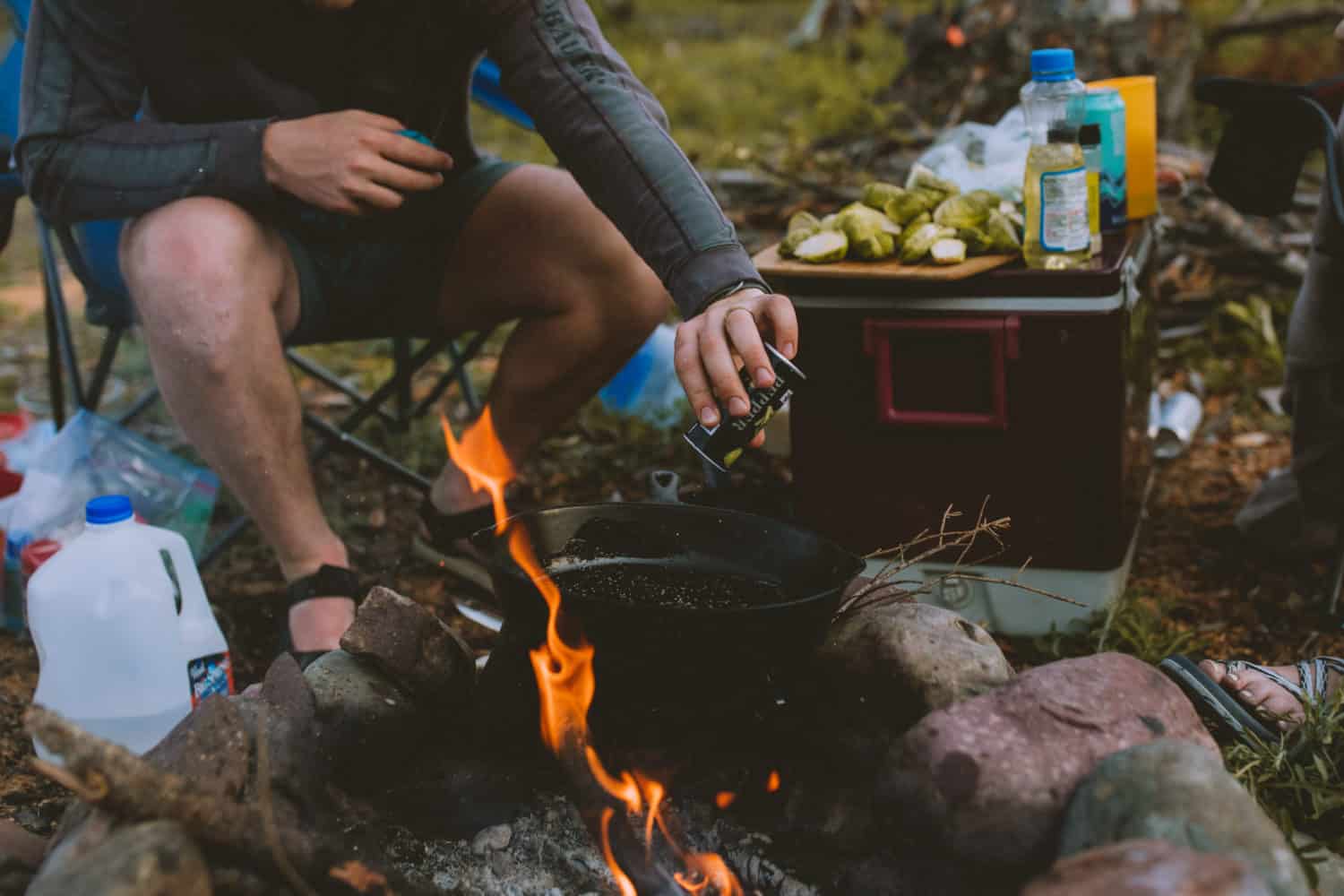
Meal Preparation Tools
This goes without saying, but when camping in the backcountry, there aren’t any luxuries like microwaves or restaurant take-out.
You’ll have to bring everything you need to prepare a meal! This means items like cooking surfaces, fuel, mess kits, and cleanup supplies are all part of your responsibility.
Many people enjoy cooking outdoors, so this list will look different for different types of campers.
Gourmet cook or dirtbag, here are some basic cooking tools to consider bringing on your free camping adventure:
- Compact portable camping stove
- OR a Jet Boil
- Cast iron pan (if cooking over the fire)
- Packable pots and pans
- Reusable plates, cups, and utensils
- Packable Cooler (this one stores flat when empty!)
- Reusable food storage containers (for the zero wasters)
- Cloth napkins
- Empty bin (for filling with water and doing dishes)
- Biodegradable dish soap (castile soap works great!)
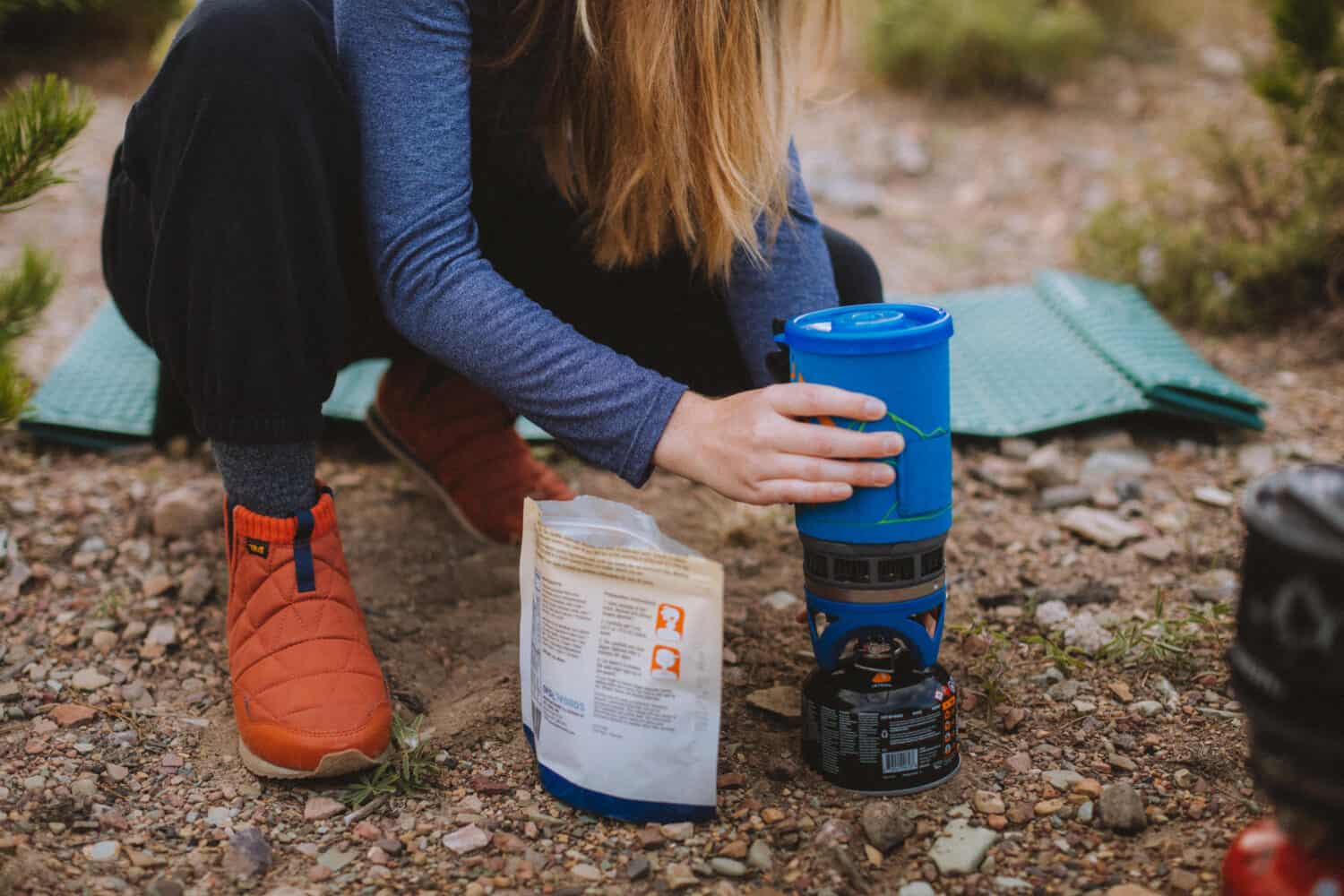
Laundry Bag
Bringing a laundry bag is completely optional, but an excellent way to keep your clean and dirty clothes separate. If you don’t have a laundry bag, you can also use a large reusable tote.
Daily use in such a small space can get pretty messy if you are car camping, so little things like laundry bags may seem small but actually make a huge difference!
Permits (If Applicable)
Some free camping locations are free for sleeping, but the area may require a permit or fee to use. This is especially true when backcountry hiking, but still also true when car camping.
It’s also true if you’d like to camp on special use land, like Native American Reservations.
We suggest calling the nearest local ranger office to your anticipated camping area to inquire about proper permits. This can be anything from a National Forest Office, State Park Ranger Station, or even the local police.
Remember, rangers, police, and outdoor service men and women are here to help you enjoy the outdoors safely and responsibly, and they have many resources to share with you regarding this!
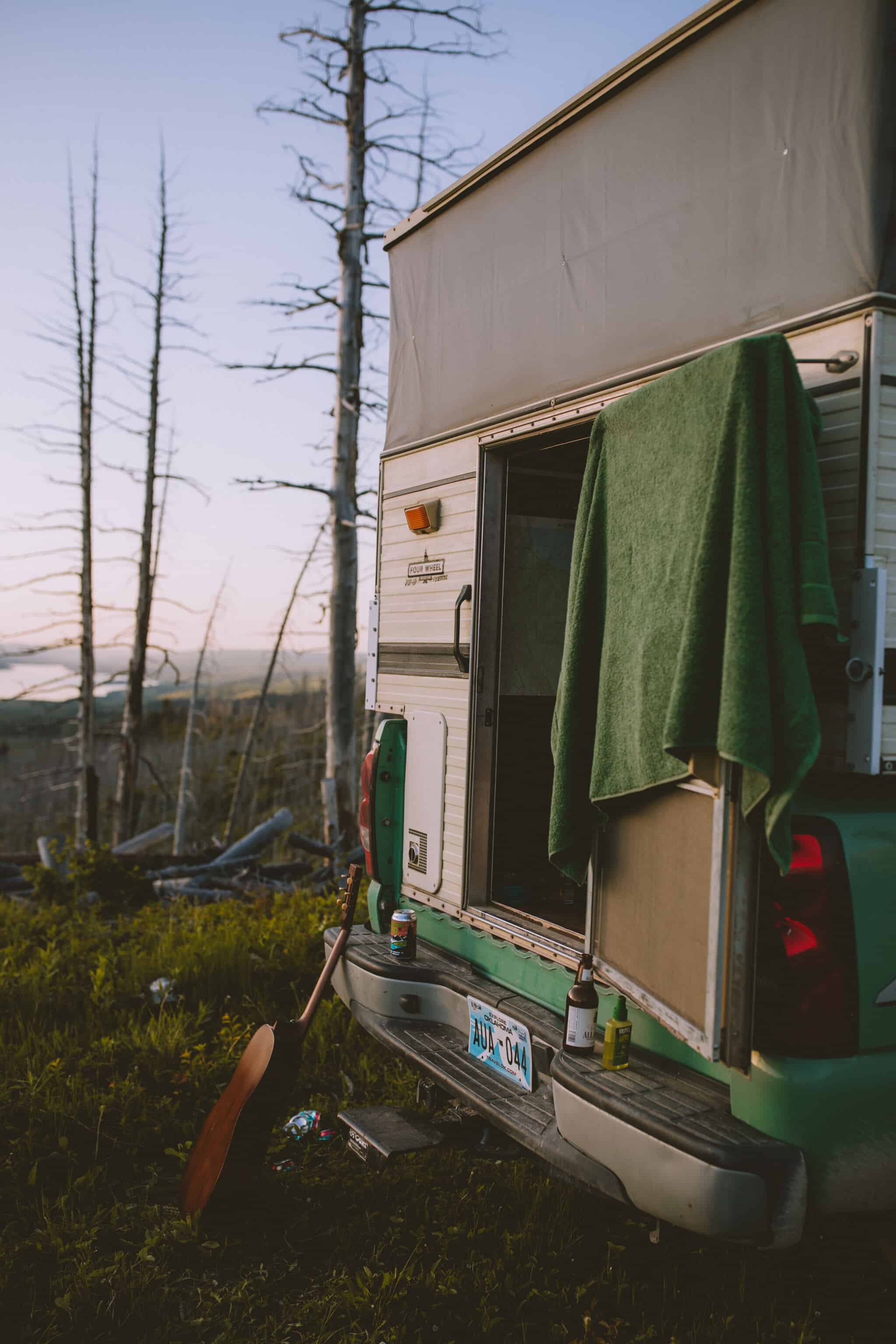
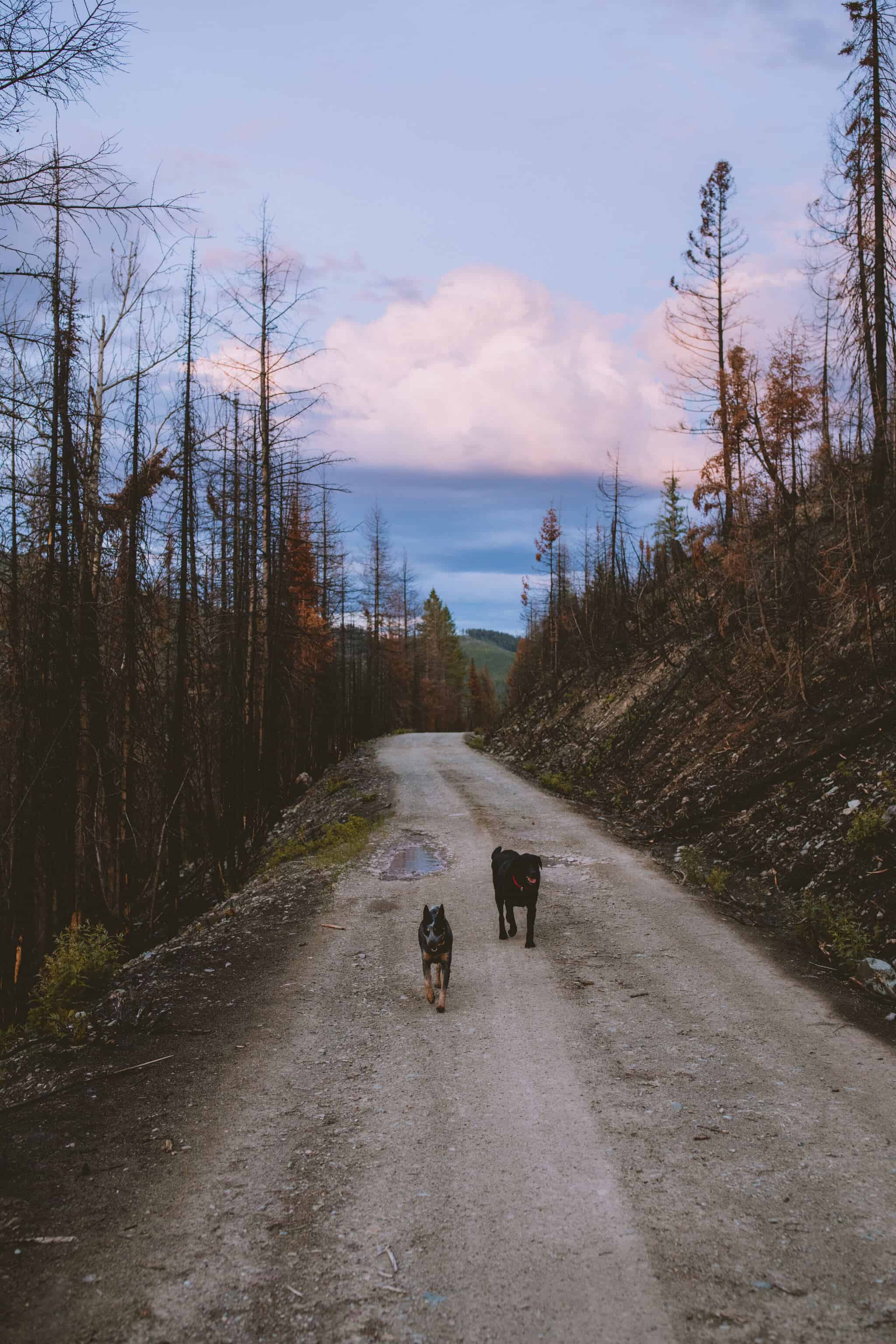
Questions To Ask Yourself About Your Free Campsite
Now, before you head out to your free campsite, there are a few very important questions you need to ask yourself and your group.
There’s not one online guide out there (including this one) that will give you all the answers to all the camping locations in the USA. It’s up to you to do adequate research, plan accordingly, and know the facts about your proposed campsite.
These questions (listed below) will help you understand some basic information about your location, and set you up for wilderness camping success.
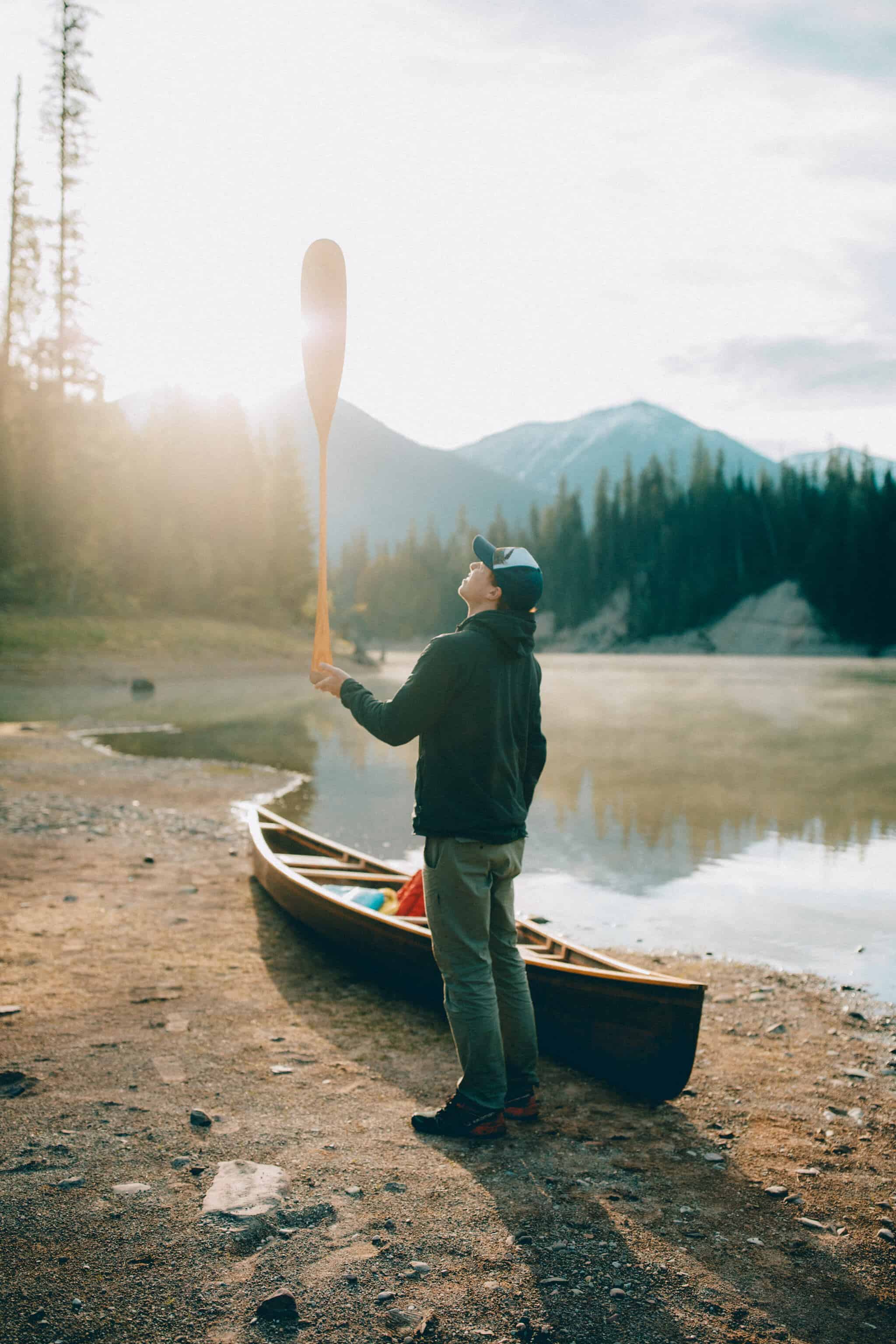
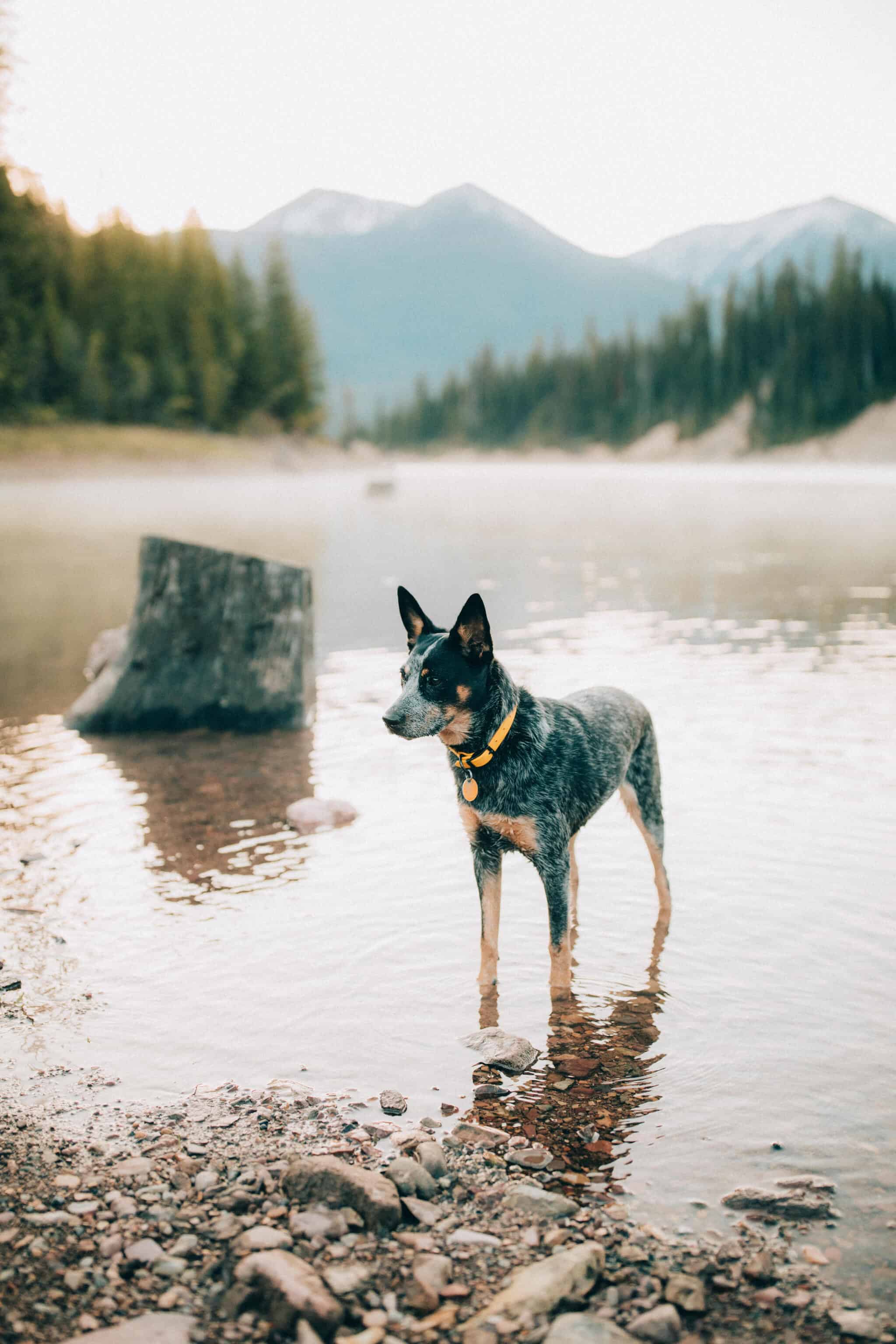
Will There Be Water? And Is It Drinkable?
If you’re car camping in the winter, you’ll likely be able to collect snow and melt it for usable water. In the other months, you’ll have to find a body of water to collect from, or bring enough in for your entire stay.
Make sure to boil water for at least 10 minutes before using for cooking or drinking! Scroll down to the bottom of our backcountry yurt camping guide for a step-by-step tutorial on how to properly collect snow for water.
No access to heat for boiling? Try packing a water filter. This one from MSR is a water pump for streams or large bodies of water, and this one is so small it can fit in your pocket!
You can also use iodine pills to drop and dissolve in drinking water, though these tend to have a metallic taste.
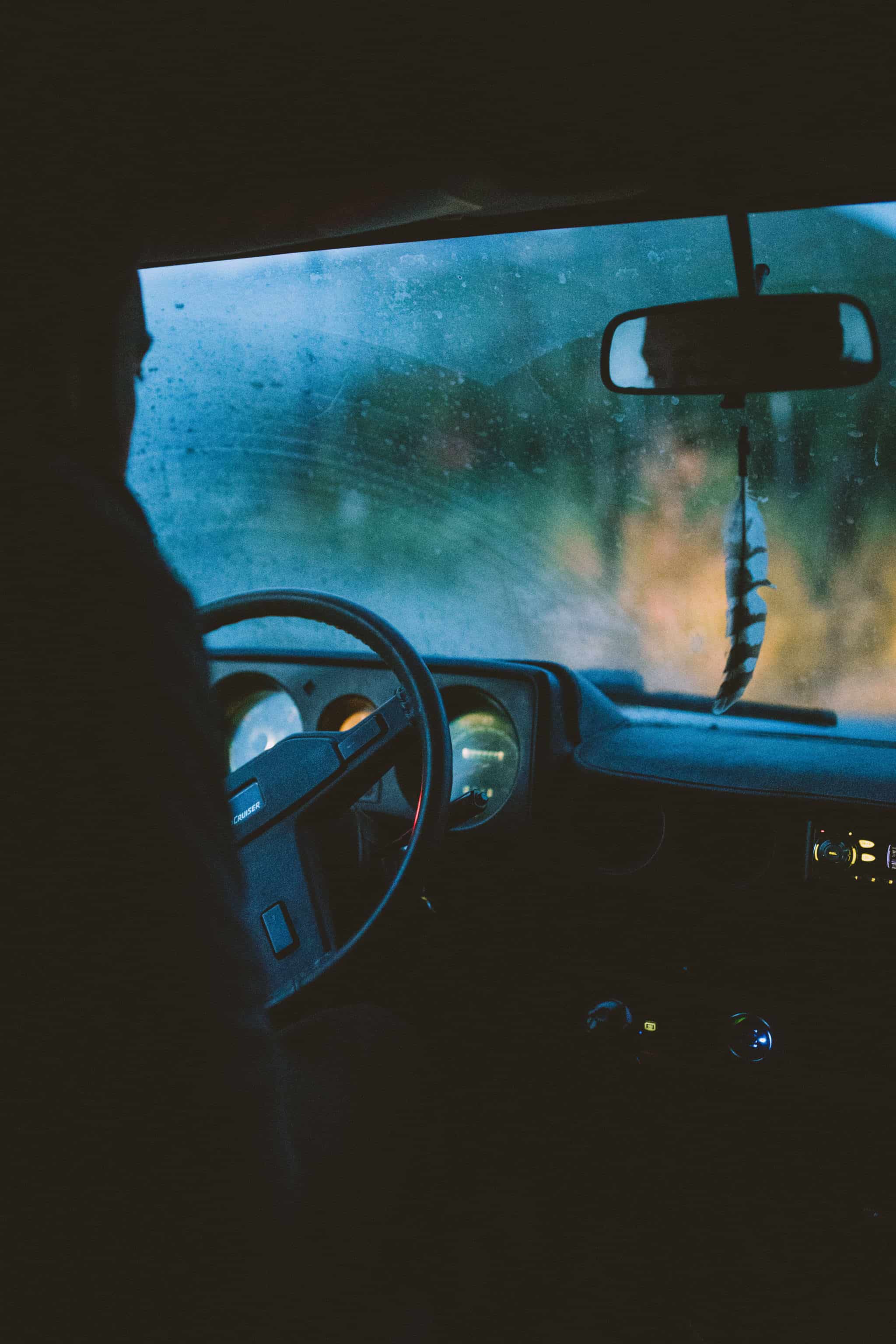
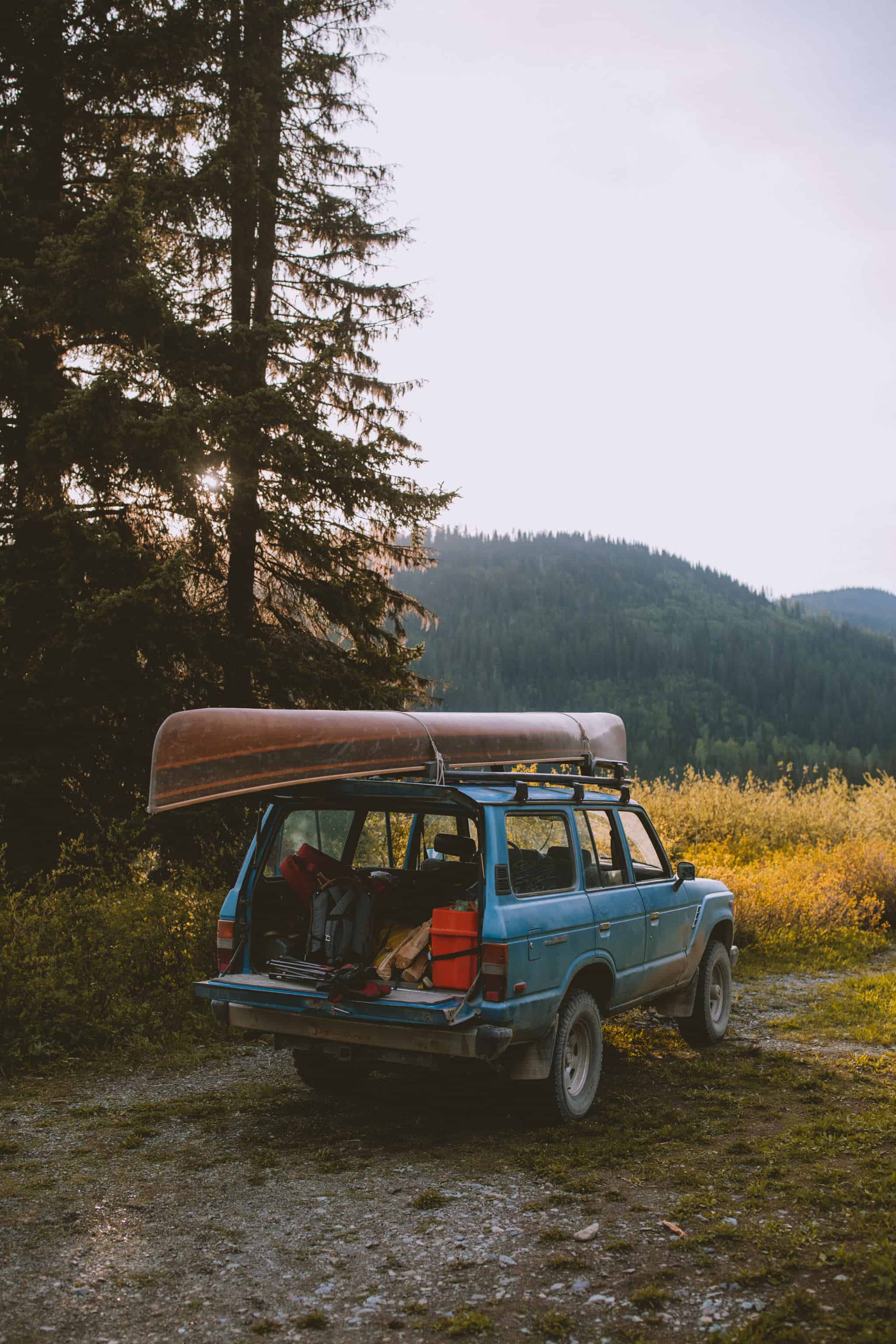
What Are The Road Conditions Like For Your Specific Camping Spot?
Road conditions to backcountry campsites are often infamous for being terrible, rocky, and unmaintained.
Make sure to read up on your free camping area before you head out. Camping apps like The Dyrt have forum boards to discuss the latest status of camping areas, as well as extensive reviews to read before your trip. In short, it’s worth searching around on a few forums to find out the latest conditions. Try their pro membership free for 30-days when using our code MANDAGIES.
Additionally, make sure to check the weather and call a local station to see if there have been any road closures or washouts. These factors can greatly determine the current road conditions at your site!

Where Are The Nearest Amenities / Emergency Resources?
Shit happens. You don’t plan for it, and certainly don’t ask for it. To be safe when backcountry camping, it’s important to know where the nearest hospital is, and where you can get cell service to call for help.
If you’re going deeeeep into the wilderness, consider carrying a satellite communicator. Garmin created this one which includes a GPS tracker, navigation, satellite messaging, and SOS capabilities.
It’s also smart to carry two-way radios for easy communication with your party. These ones from REI extend 26 miles and are very affordable.
Finally, let someone know where you’re going, even if it’s a brief overview. The more information you share about your trip, the safer you can be.
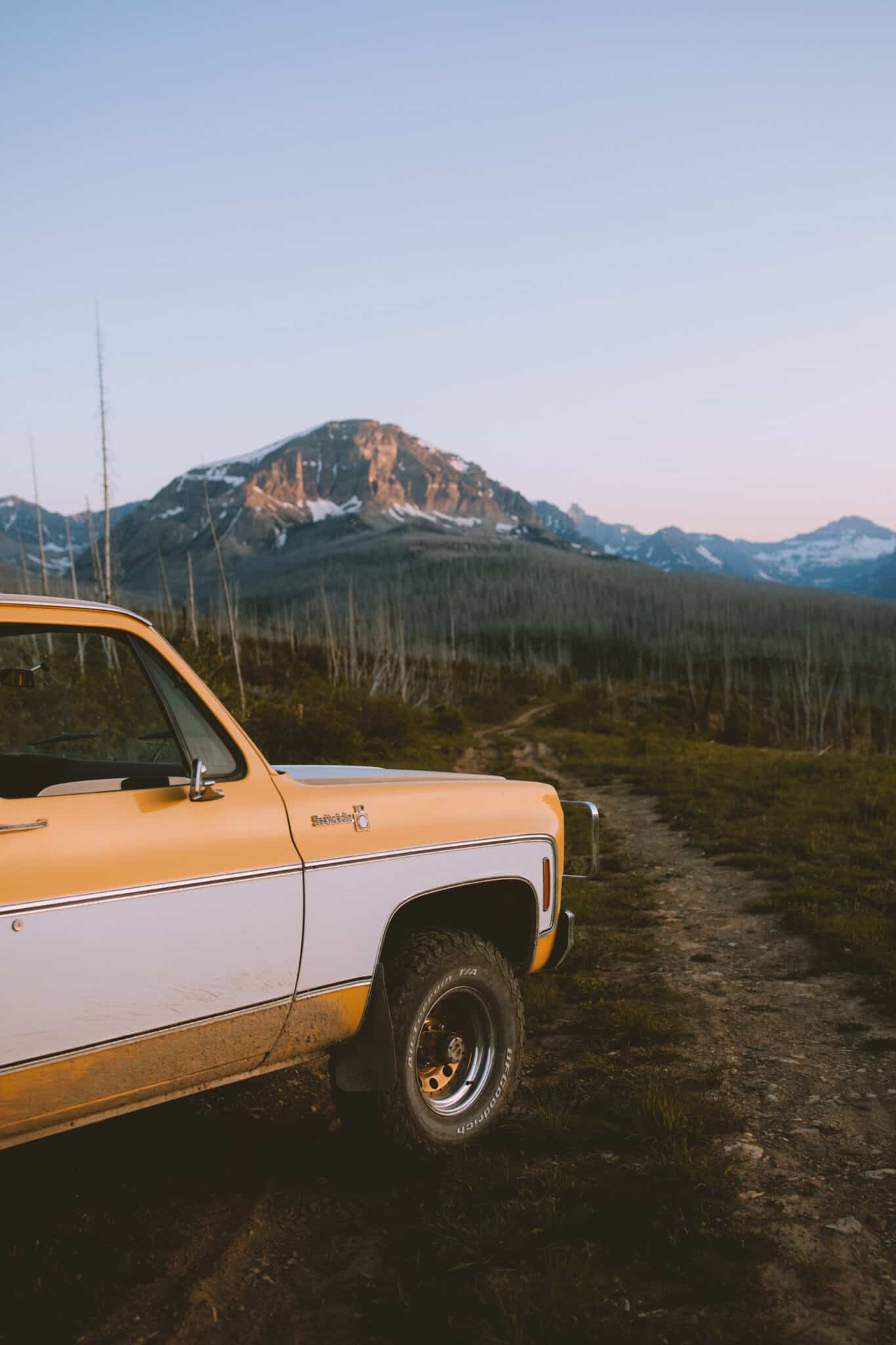
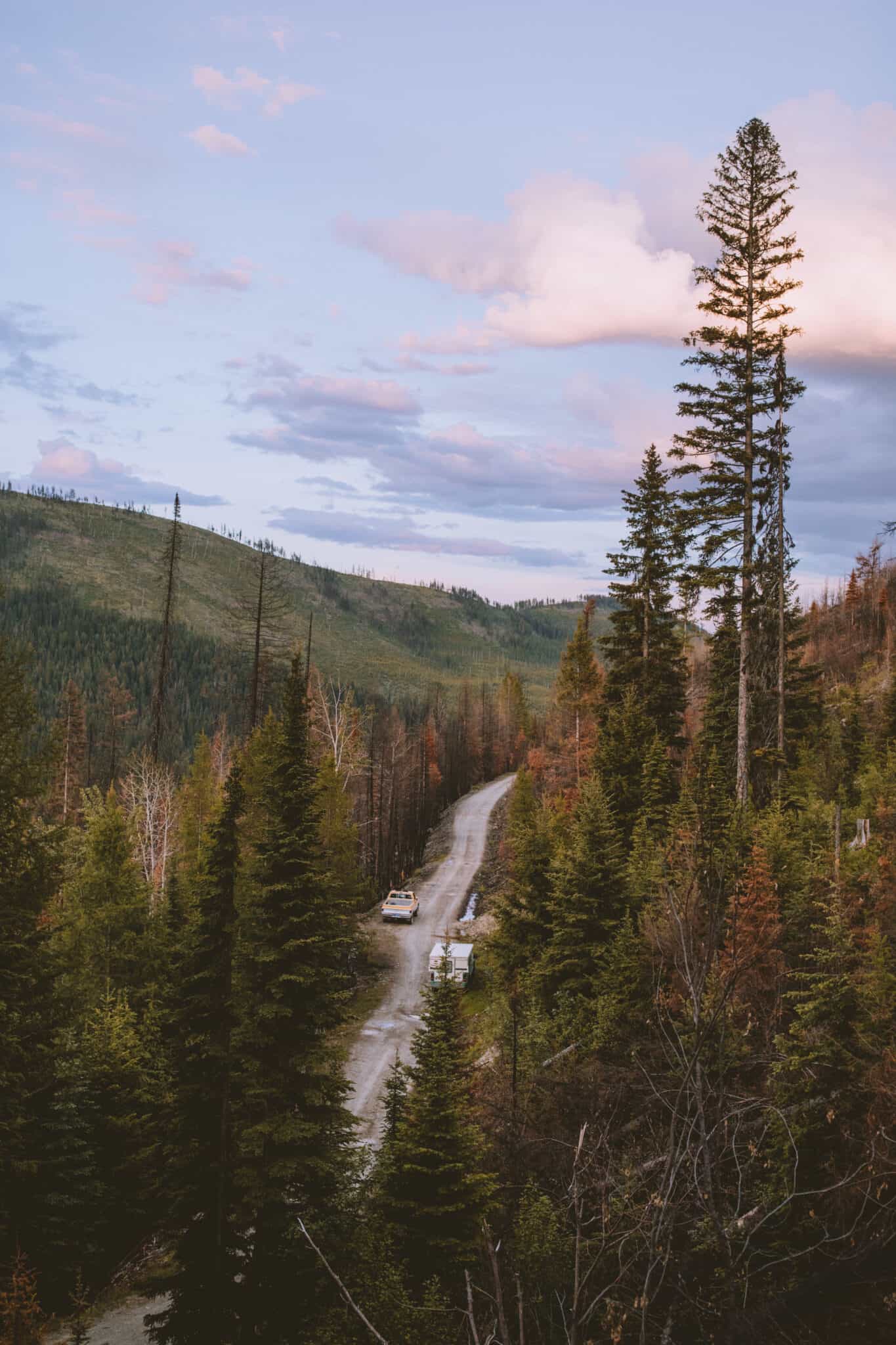
Is There Any Cell Coverage When Camping For Free?
Cell service when backcountry camping is variable. We came upon excellent service at free campsites near Joshua Tree National Park but definitely didn’t have any when camping at Death Valley National Park.
A good expectation to set for yourself is to not have any cell service while backcountry camping. If you need directions and are relying on your phone, consider these alternatives:
- Saving an offline map from Google Maps (our favorite choice)
- Getting a paper map from a local ranger station
- Getting a GPS tracking device, like this one from Garmin.
People have been camping for free long before cell phones were invented. It’s possible to have a successful trip without cell coverage, and it may even be a nice break from being constantly connected!
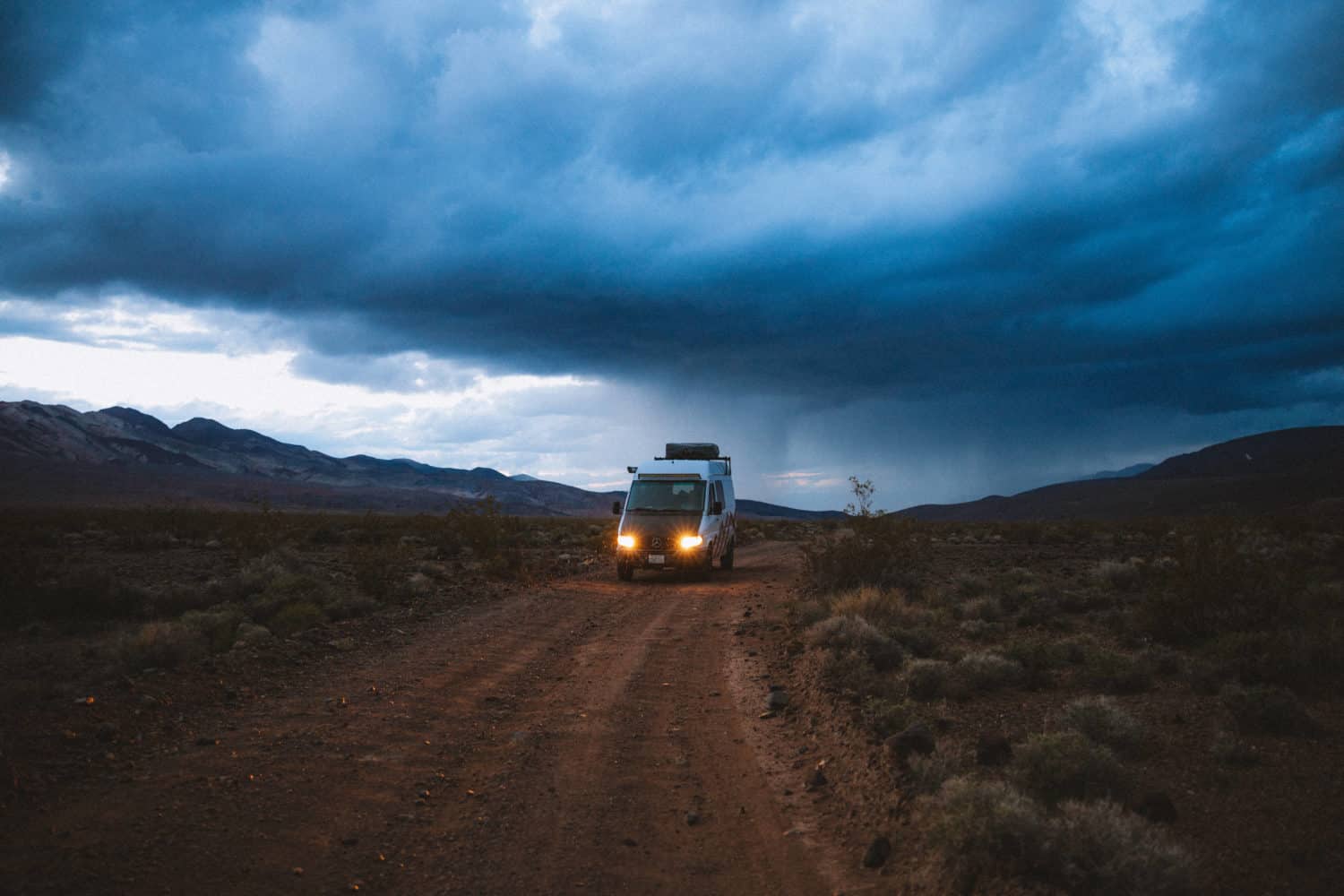
Do You Need A High Clearance Vehicle To Get To Your Free Camping Area?
Many dirt roads to backcountry campsites are infrequently maintained. For this reason, we generally recommend that campers traveling deep into the wilderness be equipped with a 4-wheel drive vehicle.
We encourage you to do some research on your desired camping area and determine if you’ll be traveling on side roads, forest roads, or unmarked territory.
You can find information on previously used free campsites at places like Allstays.com, the iOverlander app, and FreeCampsites.net to name a few.
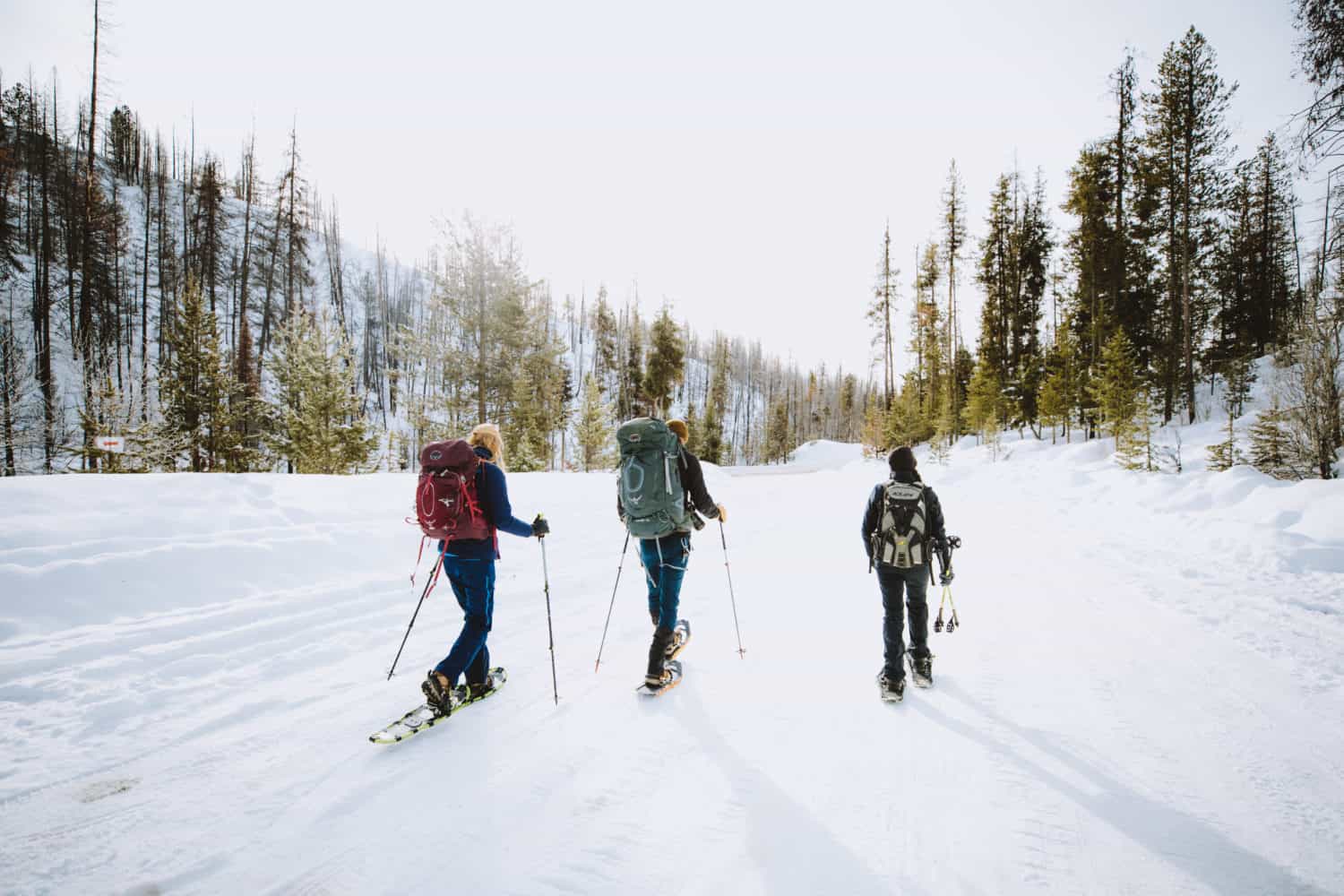
Does Your Campsite Require A Hike In?
If you’re the extra adventurous type, you can find some free camping spots way in the backcountry – on foot.
Often, these places require driving down a forest road, leaving your car, and packing your gear down a separate trail on foot. This type of free camping requires a lot of research and preparation.
For this, we’d consider directing you to a backcountry hiking guide, like this incredibly well written one by Renee Hahnel.
Note: If you will be camping out of sight from your vehicle, hide any valuables or take them with you. Never leave items in your car for risk of them being stolen.
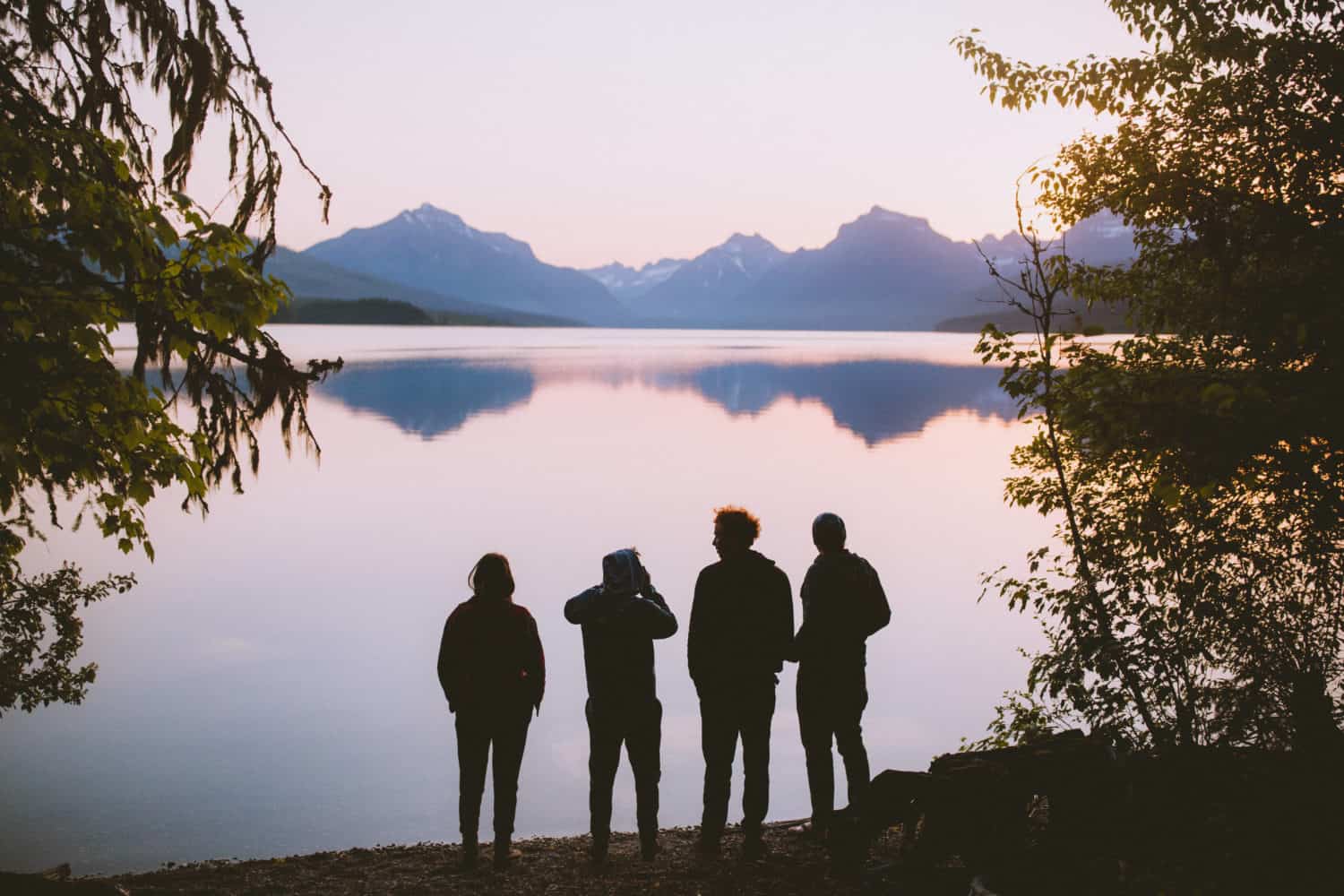
How Many People Are In Your Group?
Some locations have a limit. You’ll most likely find a limit in National Parks, but it’s always good to check and see if your local area has a max capacity for people camping in the same place.
Online Resources To Find Free Camping Spots
Online Forums
There are so many helpful sites on the internet to discover free camping!
Below, we’re sharing some of the most trusted sites on the web, as well as a few smartphone apps for searching on the go.
- FreeCampsites.net: Shares everything from Home Depot parking lots to off-road places deep in the forest.
- iOverlander: A genius iPhone app that shares an offline map to free places. Especially great in the American Southwest.
- Campendium.com: Lots of maps and pictures of sites. Especially helpful for RV campers.
- Boondocking.org: A little more technical, and must have GPS coordinates to find free camping. An iPhone app is also available.
- Allstays.com: This site includes free camping, paid camping, and even rooms. Easily searchable by state.
- The Complete Guide To Sleeping In Your Car: Everything you need to know about car camping!
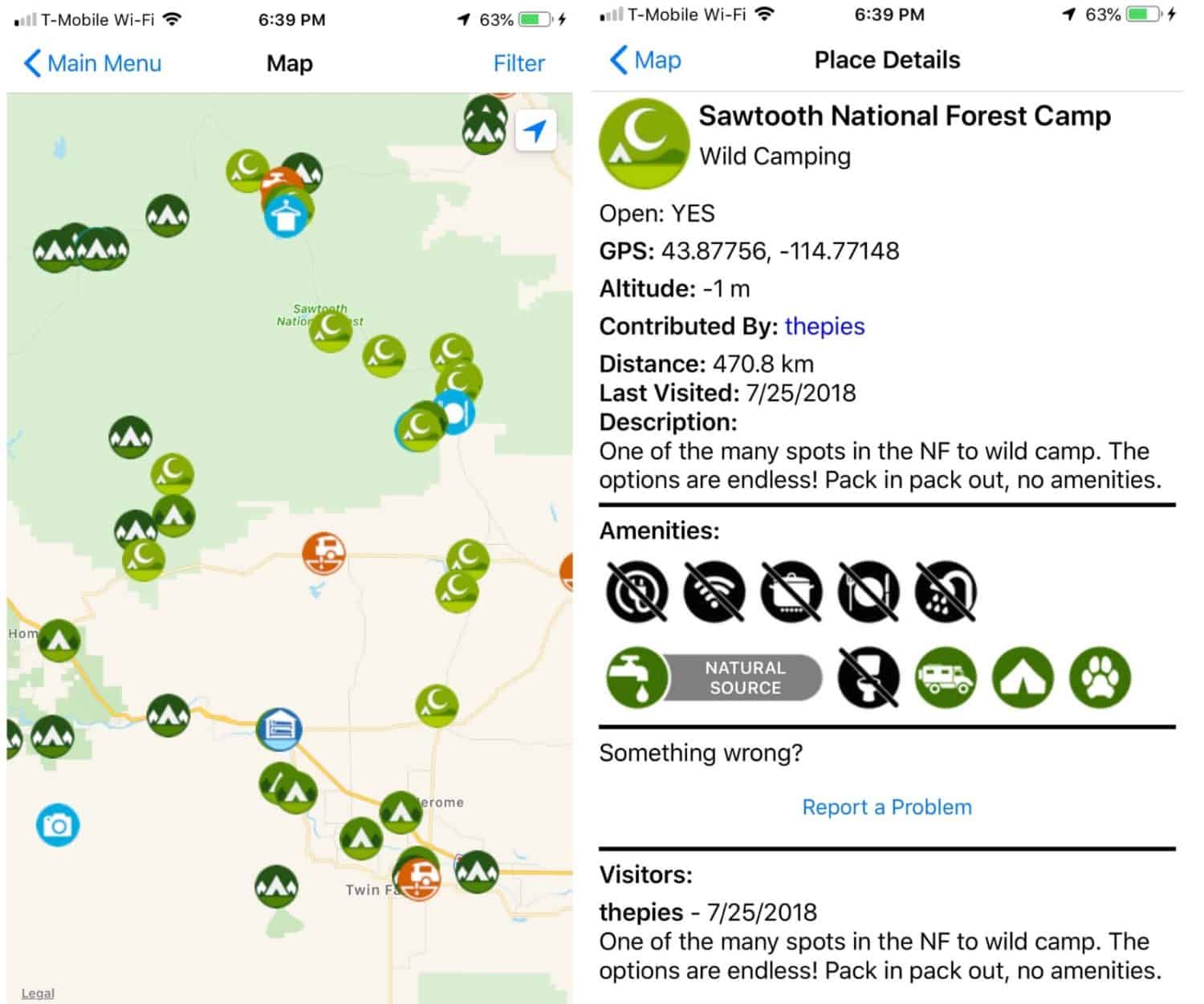
Google Earth / Google Maps
When in the researching phase of finding free places to camp, Google Maps on satellite view very much comes in handy!
While Google is a good source to use, be aware that they infrequently update their photos to reflect the current conditions – every 2-3 years for the street view and less for more rural areas. However, what you’ll be using in your camping search will be satellite photos, so street views aren’t much of a concern.
Zoom in on the GPS coordinates of your anticipated camping spots, to see if you can spot other cars using the site, and things like fire pits or parking spaces off the road. This will help you know what to expect when you arrive!
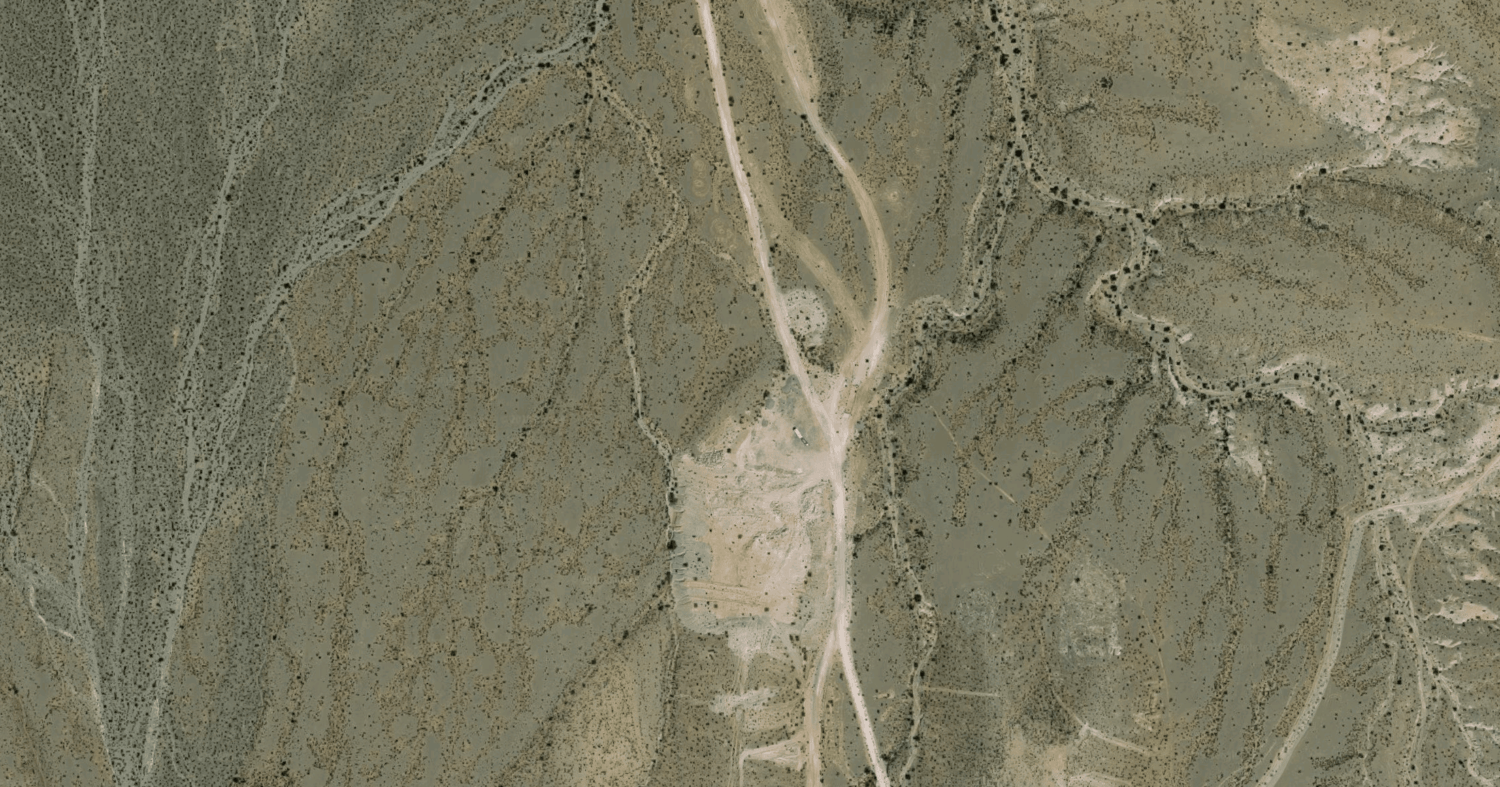
Public Lands App
This US Public Lands app was created by Two Steps Beyond on a mission to help shed some light on the difference between public and private land borders. It’s also in place to share where you are able to camp legally. The program is $2.99 in the iTunes App Store.
This doesn’t show specific campsites per se, but this app will let you know specifically if this land is allowed to be used for camping 0r other recreational purposes.
The US Public Lands app is useful to double check that you are camping in a legal area. It’s also handy to use if your proposed free campsite is on the borders of National Parks, National Forests, or even private land.
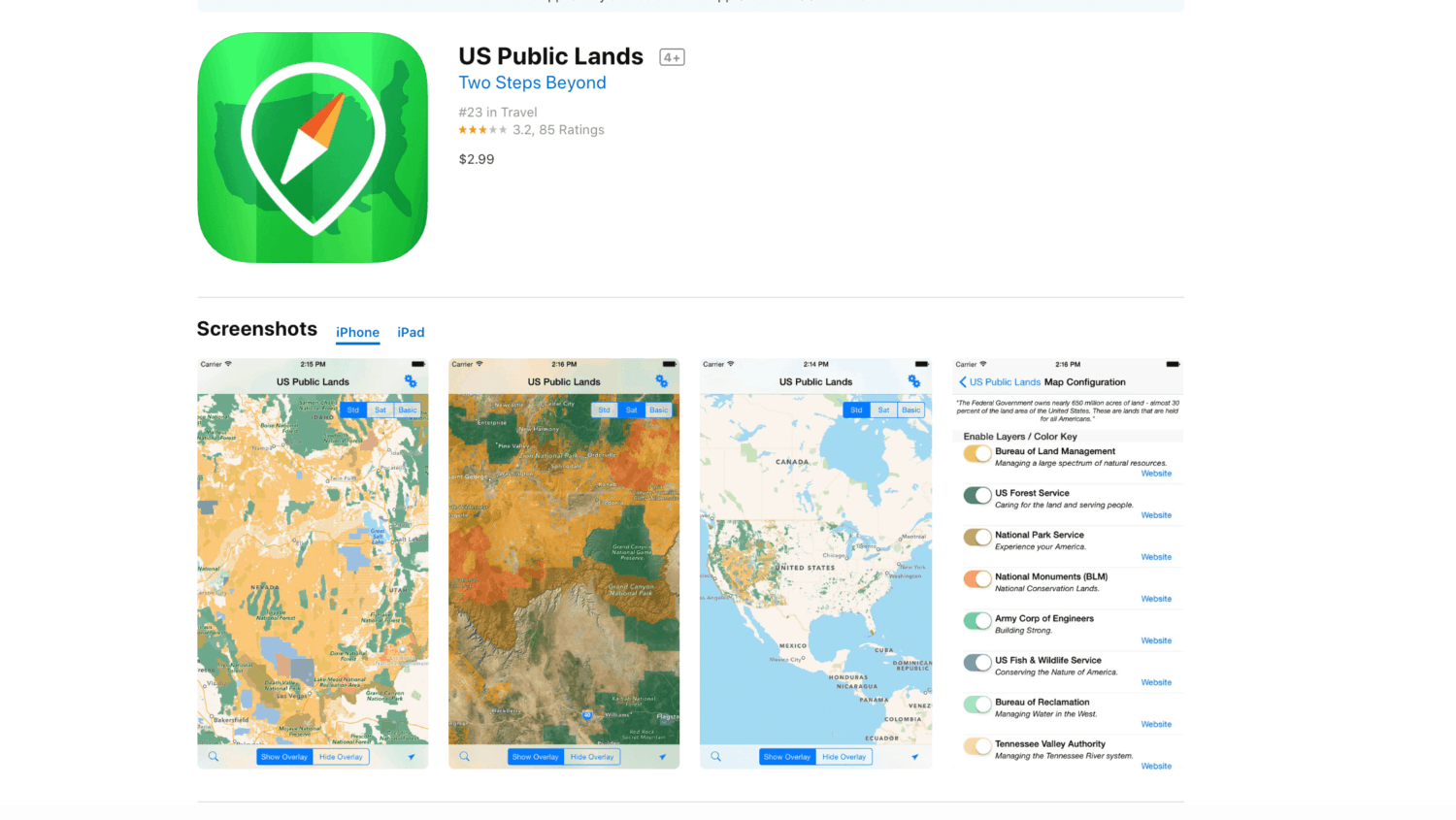
Forest Service Website
Just starting your journey to camping for free and struggling with where to start?
We suggest starting at the U.S. Forest Service website. Here, you can narrow down your search to the National Forest or grassland closest to you.
From there, you can determine which roads are okay for dispersed camping, and maybe even call the ranger station to gather more information! This website is an easy, trustworthy, and free resource to use for your upcoming camping trip.
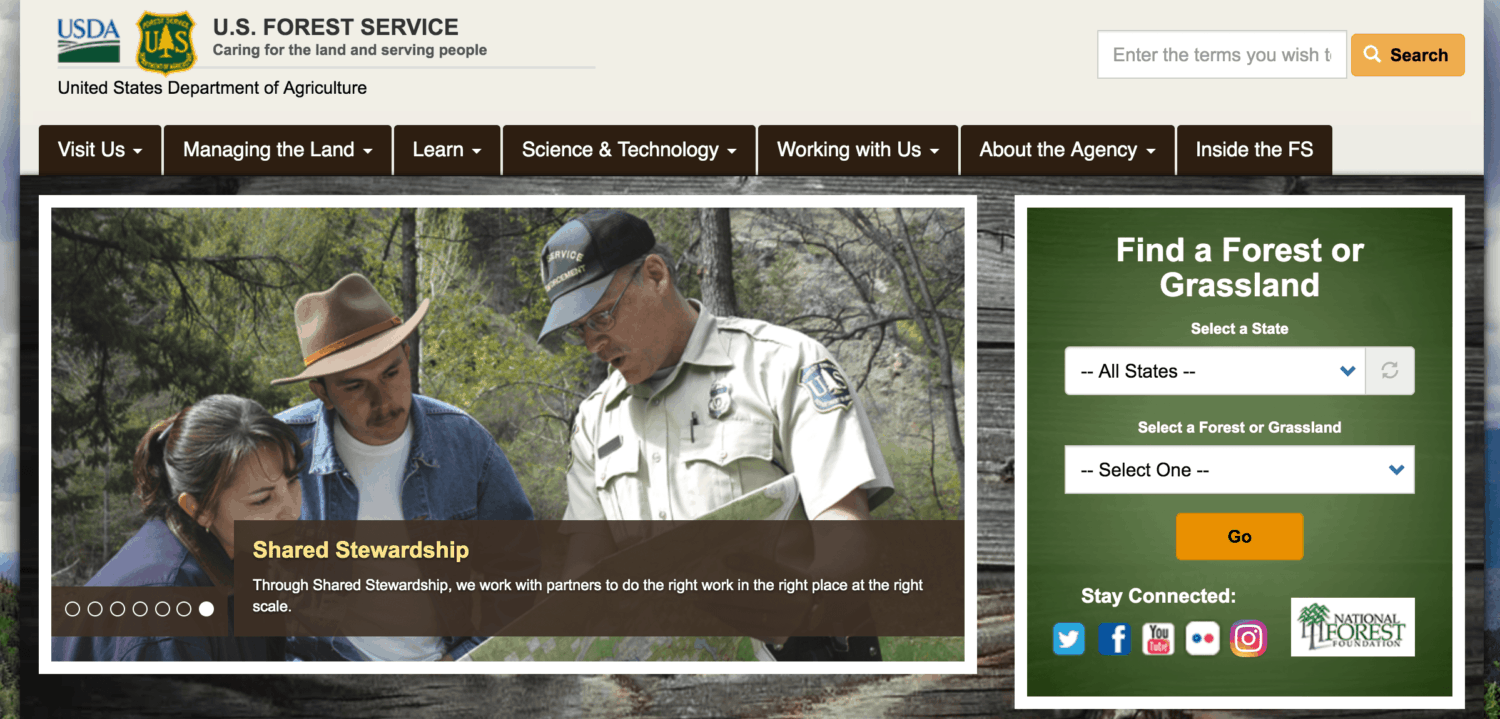
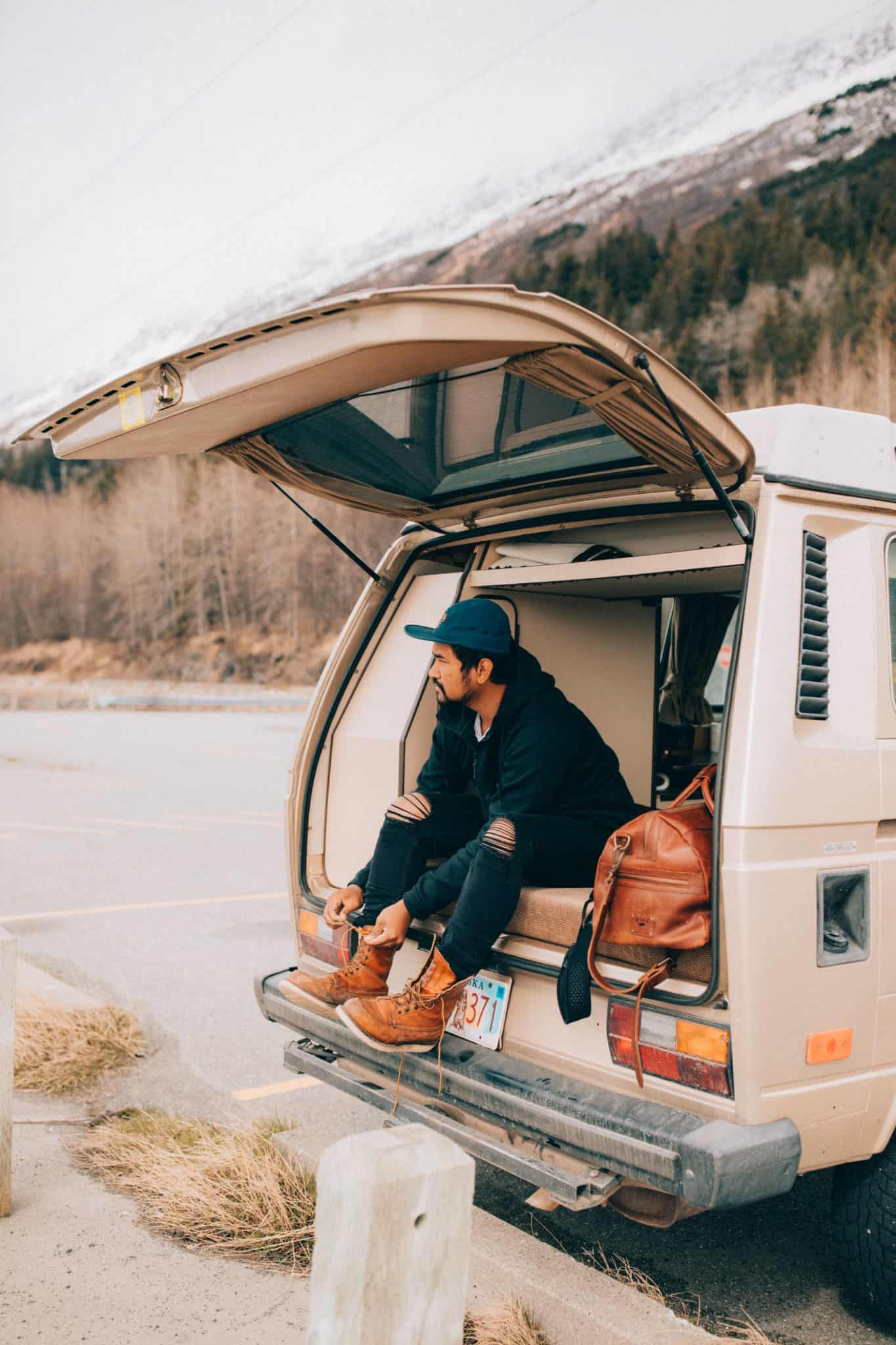
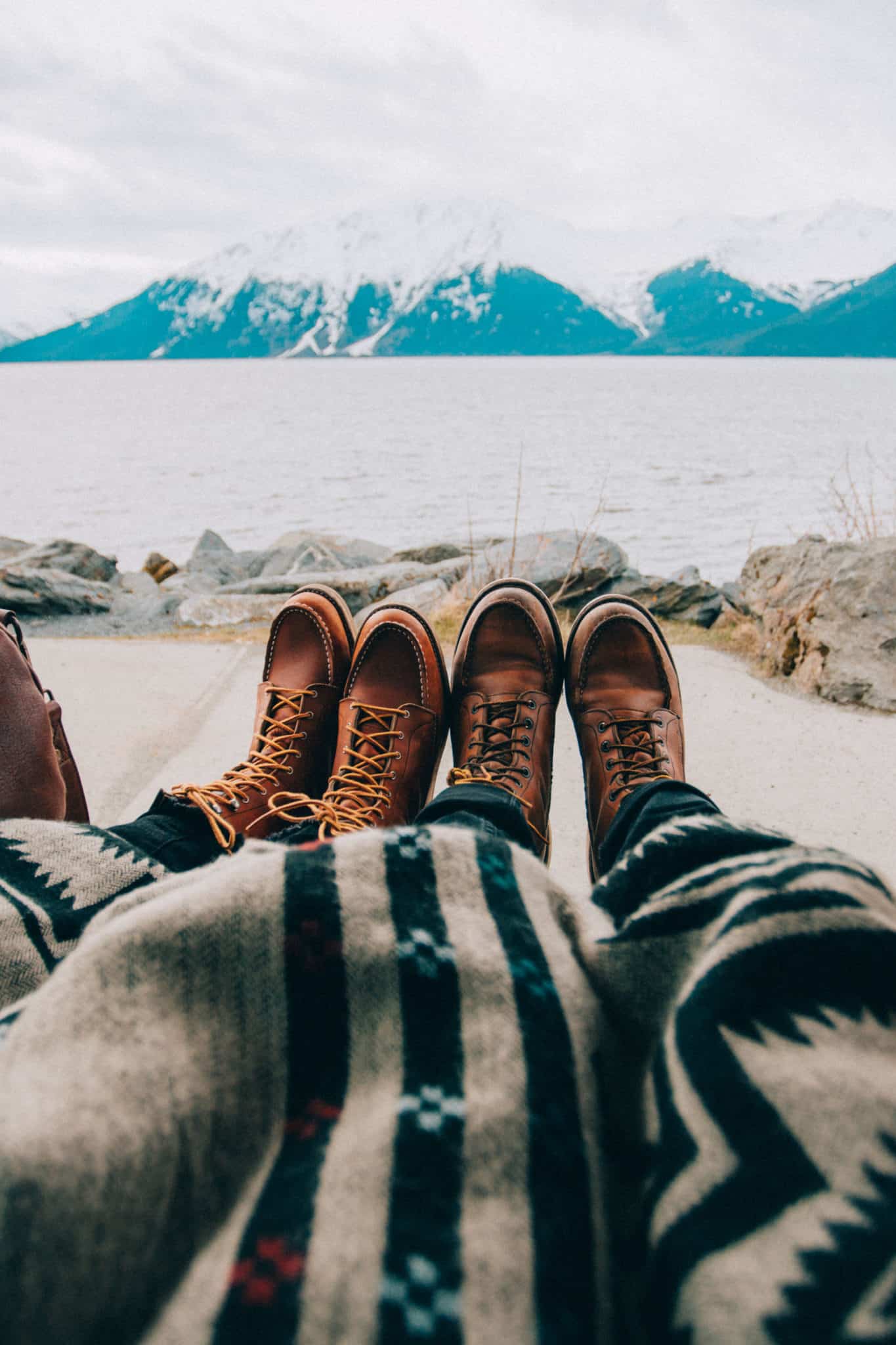
Helpful Guidelines For A Successful Disperse Camping Trip
Like almost anytime you are staying outside your home, free camping is going to come with challenges (but also great advantages too!).
Here are some important things to consider before finding free places to camp.
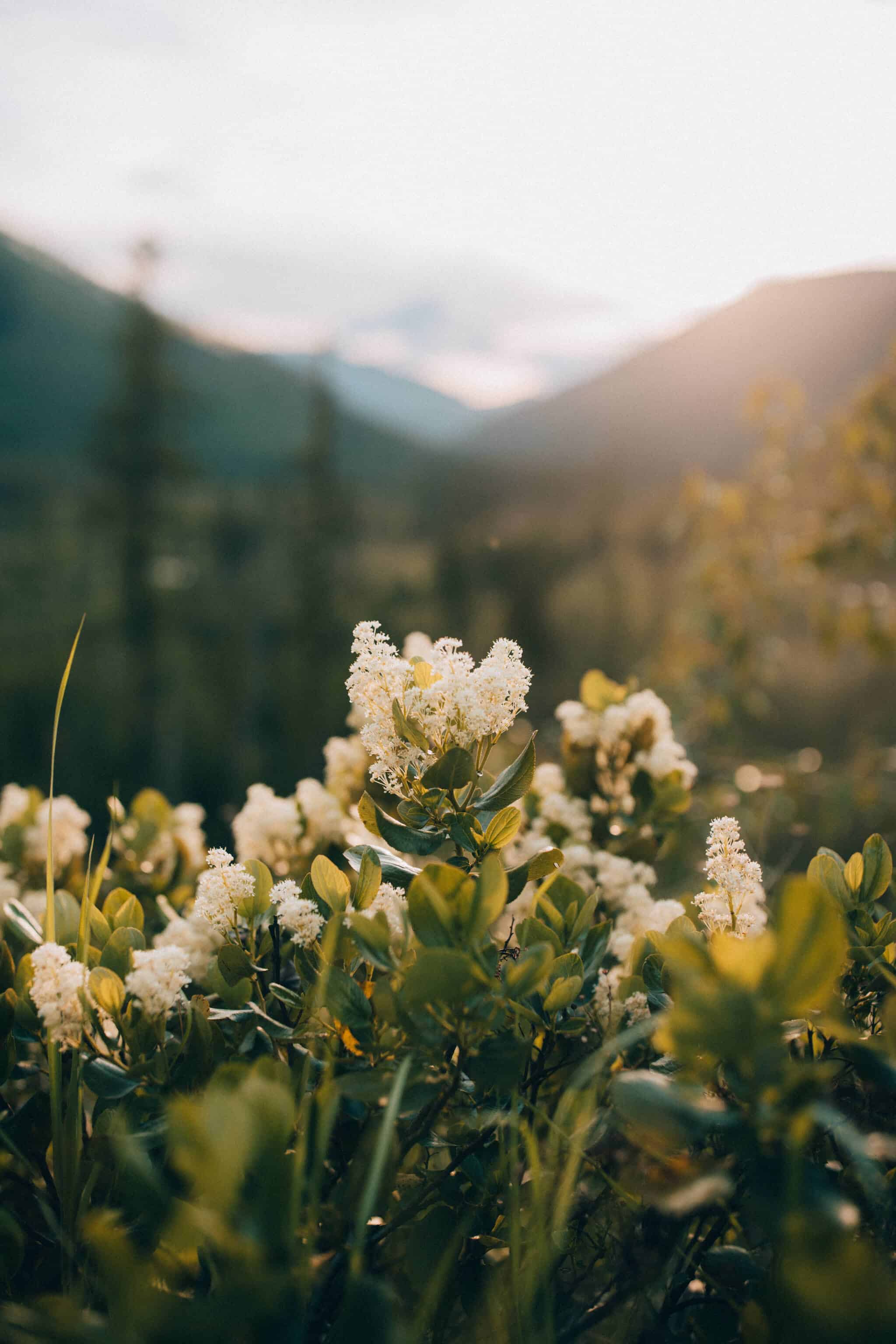
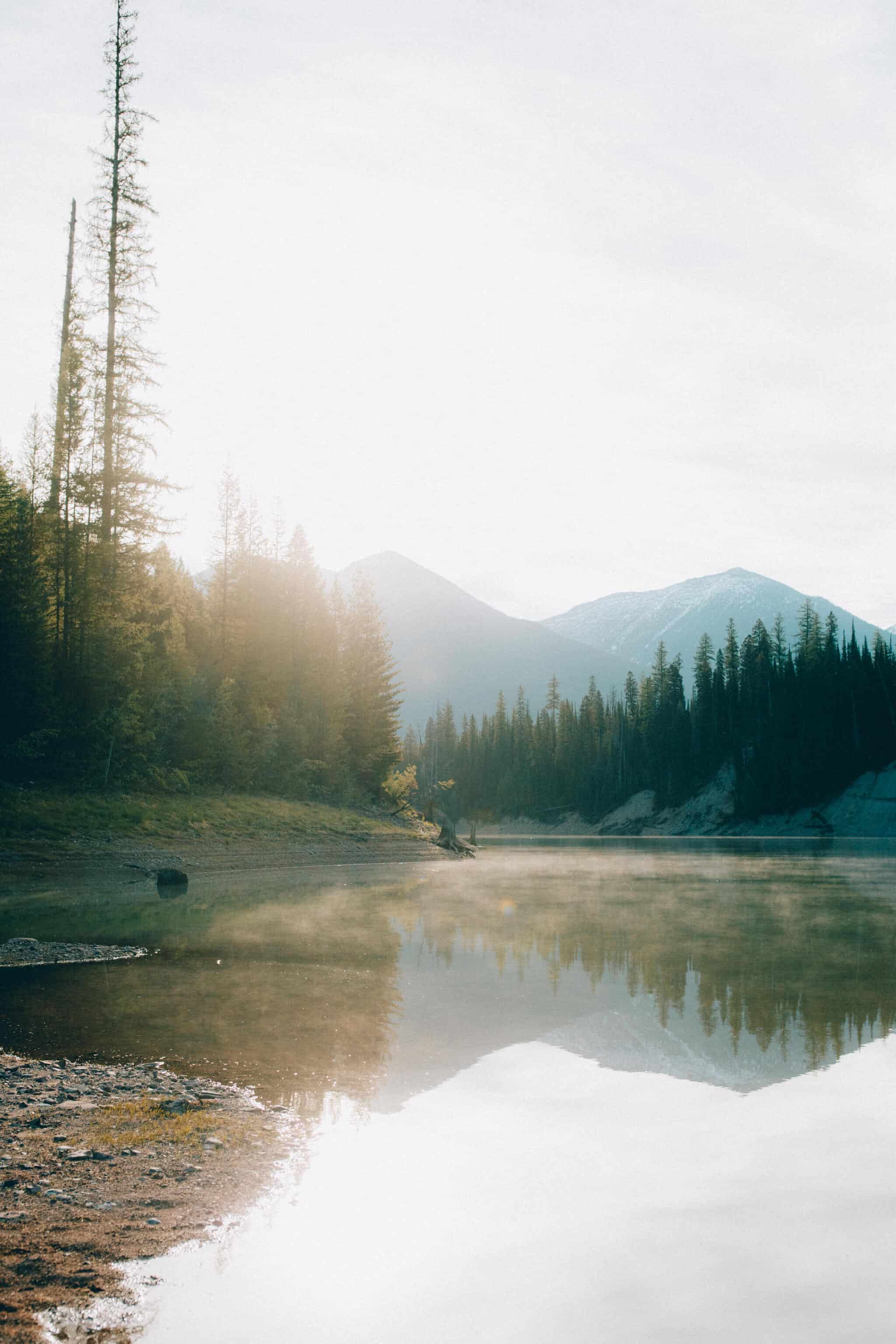
1. Leave No Trace
If you love the outdoors, it’s likely you’ve heard the phrase “Leave No Trace”. This essentially means leaving a location as if you had never been there.
Here is an overview of the Seven Principles of Leave No Trace:
- Be Courteous To Others In The Outdoors – We all come for our own reasons, so respect each other’s time and space
- Respect Wildlife – Don’t ever feed the wildlife and keep your distance
- Keep A Low-Profile Fire – Keep fires small or bring a portable camping stove, and use the fire rings already in place
- Don’t Disturb Nature – Don’t collect sticks, leaves, etc. and leave nature the way you found it
- Properly Dispose of Waste – Pack out your garbage, know how to properly poop, and wash away from water sources
- Travel And Camp On Durable Areas -Walk on established paths and camp away from lakes and streams
2. Call The Ranger
Have questions? Call the ranger. Let them know you’re looking for primitive camping, dispersed camping, or backcountry camping spots.
Individual forests may have their own regulations and restrictions (some BLM lands, too) so calling ahead will help you answer your questions about how the space can be used.
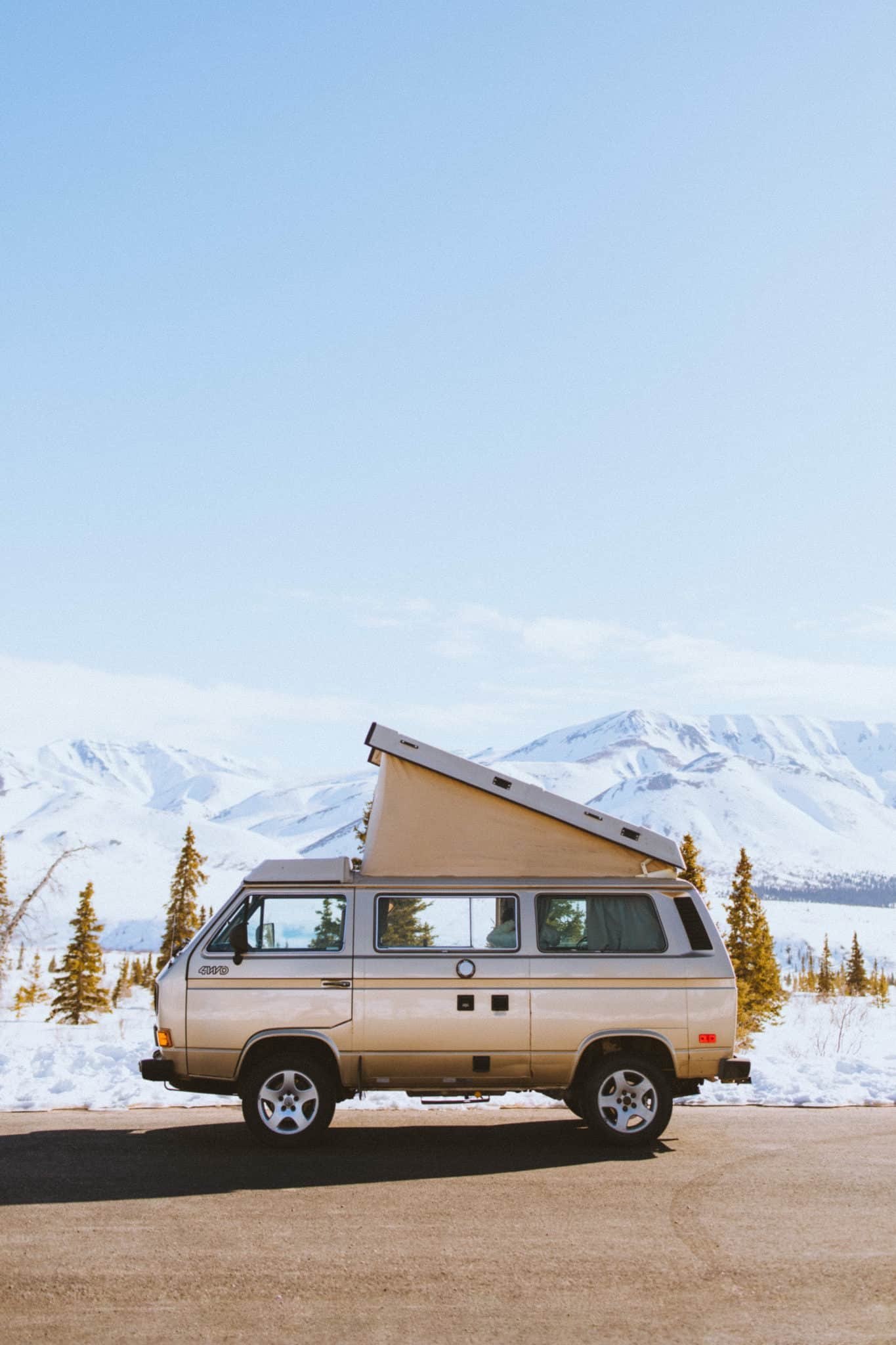
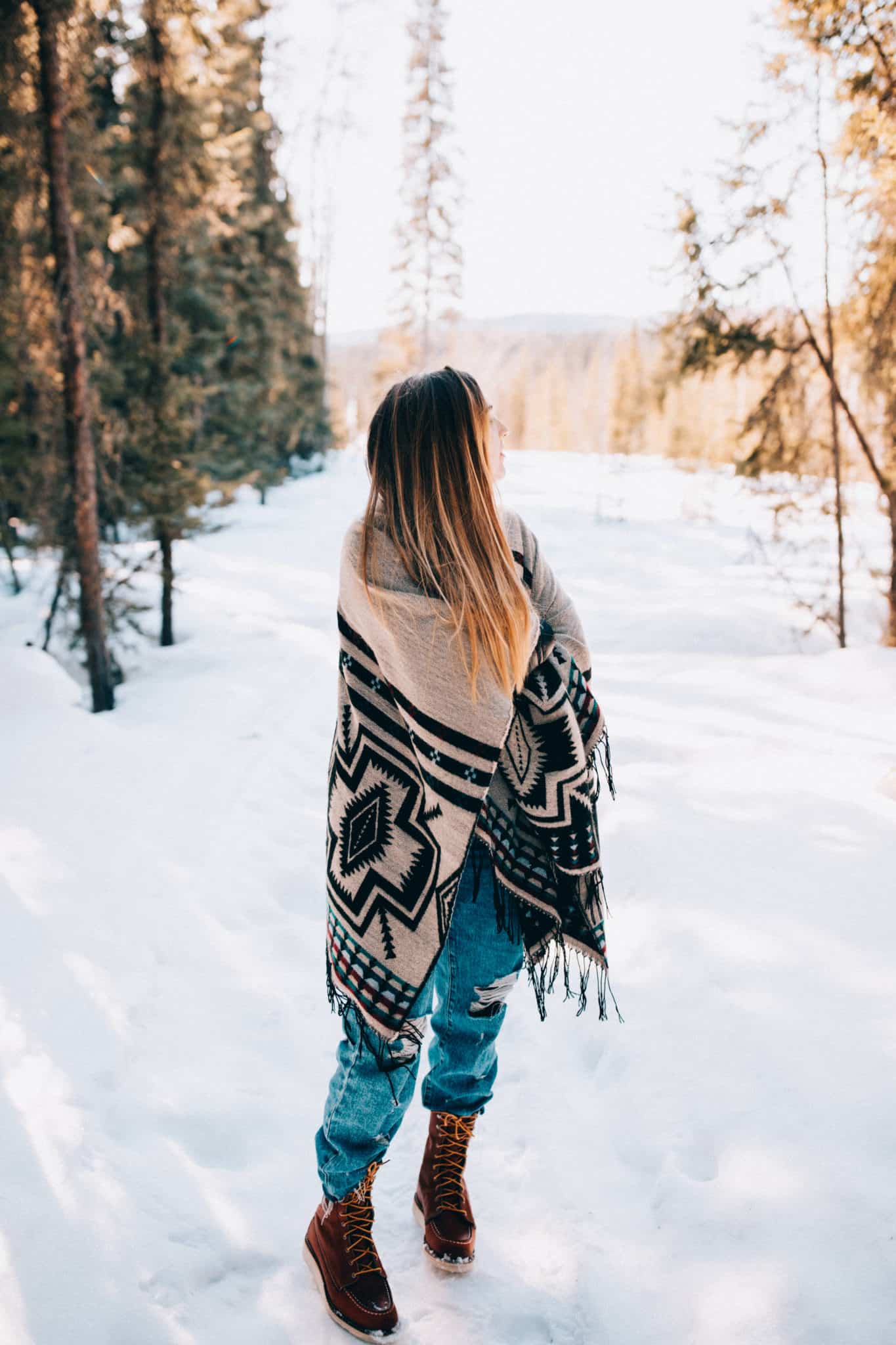
3. Pack More Water Than Necessary
When at a dispersed campground, water can be hard to come by. If you are lucky enough to have a free camping spot located next to a stream, you can choose to use the water for drinking.
If you decide to collect water from a source for cooking or drinking, make sure it’s properly filtered. There are lots of backcountry water filters to choose from and they are all based on what type of camping trip you are taking.
If you’re not comfortable using water at your free campsite, you always have the option of packing enough water for you and your party. It’s suggested to pack 2 liters of water per person per day.
We suggest bringing these packable large 7-gallon jugs with the spigots to reuse and refill over and over again.
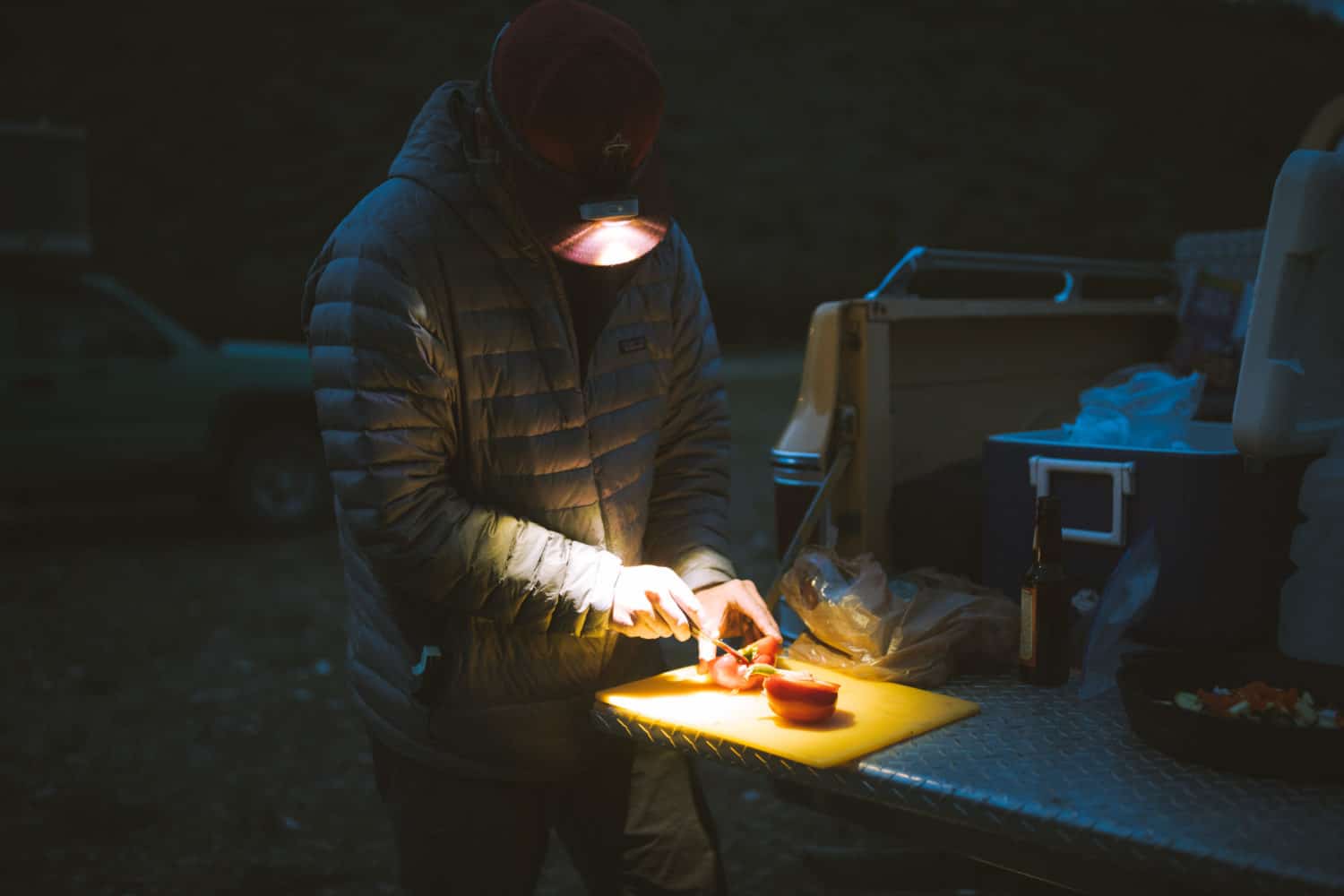
4. Plan Your Meals In Advance
It’s important to know whether you are allowed to cook by a fire, or if fires are prohibited at your free campsite. Knowing if there is a fire ban will determine what kind of meals to pack!
The easiest way to cook camping meals is with dehydrated food. They are usually self encased and only require hot water to prepare.
We prefer to use our Jetboil for quick water heating. Pour the proper amount of water in the top, light the butane spark, and water is heated up in just about 1 minute flat!
We’ve also created a blog post with delicious and easy meals to make while camping!
If you are camping in an area with a potential for bears or other wildlife sightings, make sure to store smelly food and toiletries in a bear canister.
Store the canister 50 feet away from where you’ll be sleeping, and hang it off the ground by tying it to a rope hung on a tree.
5. Use The Bathroom Before You Reach Your Site
How long will you be away from a bathroom? If you will be staying at your free camping spot just for one night, you can simply find a nearby gas station or convenience store beforehand.
However, for longer wilderness stays or in emergencies, you’ll need to know the proper way to poop outside.
For more tangible advice, read out 14 tips for staying clean when camping, where we specifically talk about pooping, showering, and other essential camping hygiene tips.
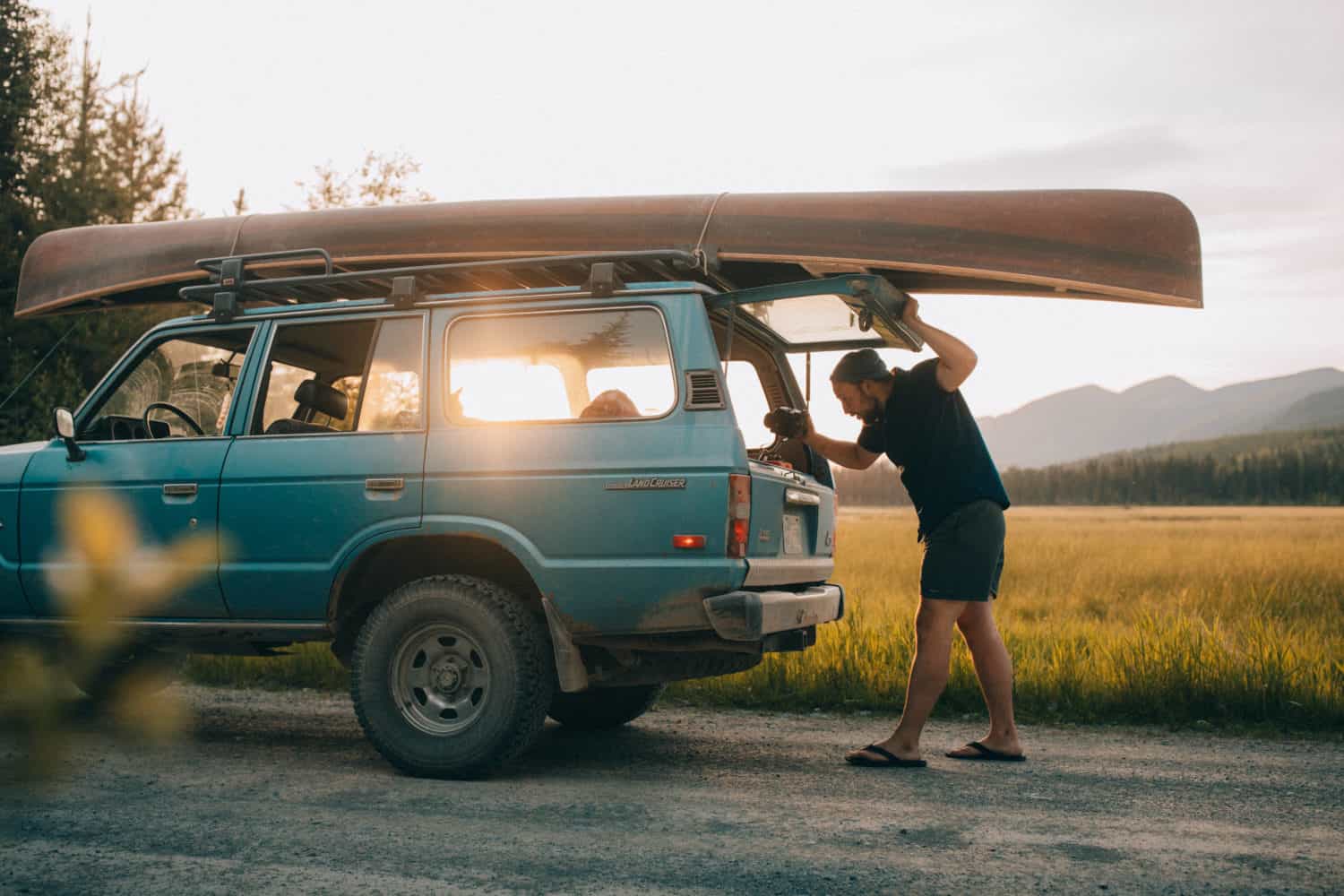
6. Carry Out What You Carry In
In order for these free camping areas to be enjoyed by future visitors, it’s essential for you to carry out any trash you bring in.
Consider packing extra trash bags too, in case previous users left their own mess behind. Showing respect for these places will set the standard for the next campers.
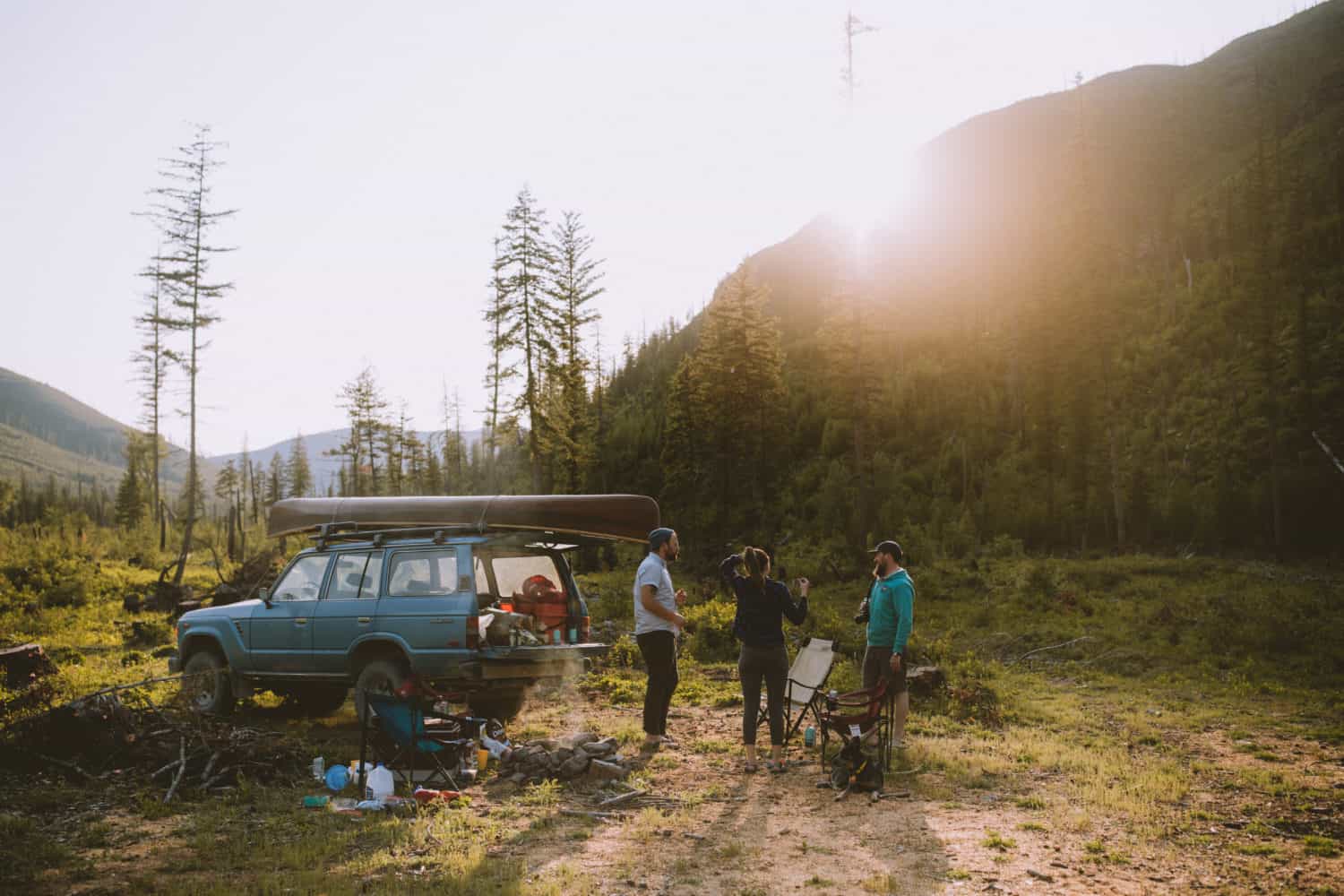
7. Tell Someone Where You Are Going
Have you ever seen or read the memoir 127 Hours? We don’t mean to scare you, but this guy didn’t tell anyone where he was hiking and nearly died out in the wilderness.
Even if it’s a last minute visit, it’s important to share with at least one other person where you are going, who you’ll be with, and how long you’ll be staying. If you can, provide them with GPS coordinates of your campsites.
Not very good at remembering to fill people in? If you have an Apple phone, turn on the Find My Friends app for your loved ones and friends.
This will automatically update them with your recent coordinates, so you don’t have to!
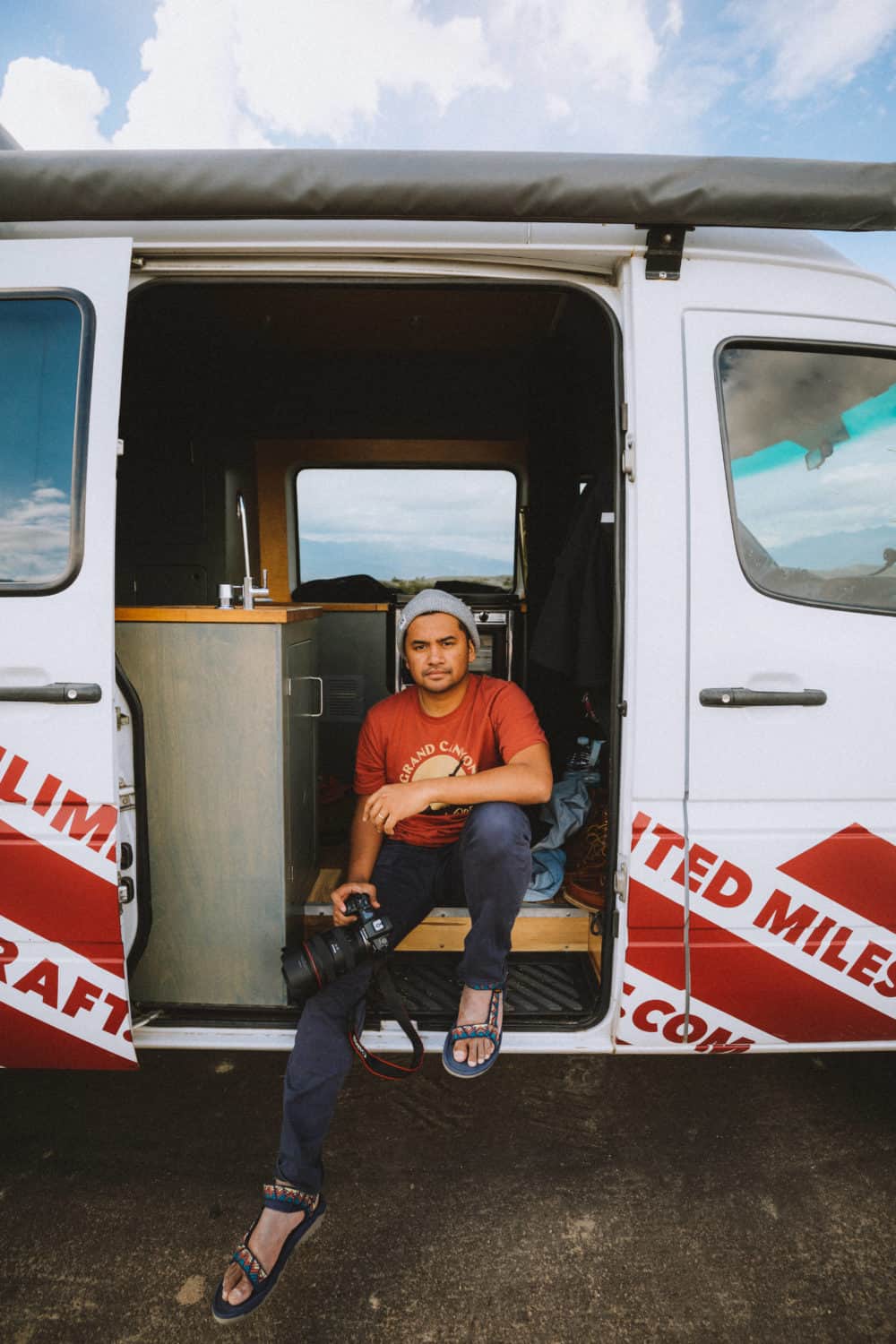
FAQ’s About Dispersed Camping
Here are some frequently asked questions about camping for free in the United States.
Can I Bring My Dog To Go Backcountry Camping?
Have some furry friends and want to bring them camping with you? Great! Once you’ve determined that your free campsite allows dogs, here are some basic supplies to bring:
- Water and food bowls
- Dog food
- Collar and a short leash
- A cable and stake, to secure your dog if necessary
- Poop bags to clean up after your pet
Note: We don’t have pets ourselves, so we aren’t experts on this topic. We encourage you to find pet-friendly blogs for more information on this topic!
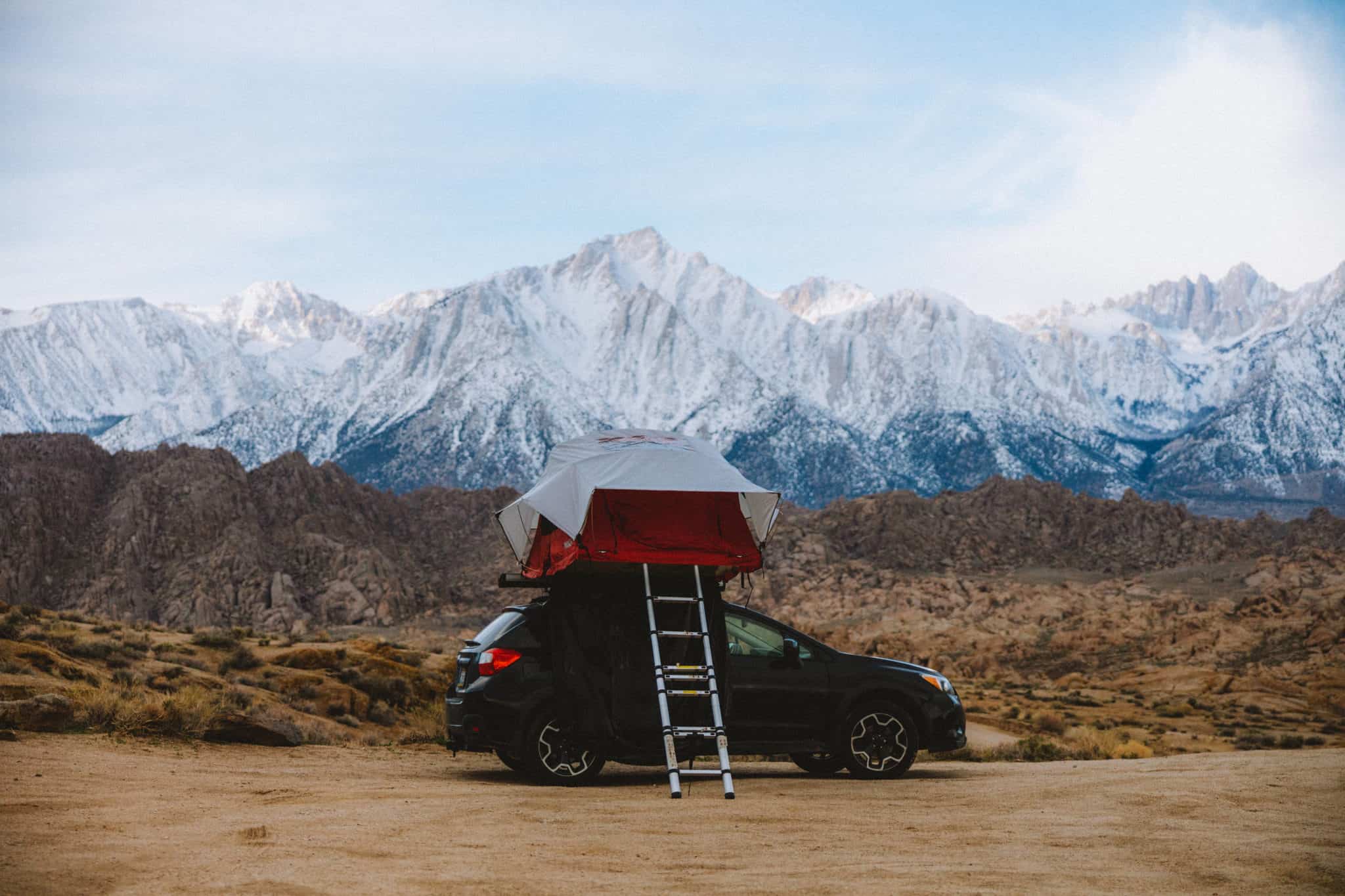
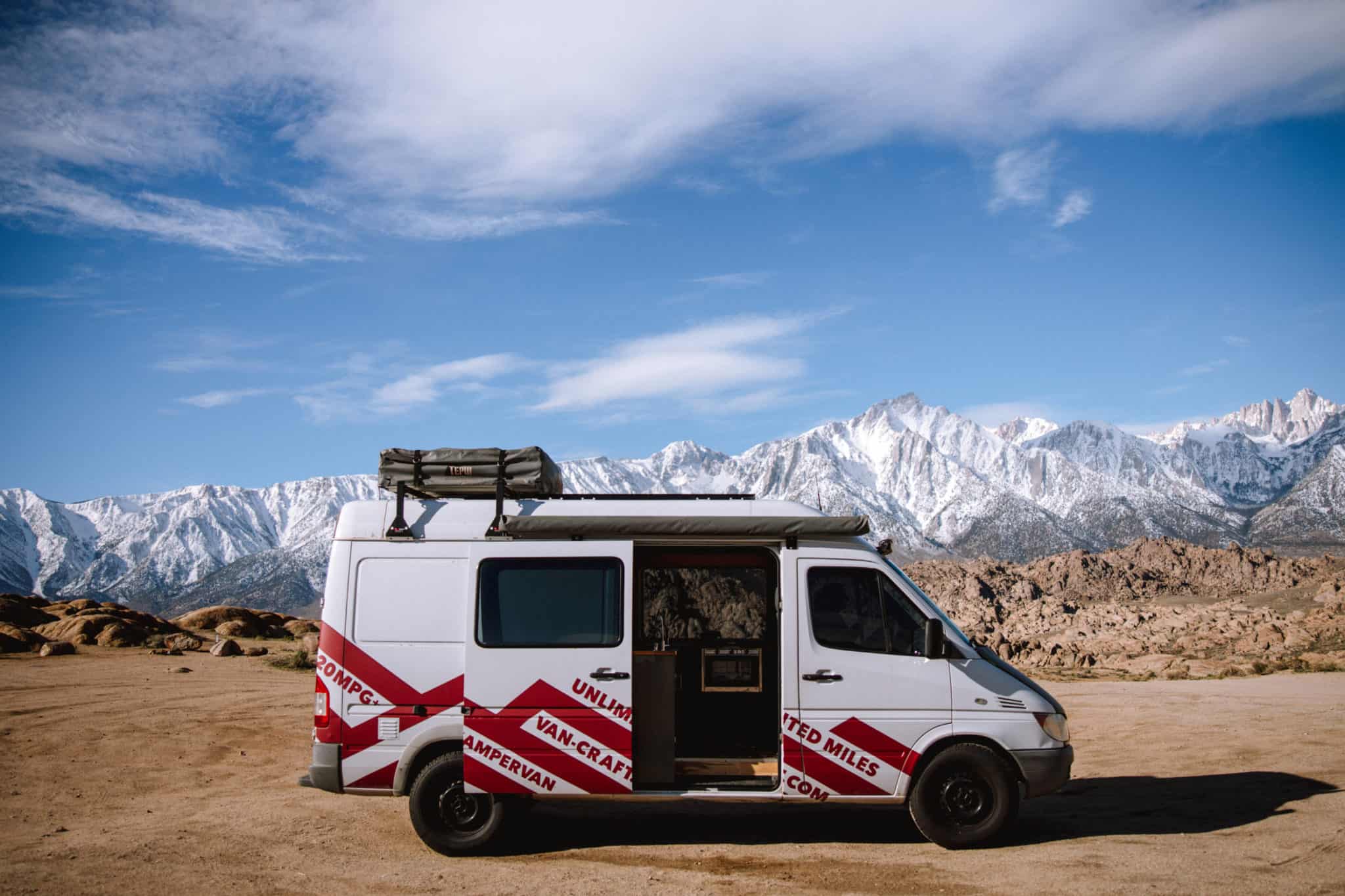
What Are My Options For Sleeping?
The options for sleeping are endless and 100% up to you! Here are a few we can think of that might make sense for your next road trip:
- Under the stars. Grab your sleeping pad and coziest hat, and snuggle up in your sleeping bag with a perfect view of the night sky.
- In a pop-up tent. There are lots of options to sleep in a tent, and they don’t all include on the ground. Tepui Tents makes pop-up, semi-permanent tents that fit on the top of any car!
- In a regular tent. You can’t go wrong with pitching a simple tent to sleep in. Make sure to set it up on flat ground for a comfortable sleep.
- Sleeping in your car. If the weather is not on your side, you can always try and sleep in the protection of your car. Here’s our guide to everything you need to know about sleeping in your car!
- Spending the night in an RV. Find a free campsite that suits your recreational vehicle.
How Can I Go To The Bathroom While Camping In The Backcountry?
When camping for free, you’ve got to get creative when nature calls.
For #1 (peeing), Leave No Trace principles recommend peeing directly into a large body of water. However, they don’t recommend peeing in small bodies of water because it won’t properly dilute.
If you are up in the mountains, try peeing on rocks to deter animals like mountain goats from digging up the area.
For #2 (pooping), it’s necessary to have a trowel to bury your business. No shovel? No problem. Use a nearby rock or push dirt back into place with your foot.
For all bathroom visits, make sure you are at least 200 feet from any water source.
Read REI’s complete guide to going to the bathroom in the outdoors to learn how to leave as little of an impact as possible.
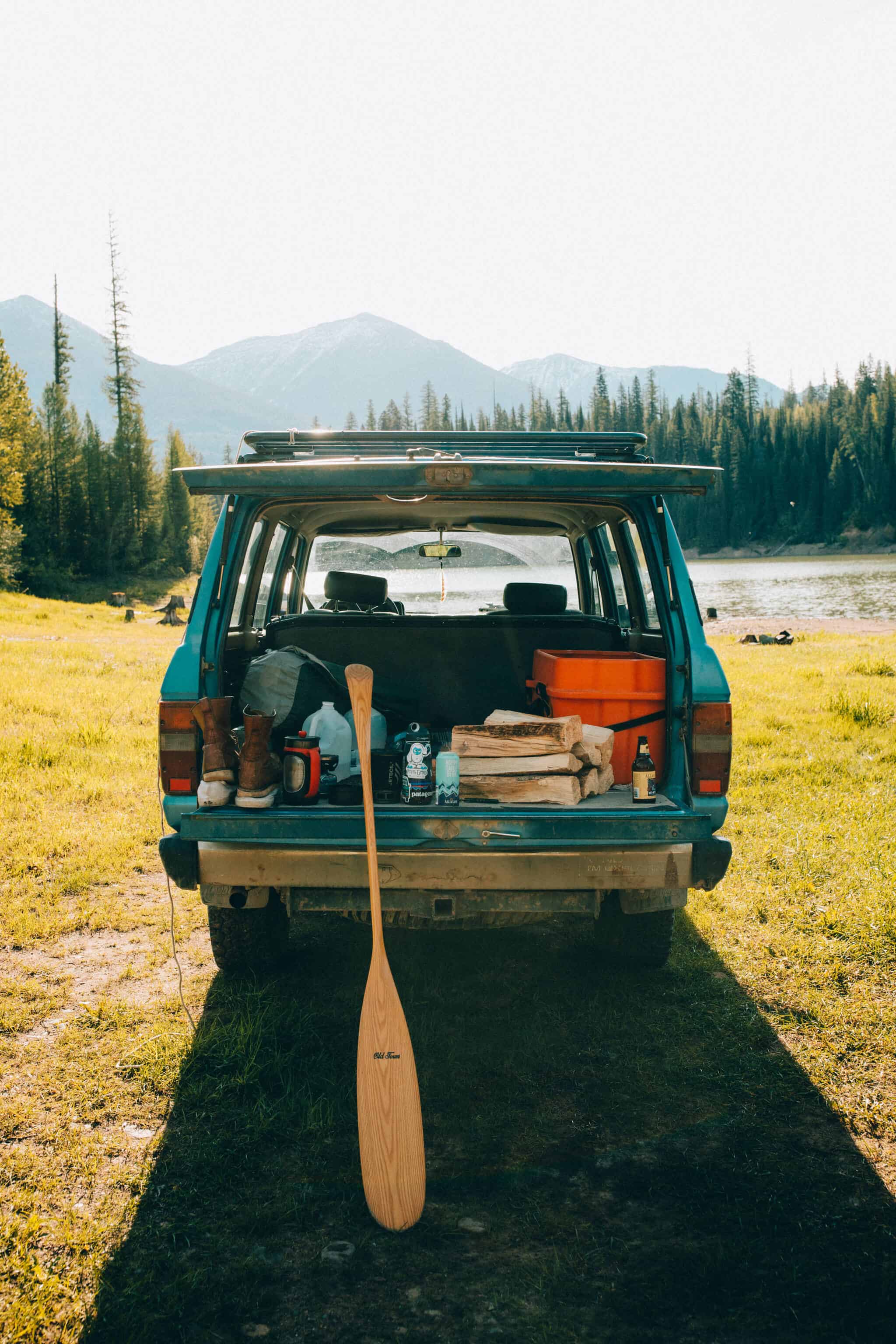
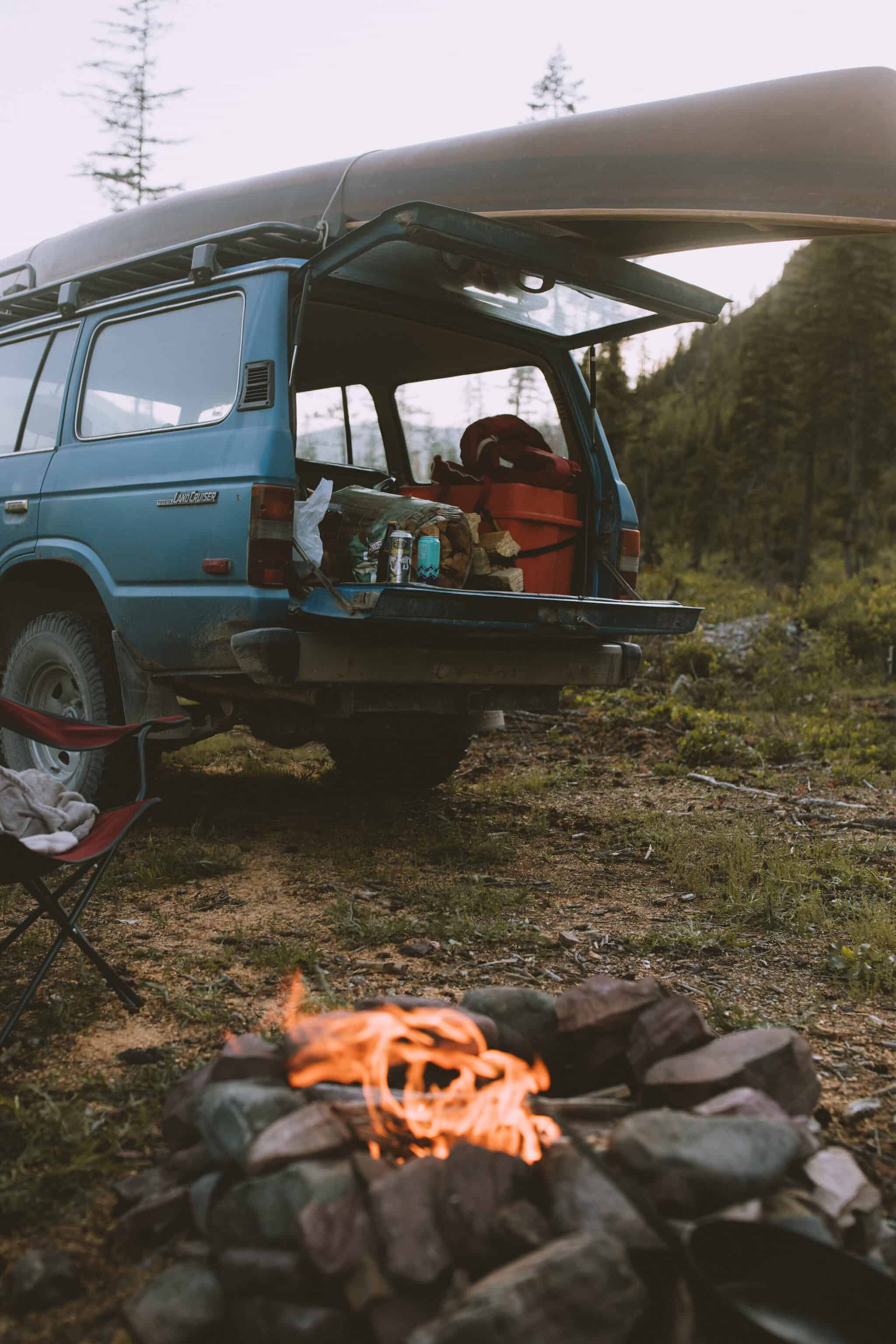
How Can I Determine If A Free Campsite Is RV Friendly?
In general, free RV campsites are located on smoother, flatter roads, but that’s completely dependent on your rig and how adventurous you want to be.
Many large recreational vehicles can’t always make it through those bumpy backcountry roads, so it’s important to know your vehicle’s limitations and what you’re comfortable with before heading out to look for a site.
When free camping with a recreational vehicle, be cautious. We recommend finding reviews online or going first with a smaller car to test out the road before committing your huge rig down a path you can’t complete.
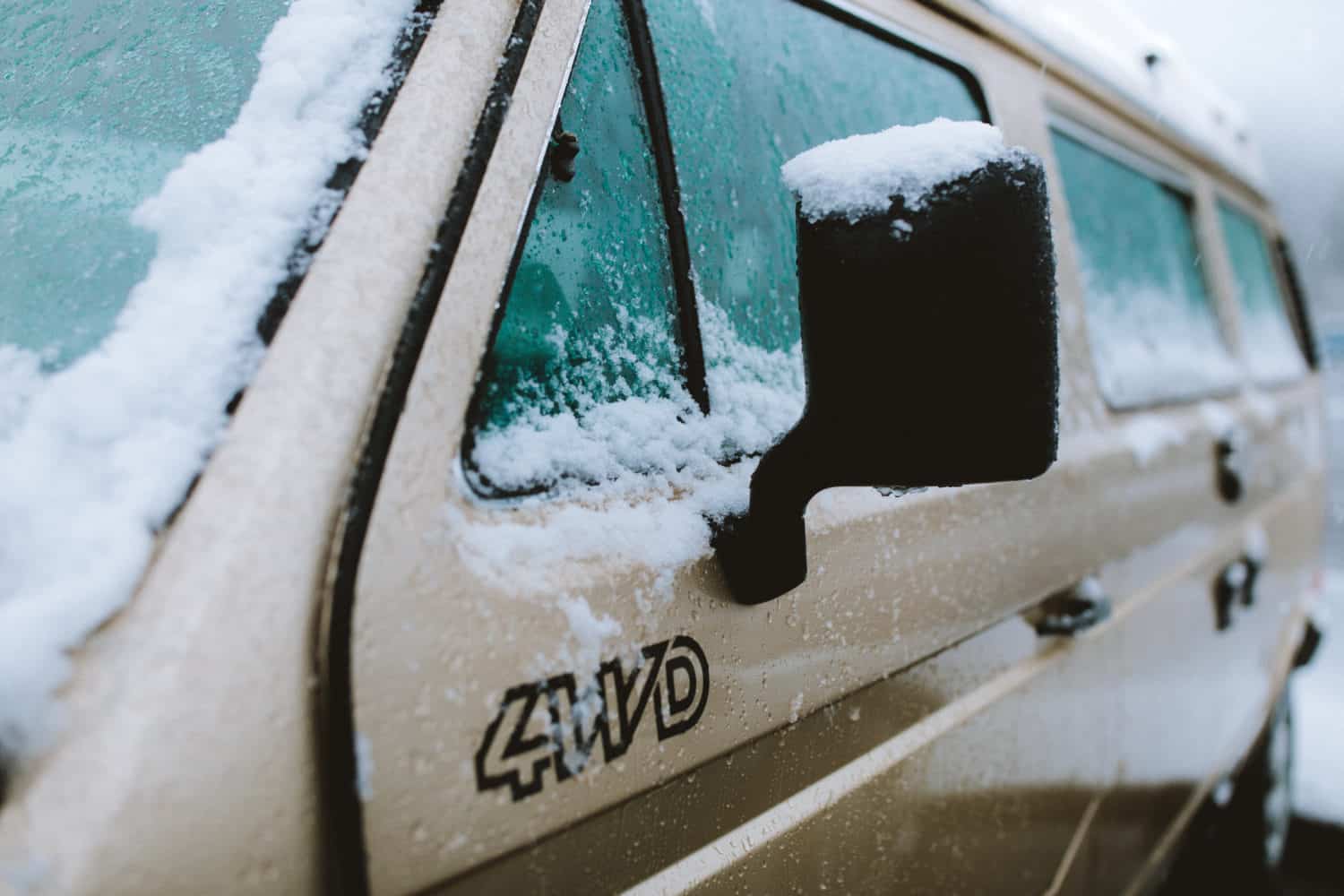
What If I Want To Go Backcountry Camping In The Winter Season?
If you are looking to find free camping in the US during the winter months (November – March), you’ll need to be prepared.
Heat will be the most essential aspect to consider. Make sure you have enough gas in your car, propane for heating food, or wood for making a fire.
Pack enough warm clothes. This means bringing multiple layers of clothes, including a base layer, mid-layer, and outer layer.
Check the weather to see what temperatures you can expect during your trip. Know if it will drop below freezing, and determine if your campsite is safe from hazards like harsh wind or avalanches.
Click here to read our 12 essentials winter emergency items for cars, and what you should be packing for those cold trips.
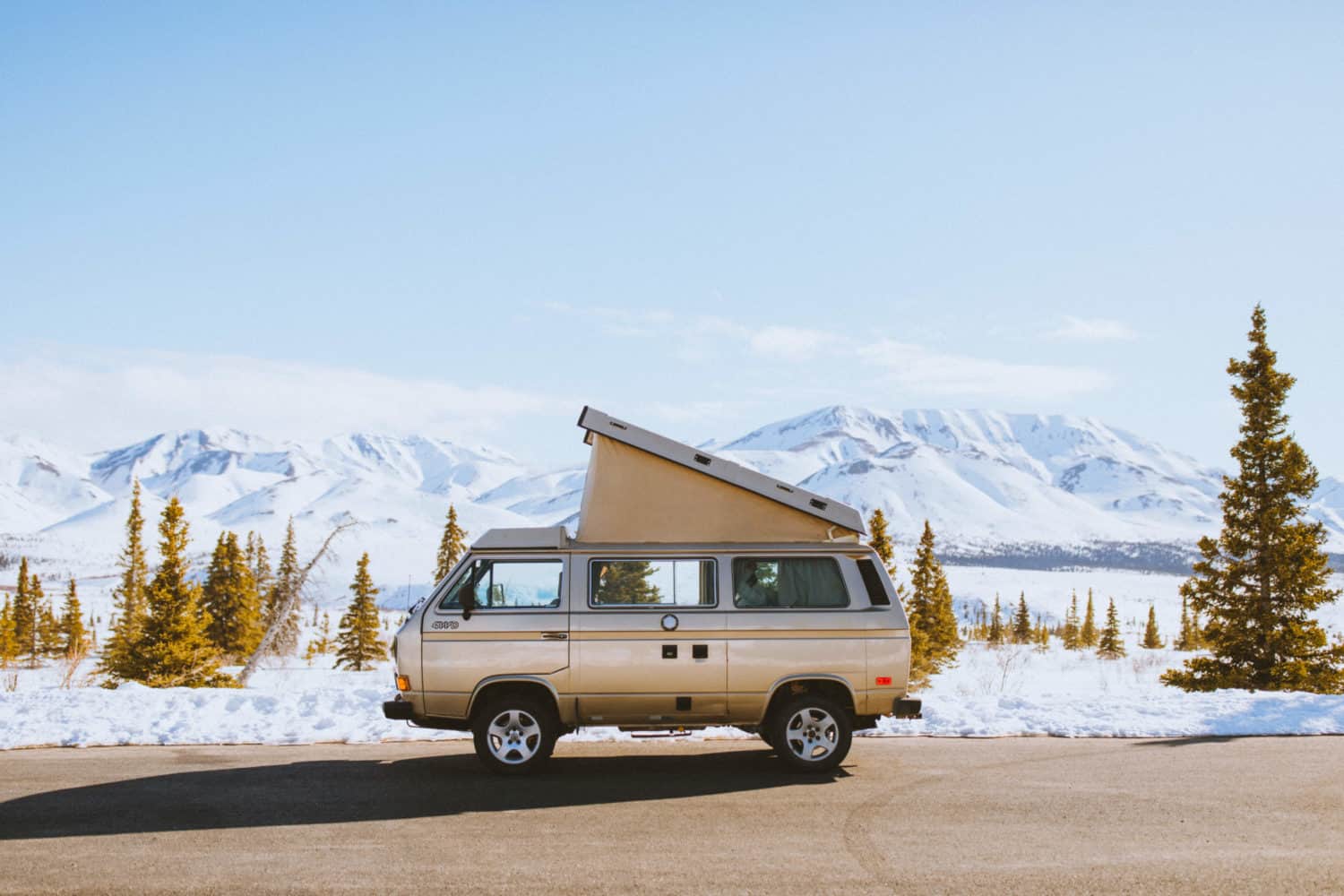
Can I Go Camping In A Parking Lot?
It depends on the parking lot. Do you still have questions about camping in a metro area? Click here to scroll back up to our section on different places to crash in a city.
Most often in recreational areas, overnight camping is NOT allowed in parking lots, trailheads, picnic areas, and day-use sites.
Look out for “no overnight camping” or “no overnight parking” signs, and if you’re still unsure, call a ranger to get some clarification for your area.
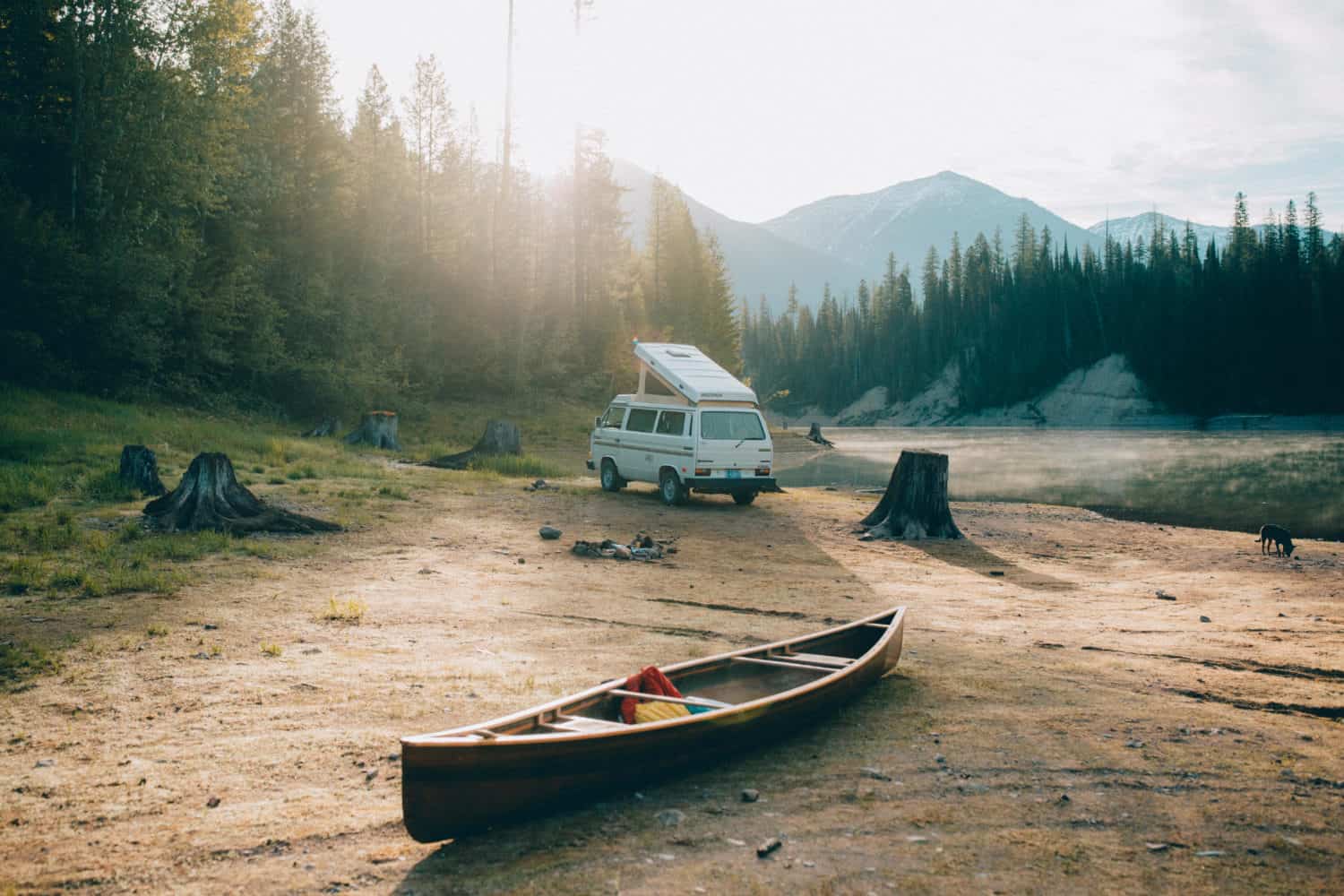
It’s On BLM Land So It’s Free To Use, Right?
Not exactly. Each state and each separate piece of land have its own rules and regulations. It’s always a smart idea to call ahead to the rangers and find the appropriate areas for dispersed camping.
We also suggest checking out the app U.S. Public Lands, which helps determine who owns areas of the US and what the area is used for. This can help when researching places to camp in the wilderness. The app is $2.99 in the iTunes store.
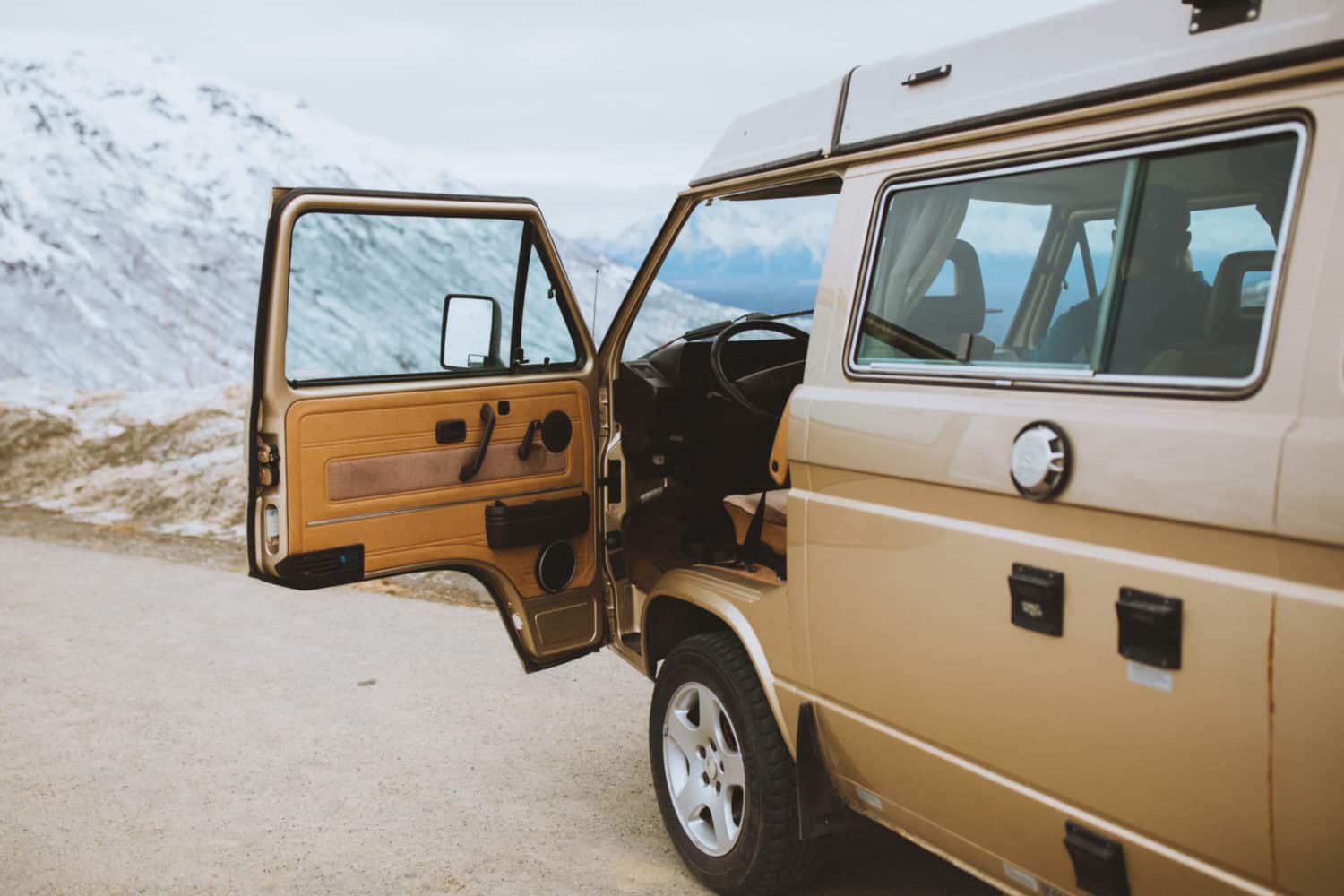
How Long Can I Go Camping For Free?
In most free camping spots in the USA, the maximum stay in one location is 14 days.
After those initial two weeks, you will have to move your campsite 5-25 miles away from your previous spot. Some free campsites have slightly different rules, so make sure to determine how long you can stay in your specific area.
Do you feel equipped to take on your next dispersed camping adventure? What was the most helpful piece of advice in this post? Let us know on Instagram by tagging us with #themandagies at your next campsite!
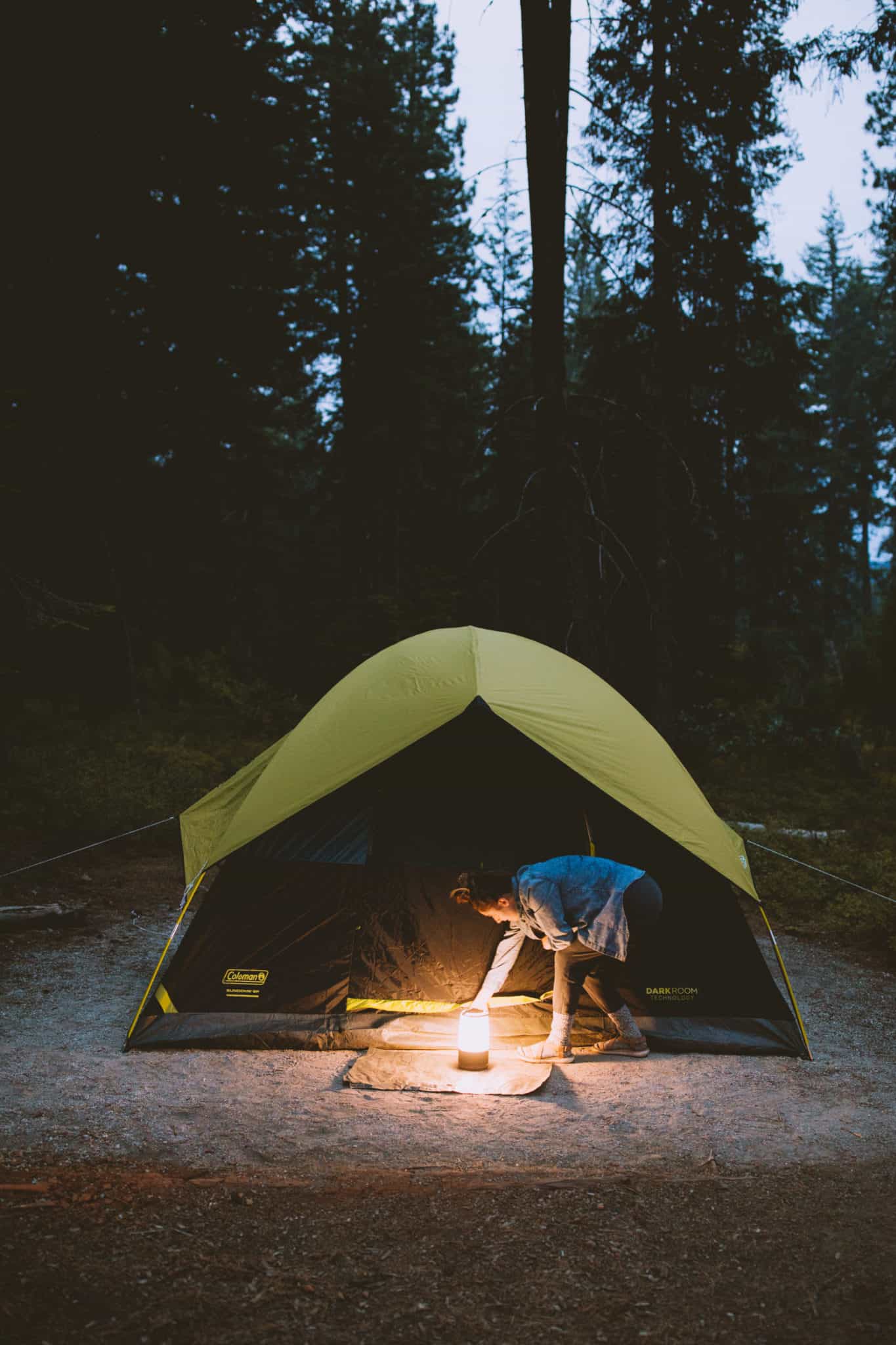
Finding the Right Camping Spot Is Just The Beginning…
There are so many other aspects of camping that make it successful and fun! Here are some additional camping resources to check out to make your next outdoor trip the best one yet:
25 Oregon Coast Campgrounds To Book ASAP: These are popular places to stay on your Oregon Coast road trip!
Quick and Easy Camping Meals To Make On The Road: Cheap meals that won’t break the bank.
The Complete Guide To Car Camping: How to comfortably and safely sleep in your car.
The Pacific Northwest Camping Guide: PNW Campsite suggestions and regional tips.
How To Go Camping In The Rain: Tips on staying safe and dry outside.
Beach Camping In Washington State: Take your campsite to the coast!
Love these ideas? Save them to Pinterest and start collecting more inspiration for your next free camping trip!
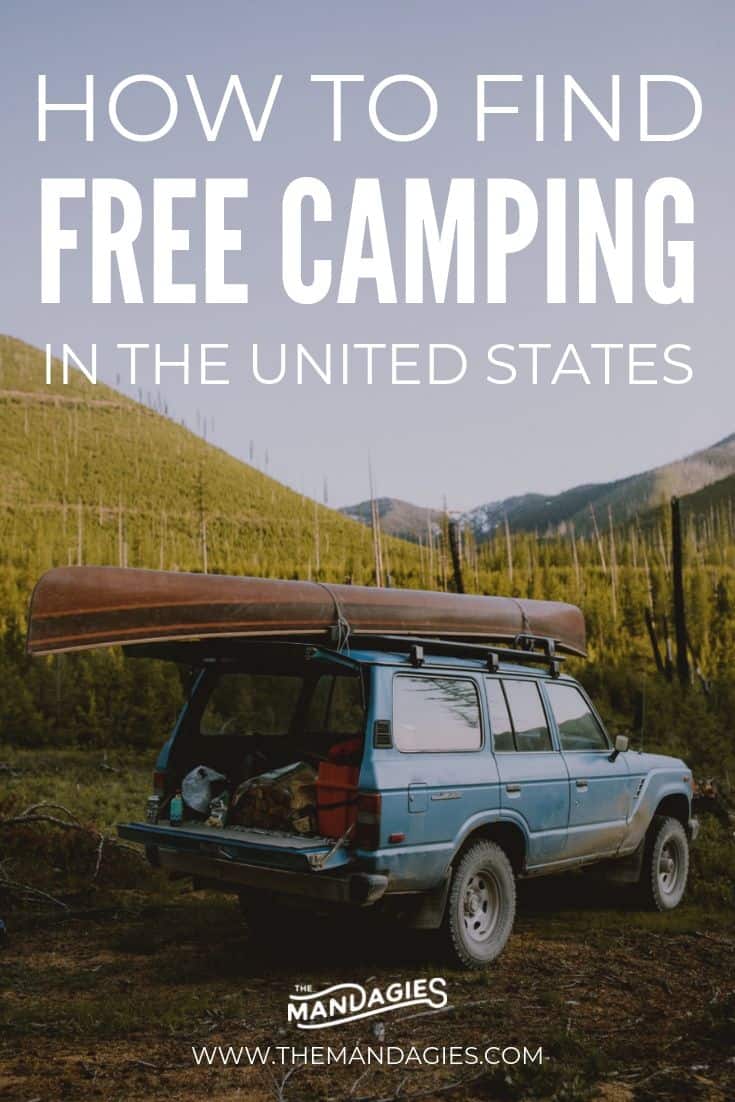
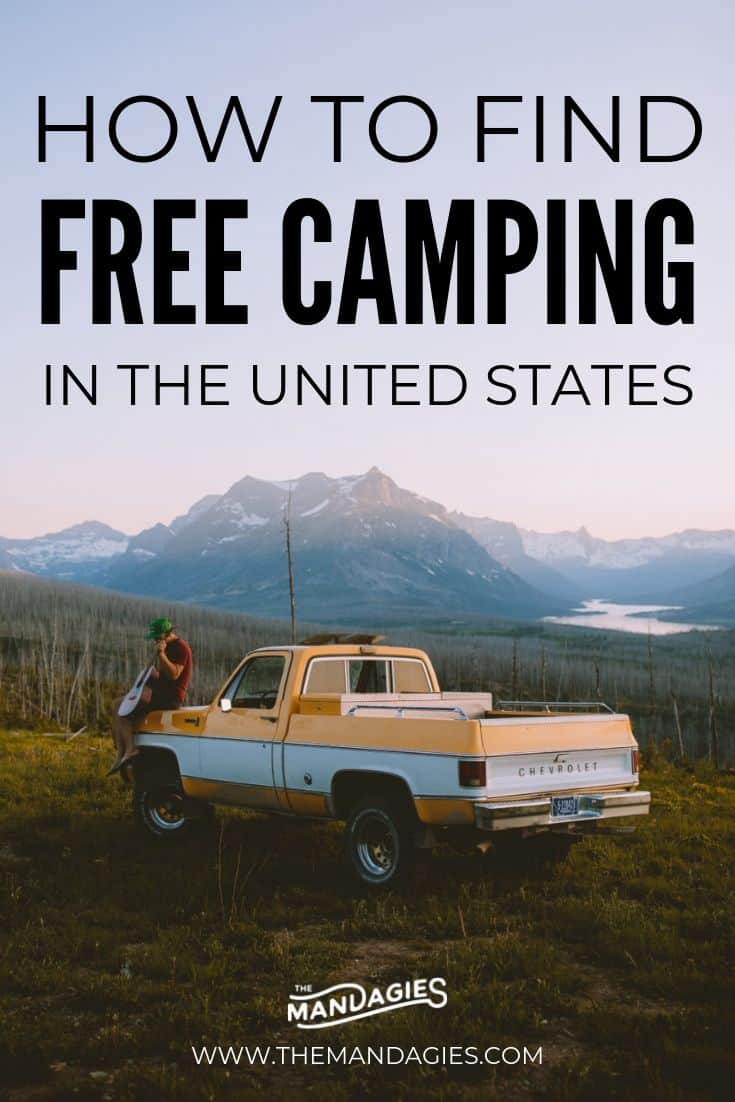
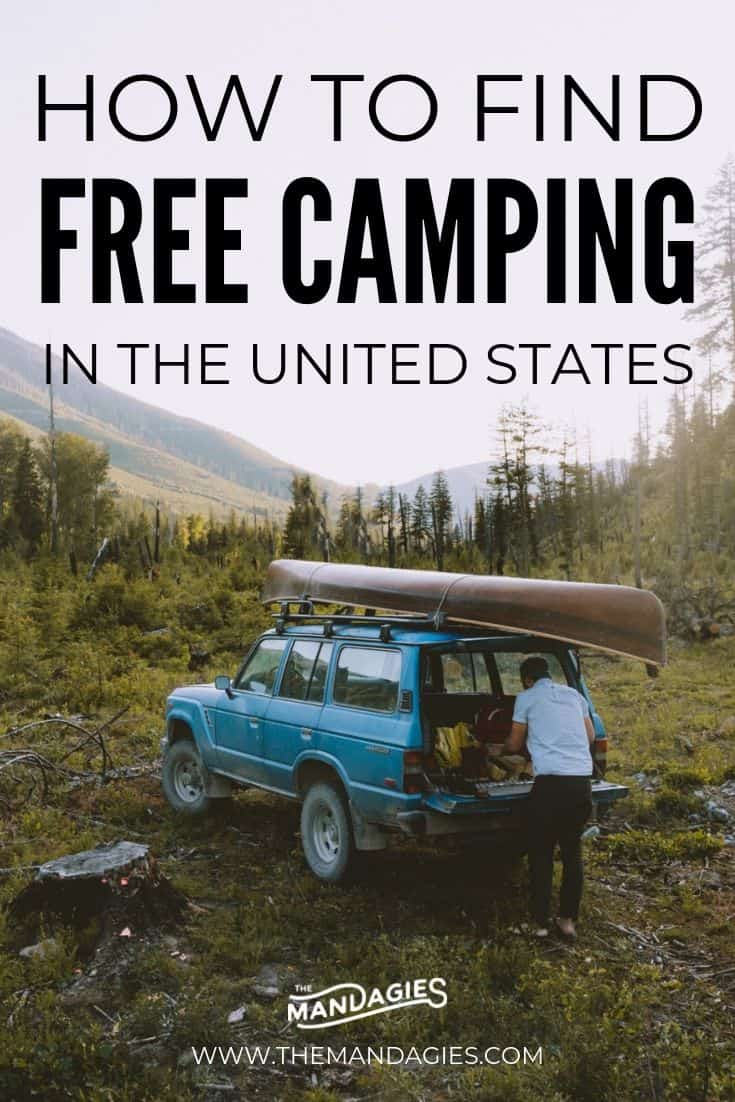
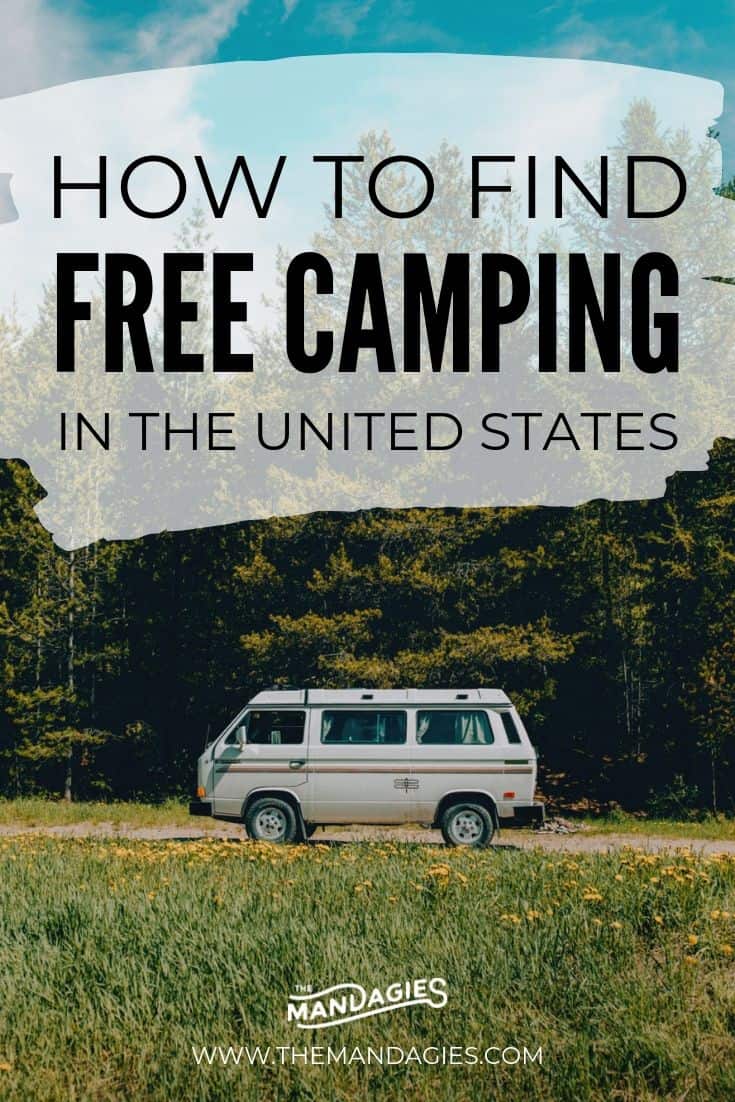
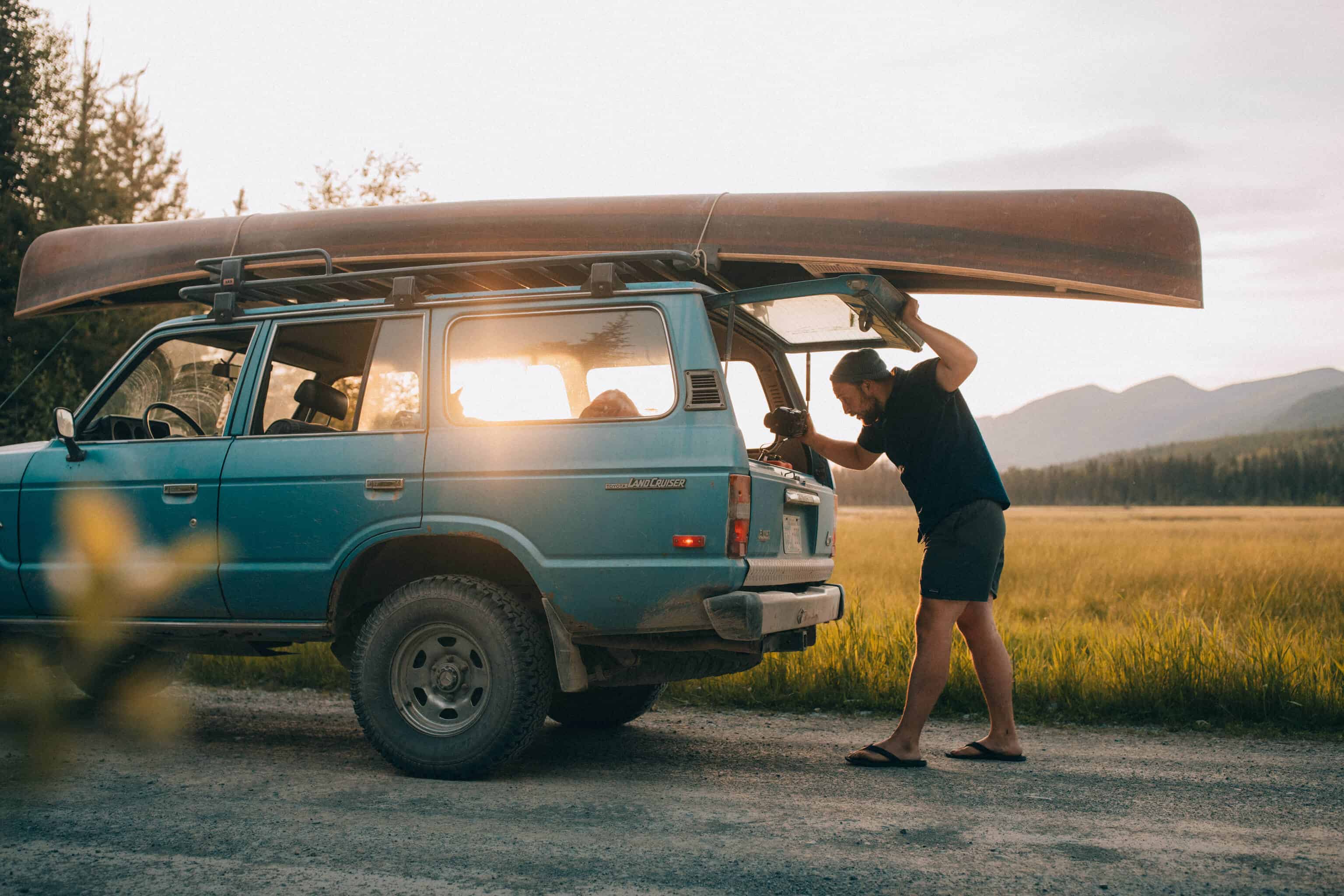
Hey, Emily and Berty. Lots of great information as usual! Thanks! Did you see that Garmin has come out with a new GPS device for overlanders? It has the iOverland DB built in. And it has an “off road” mode that allows you to upload (or download) GPX files so you can plot your route to a campsite. Though I suspect that those searching for a free campsite may understandably be turned off by the price – $700.
Also, I would encourage you to make a big deal about two things for people who plan to use dispersed camping areas. The first and most important in the western US is knowing the fire restrictions. As you all know, we have had some difficult forest fire seasons in the West the past few years and all indications are that it is not going to get better. A wet winter as we have had this year will lead to an abundance of new undergrowth which if followed by a dry winter/summer turns to kindling. I know in Oregon and Colorado where we spend a lot of time, most National Forest and BLM land is under fire restrictions in July and August and sometimes September.
The other sad thing I have seen with dispersed camping areas is trash. I don’t know if its the attitude that no one can see me so I’ll just leave it or whatever. Since there are no disignated trash cans, people just leave it. Everyone who is considering any sort of dispersed camping should follow a “Leave it Better Than You Found It” policy. And they all should carry trash bags or whatever. Pack it in, pack it out.
Thanks again for the good info! Maybe we’ll see you at some dispersed camping site some time. 😉
Dan and Ruthie Higgins
Hey Dan! Thanks so much for taking the time to write such a thoughtful comment!
Yes, I’ll look through the post and see if I can put more emphasis on fire safety and trash reduction. I absolutely agree and think these are important things to consider when camping for free. We all need to do our part and make sure we leave places better than we found them!